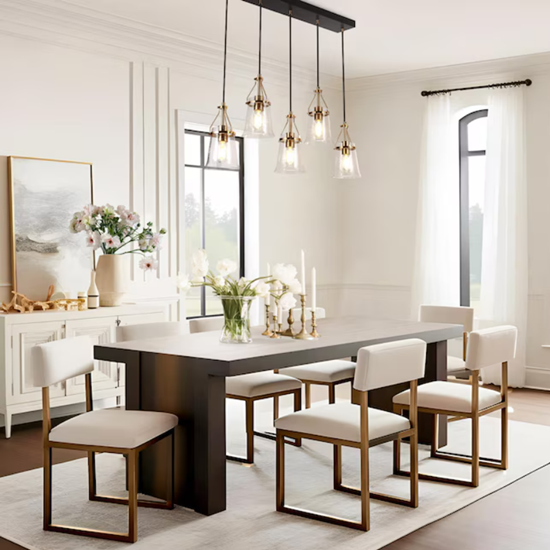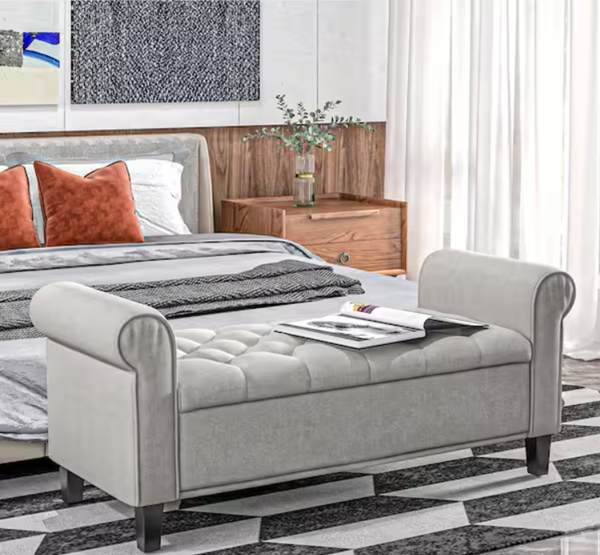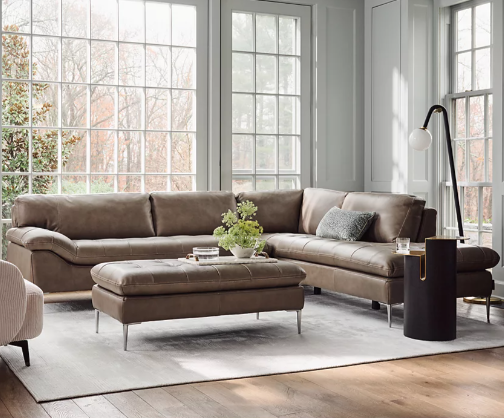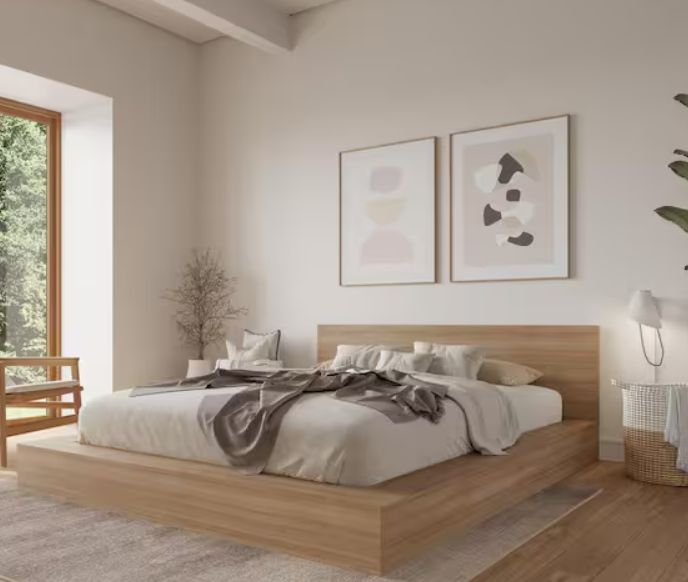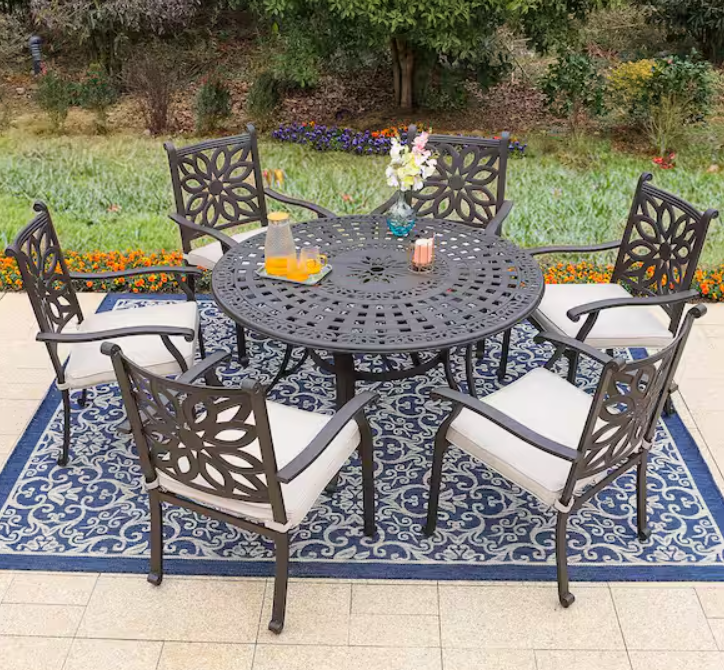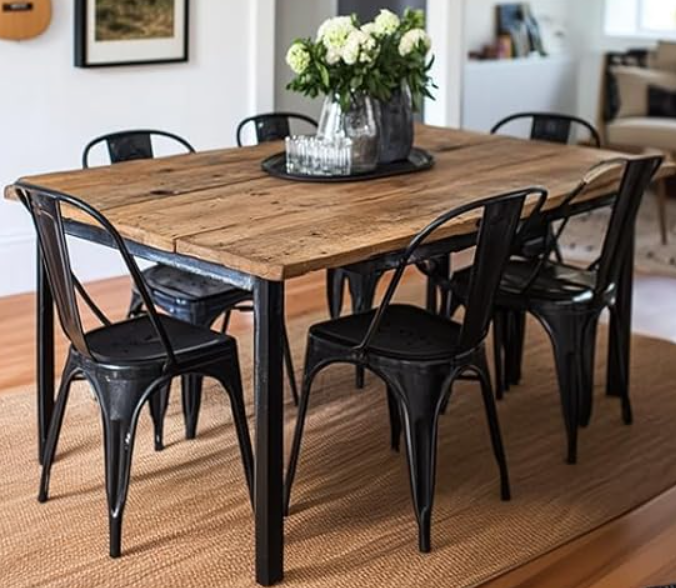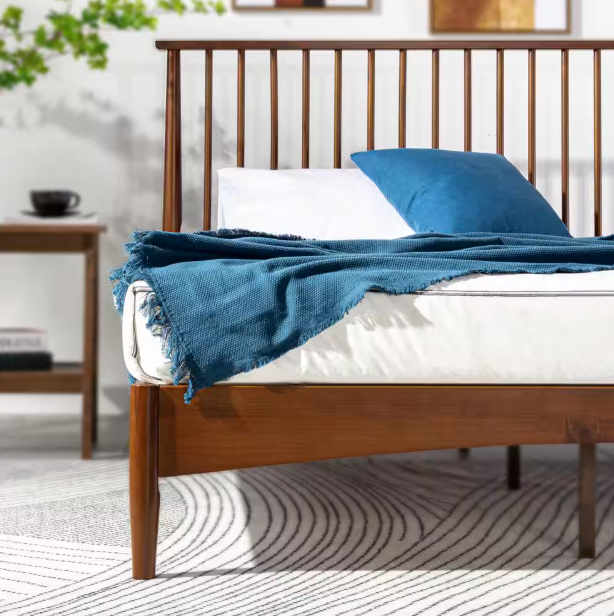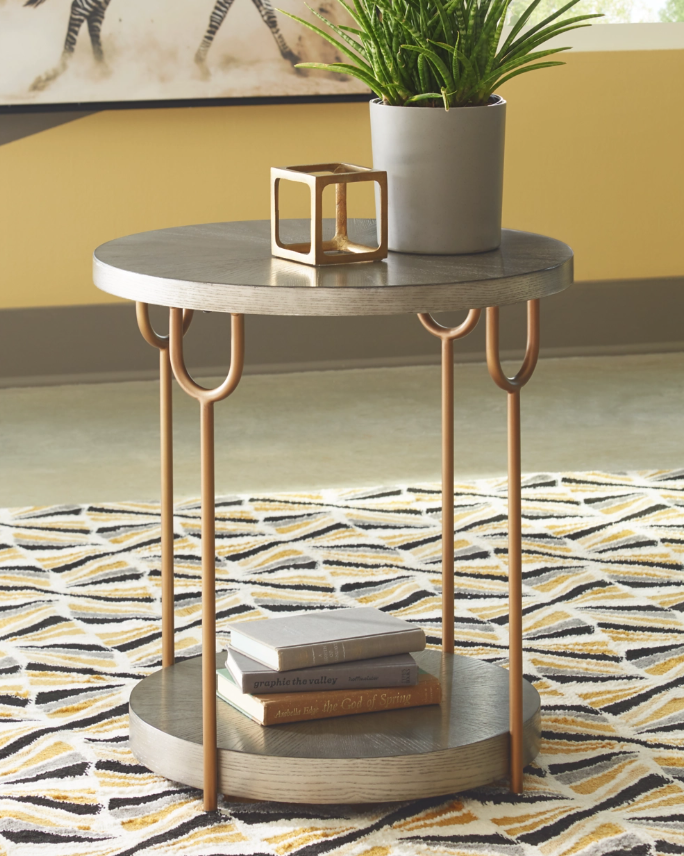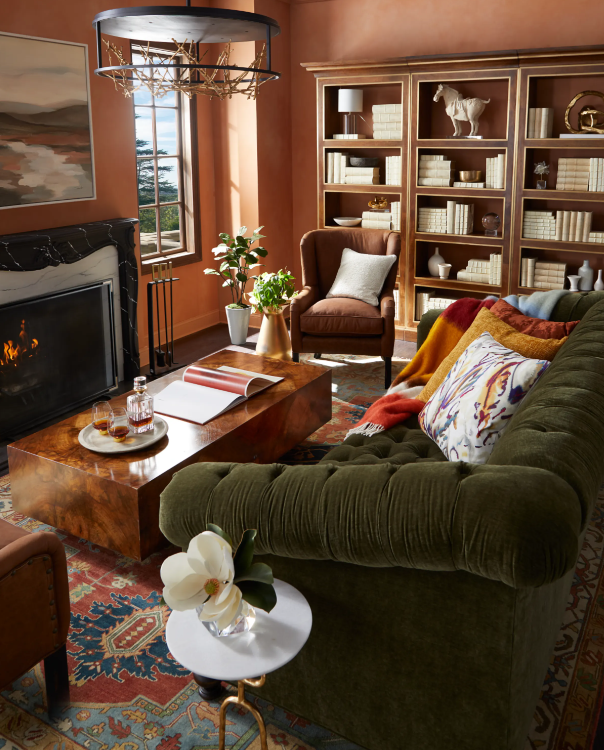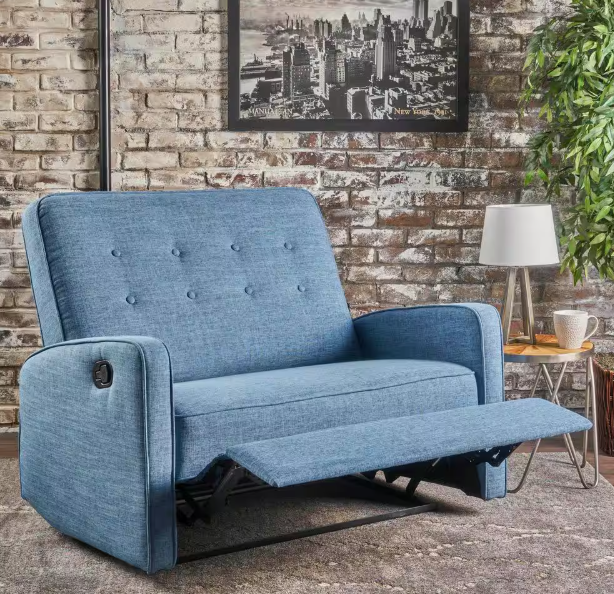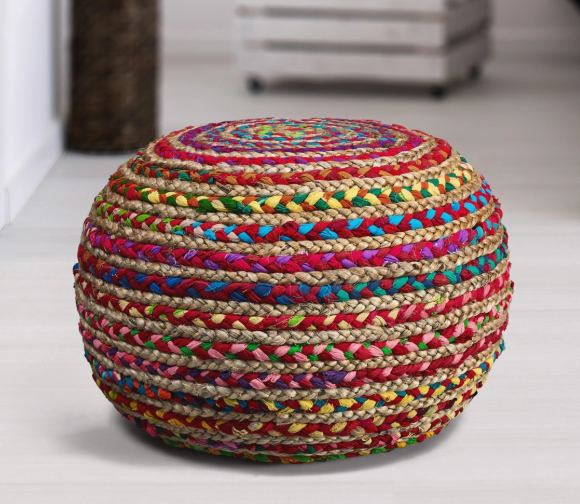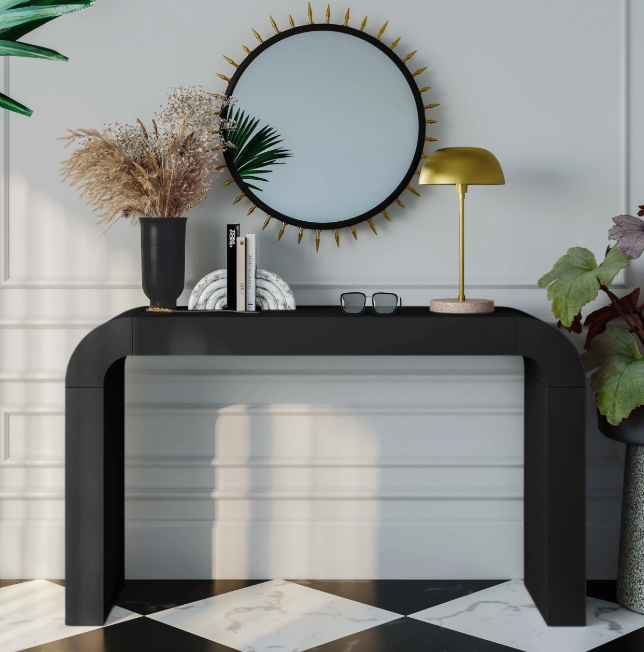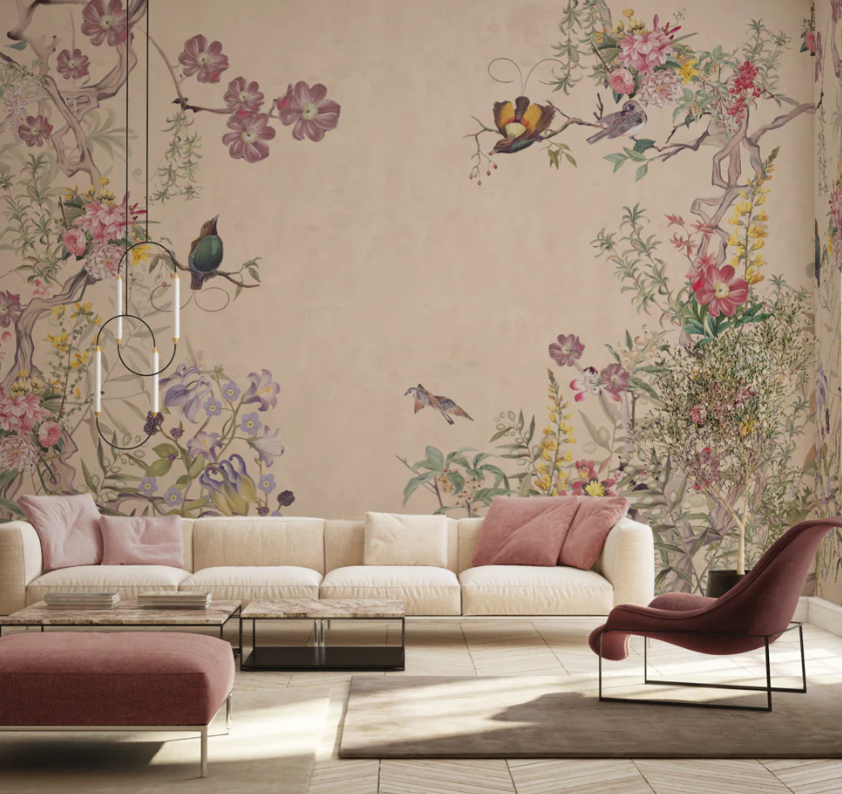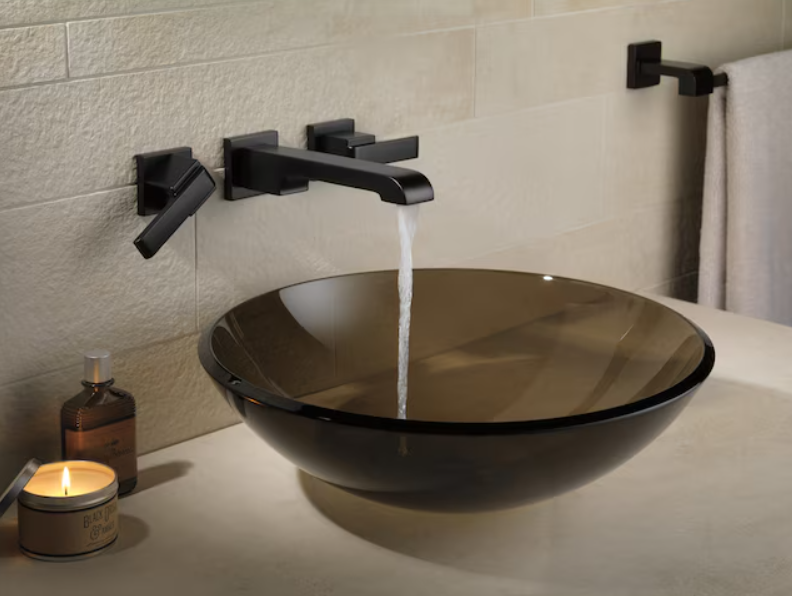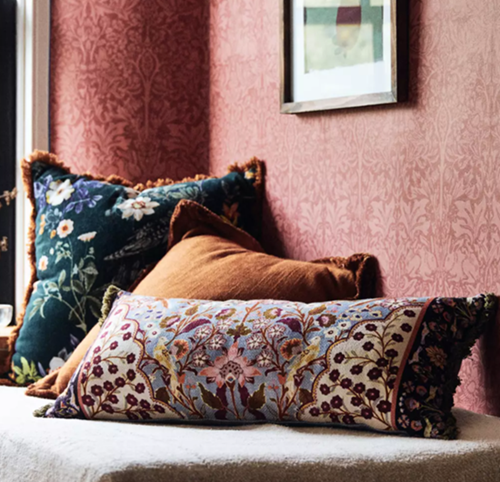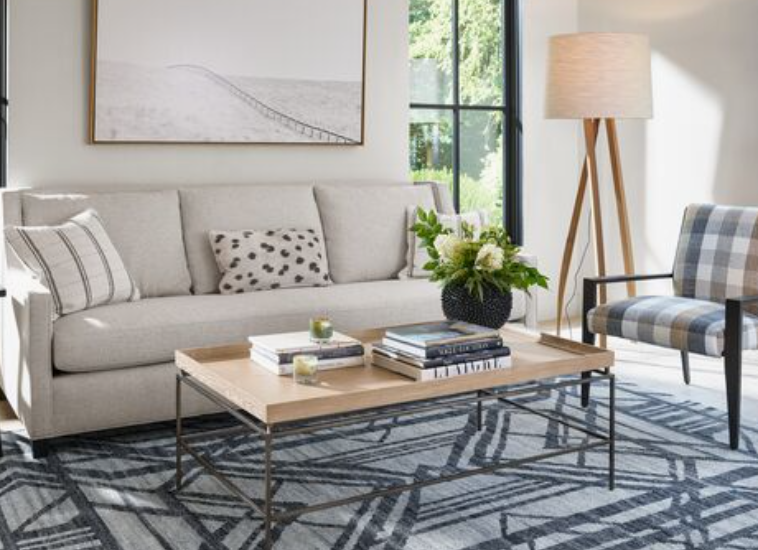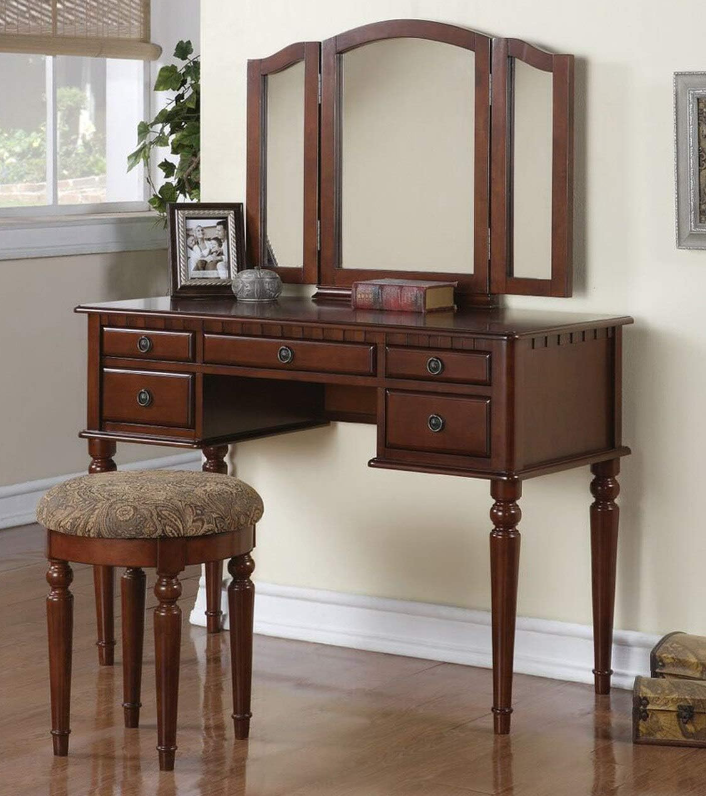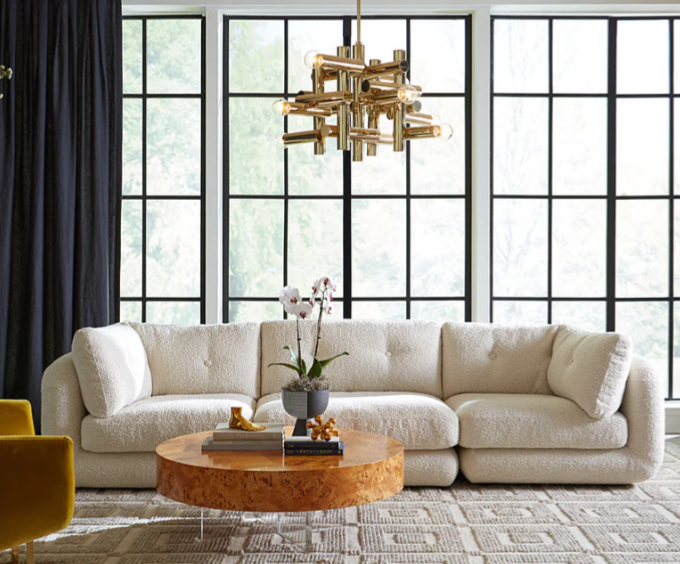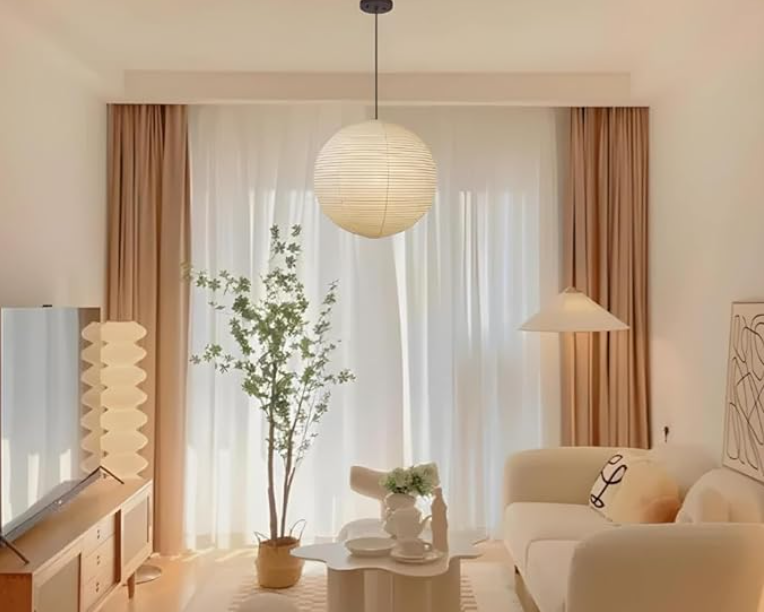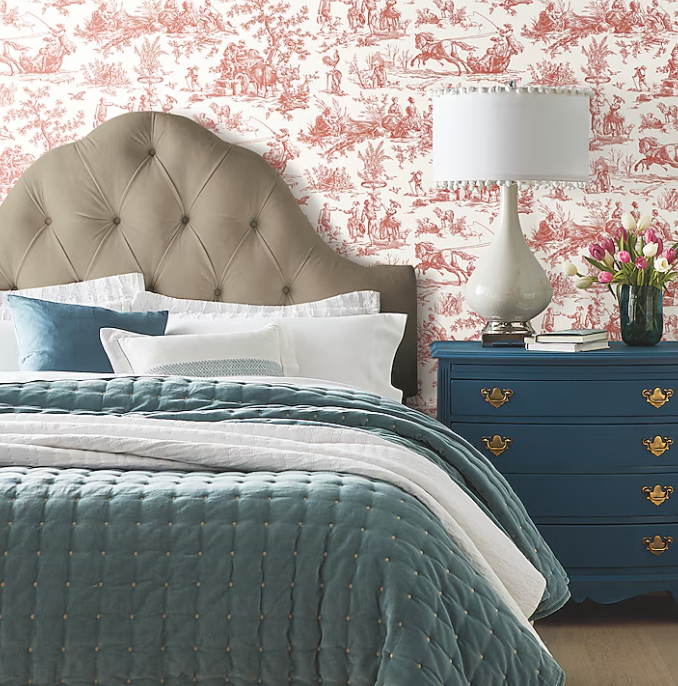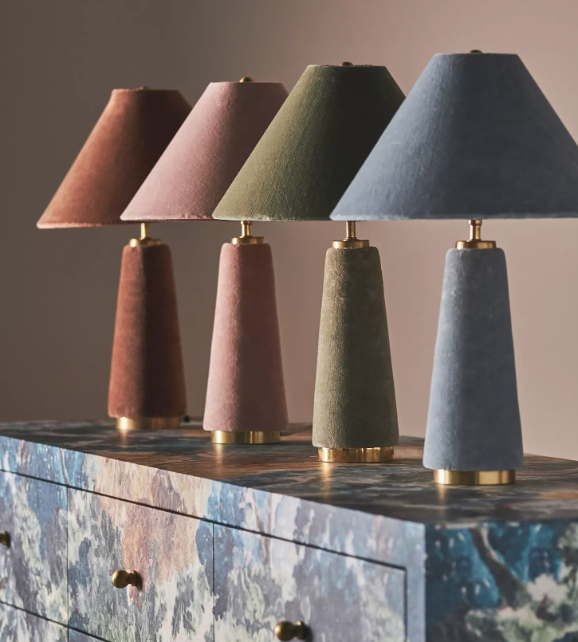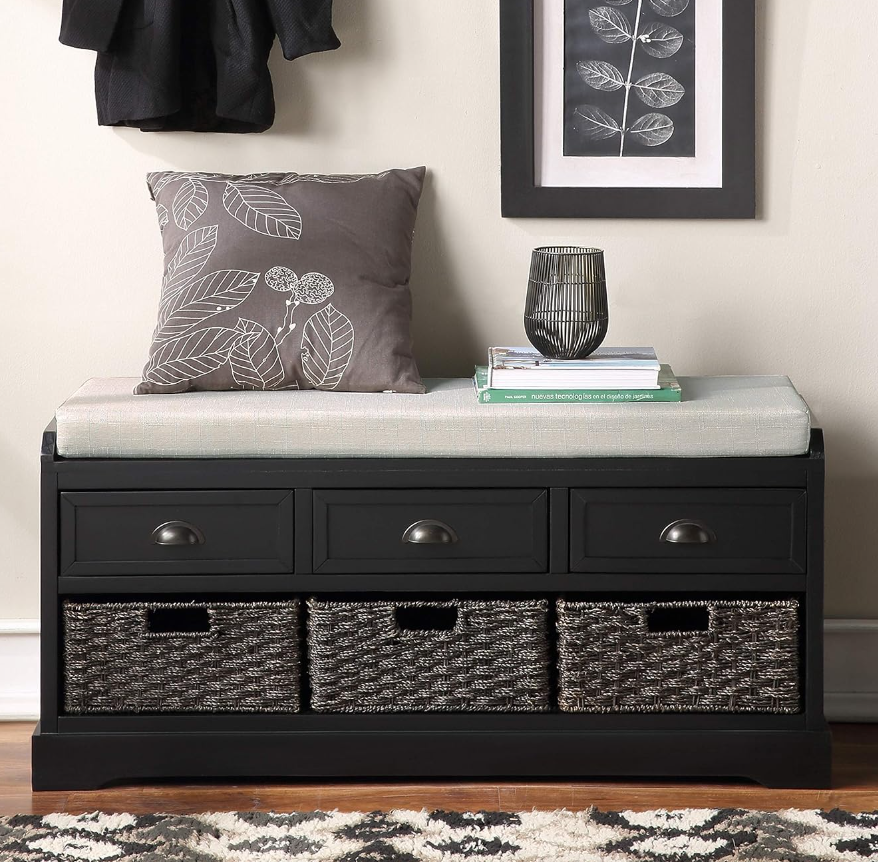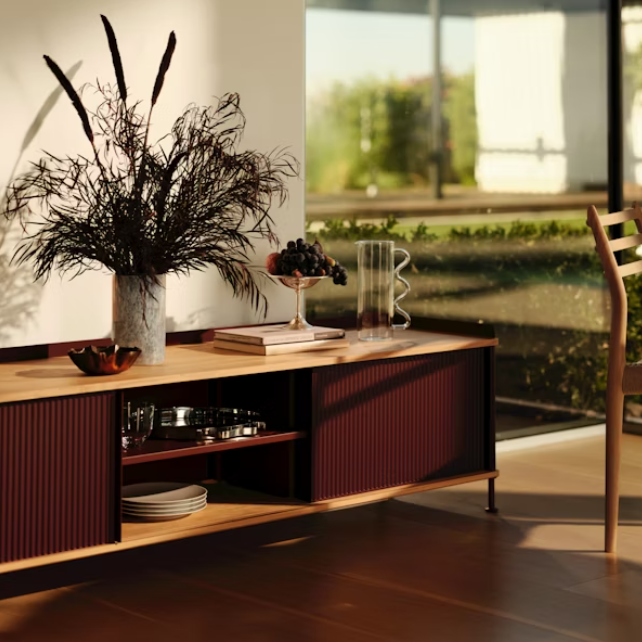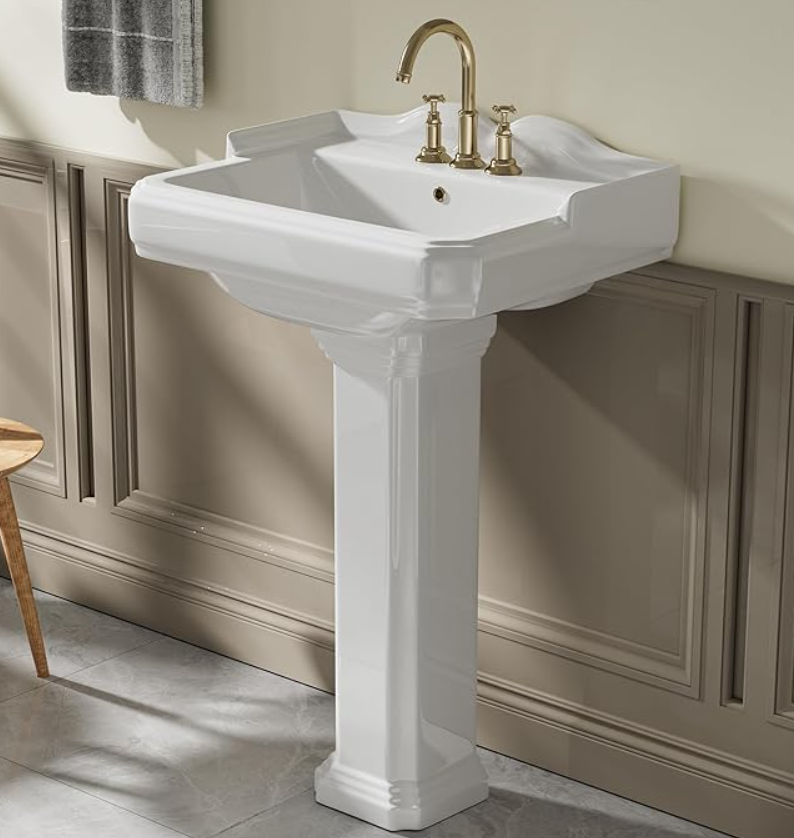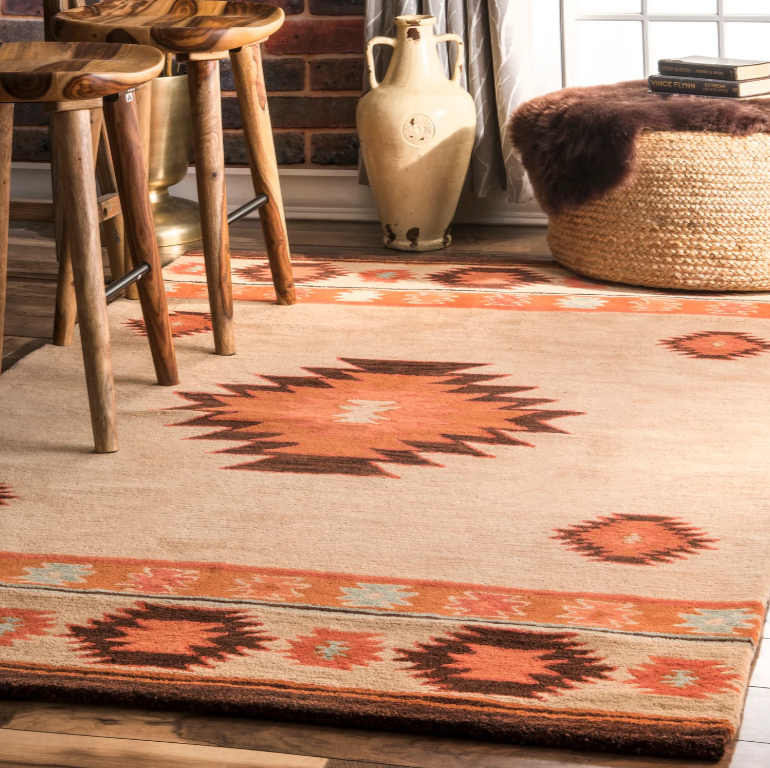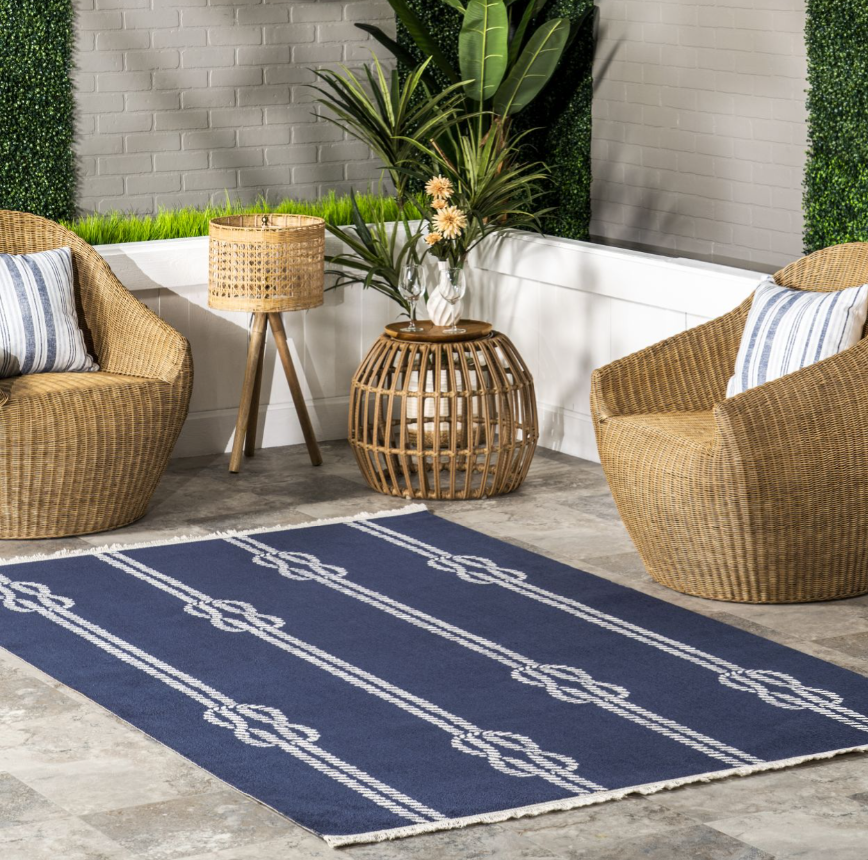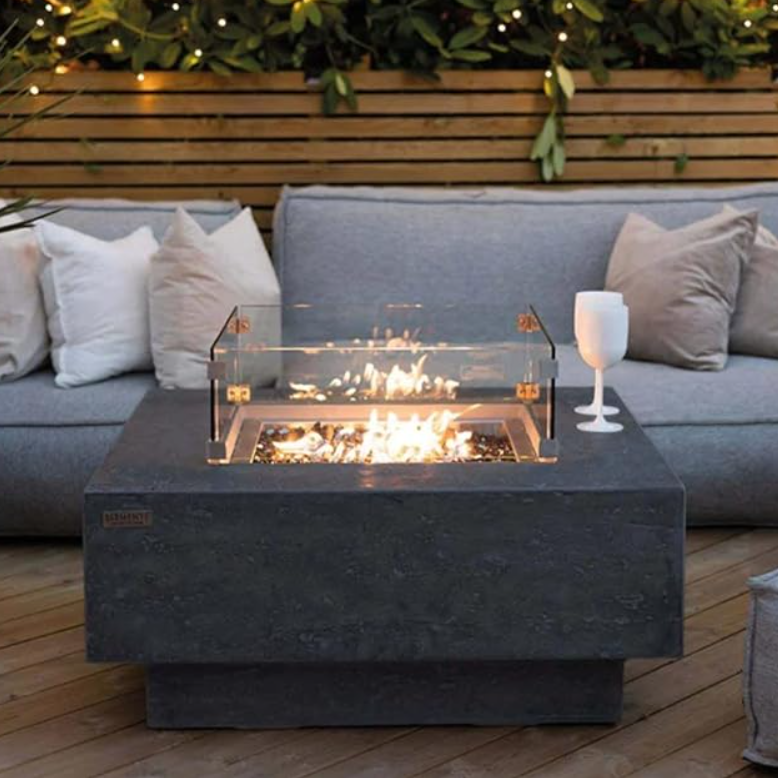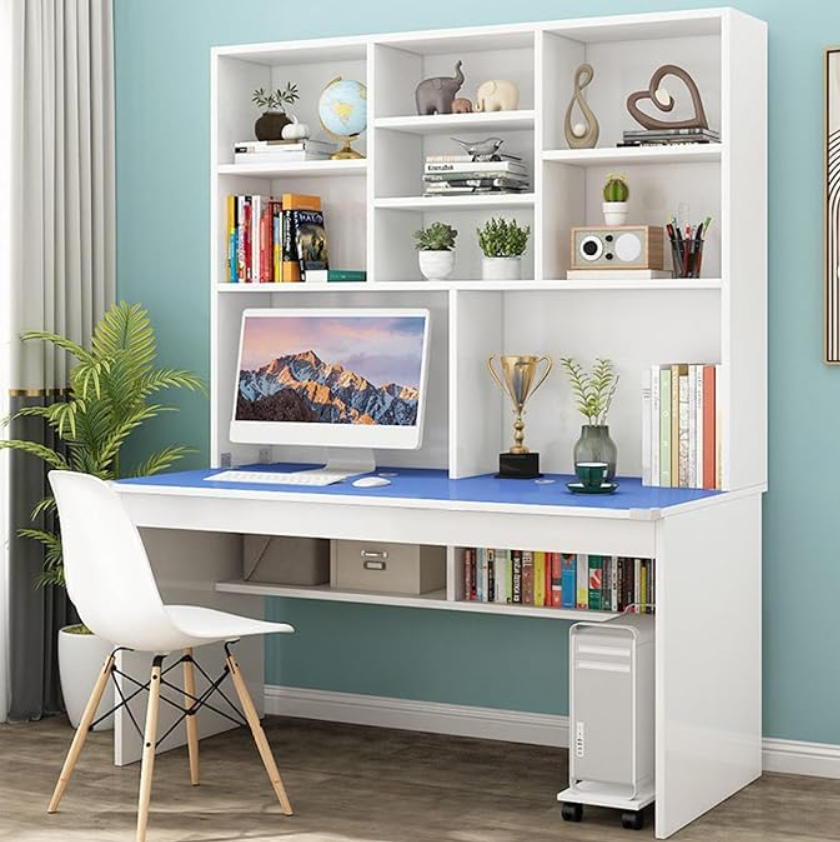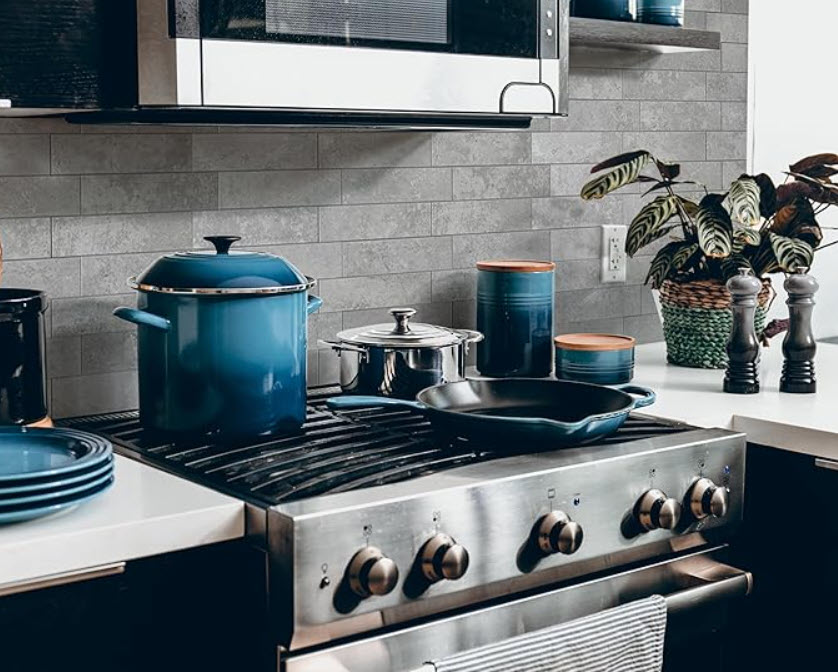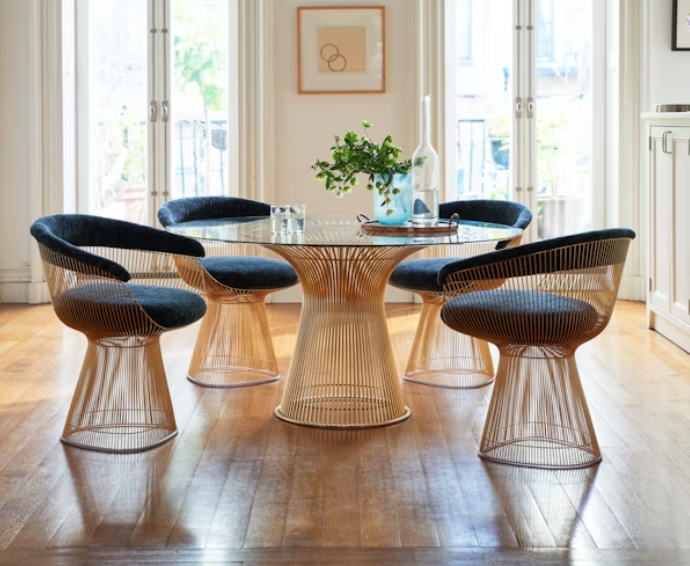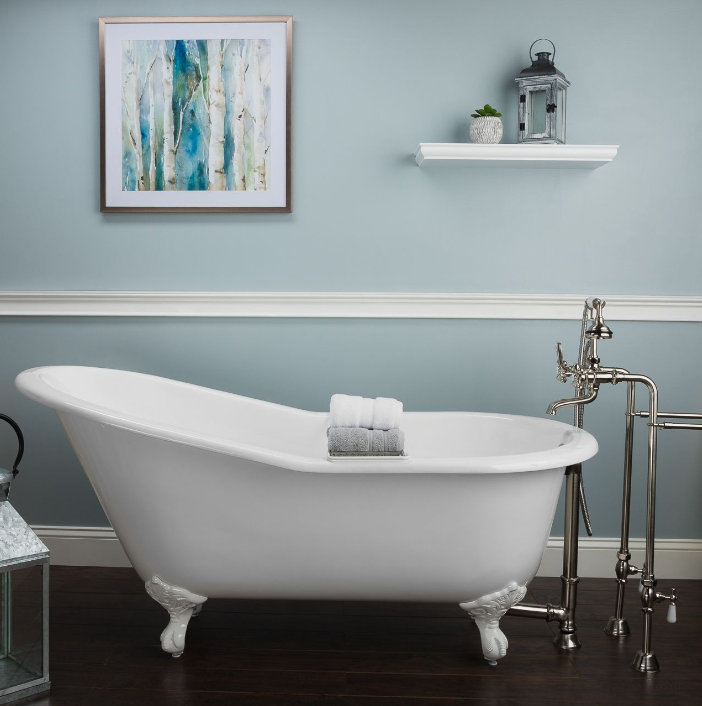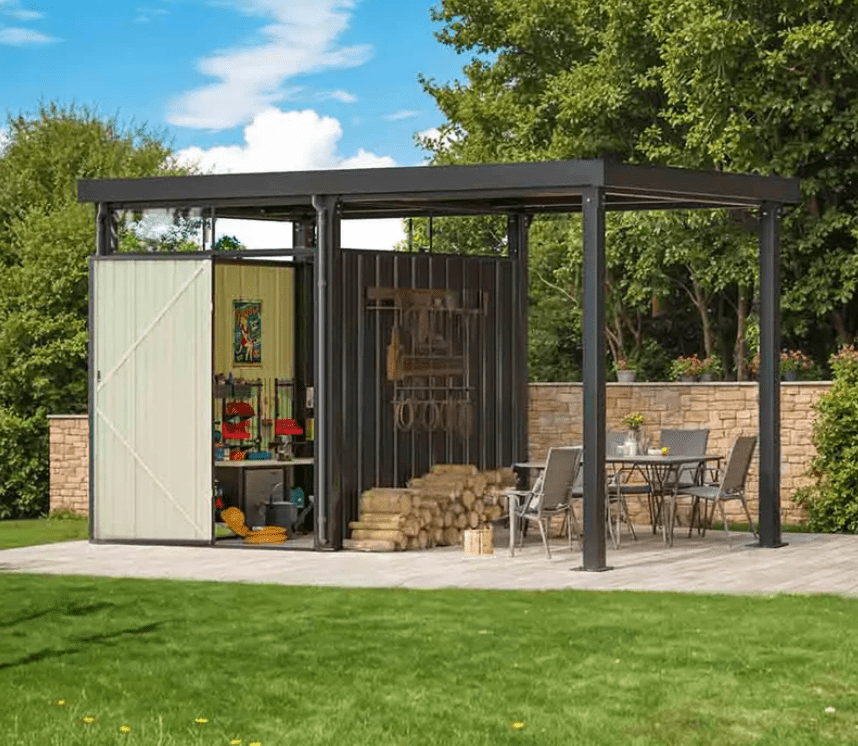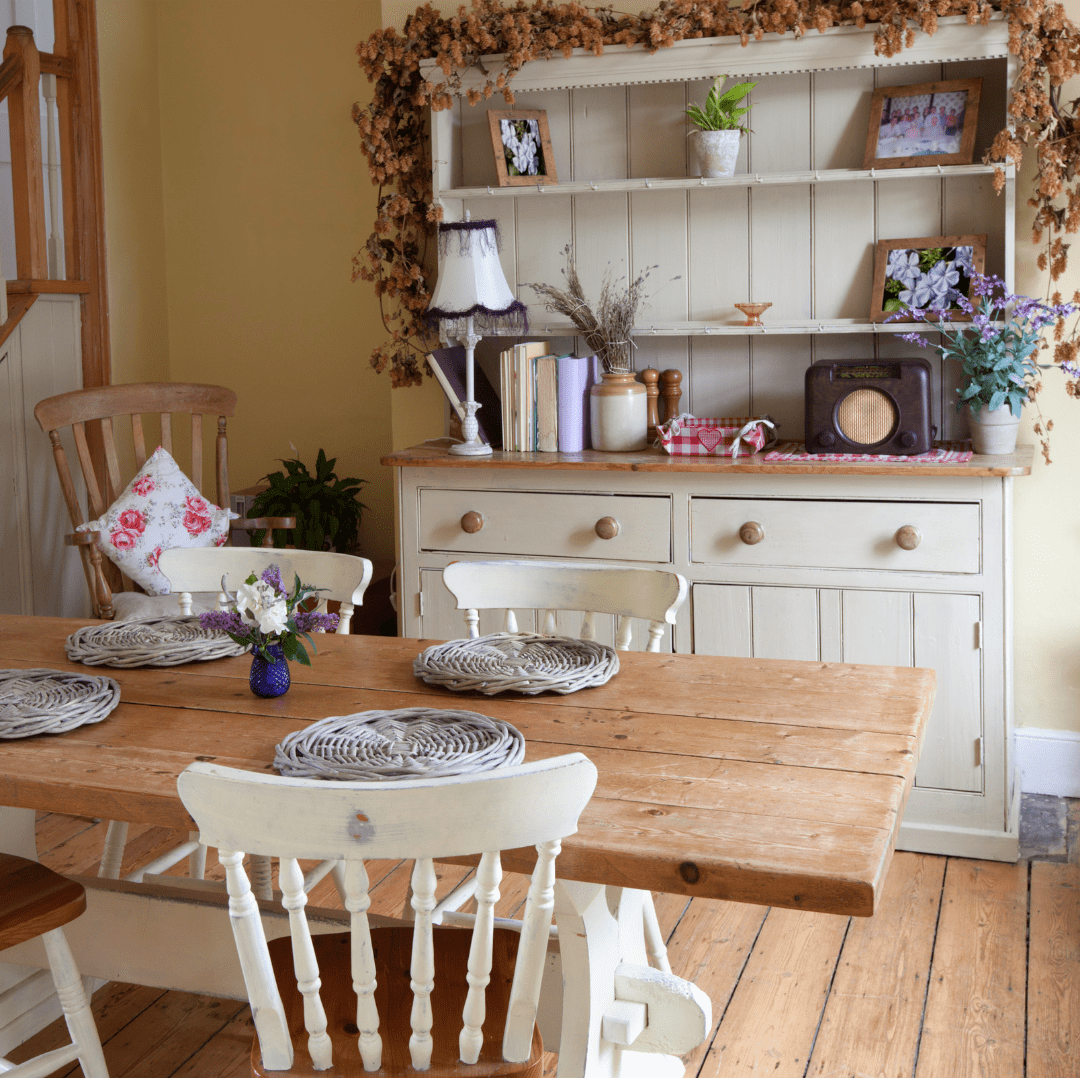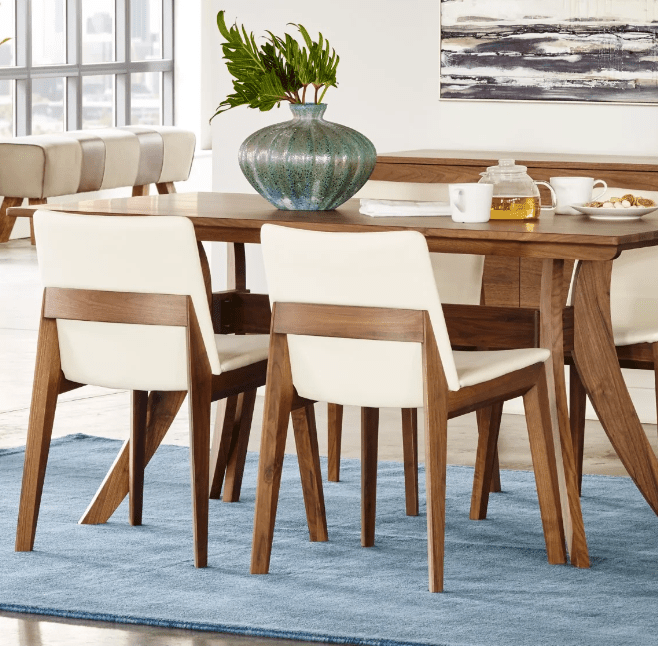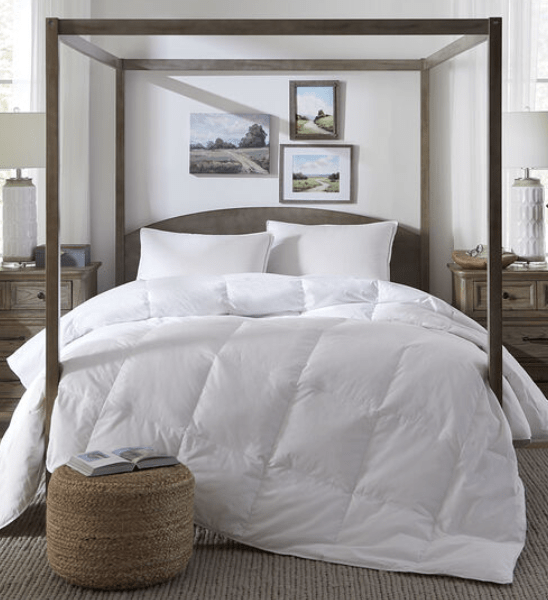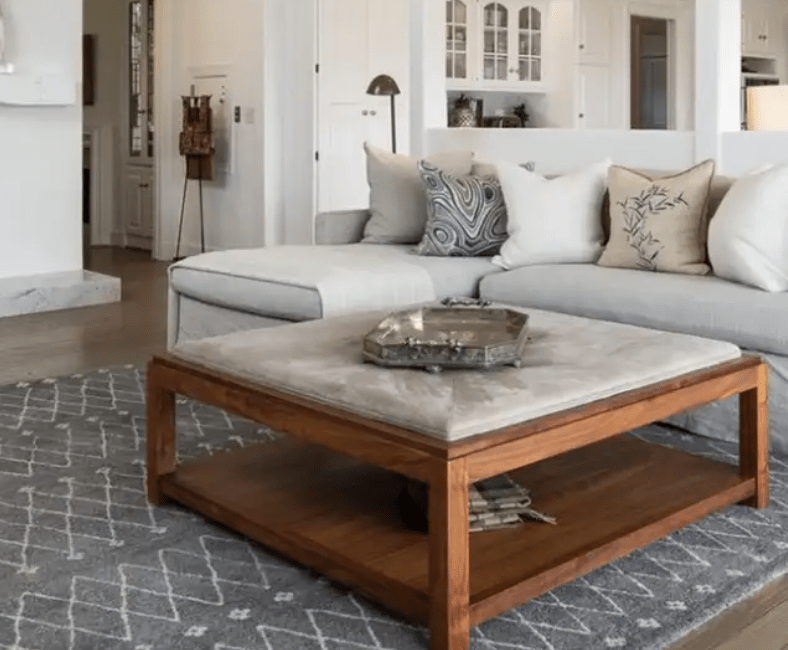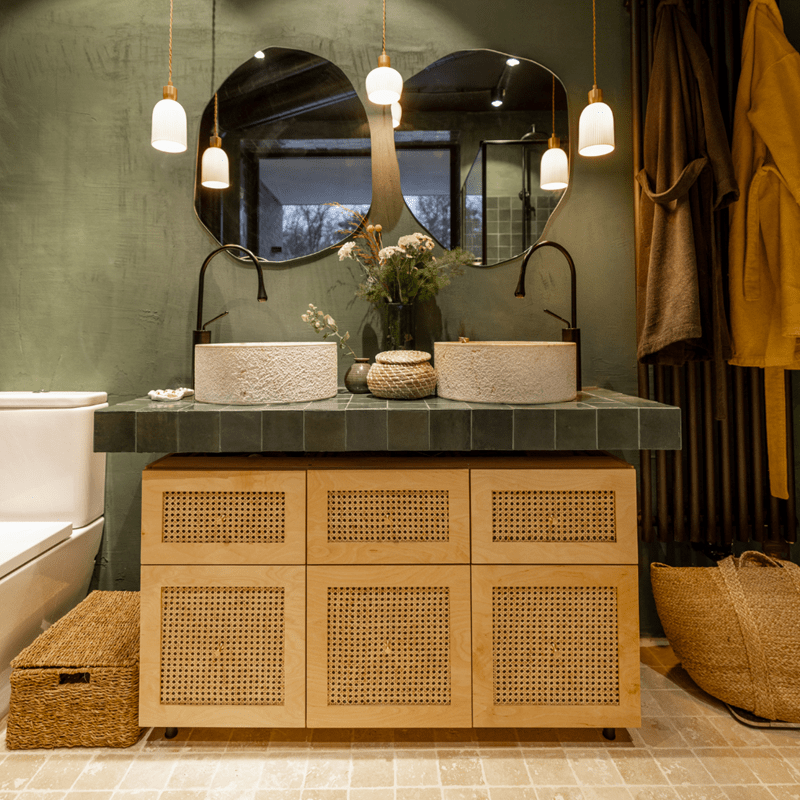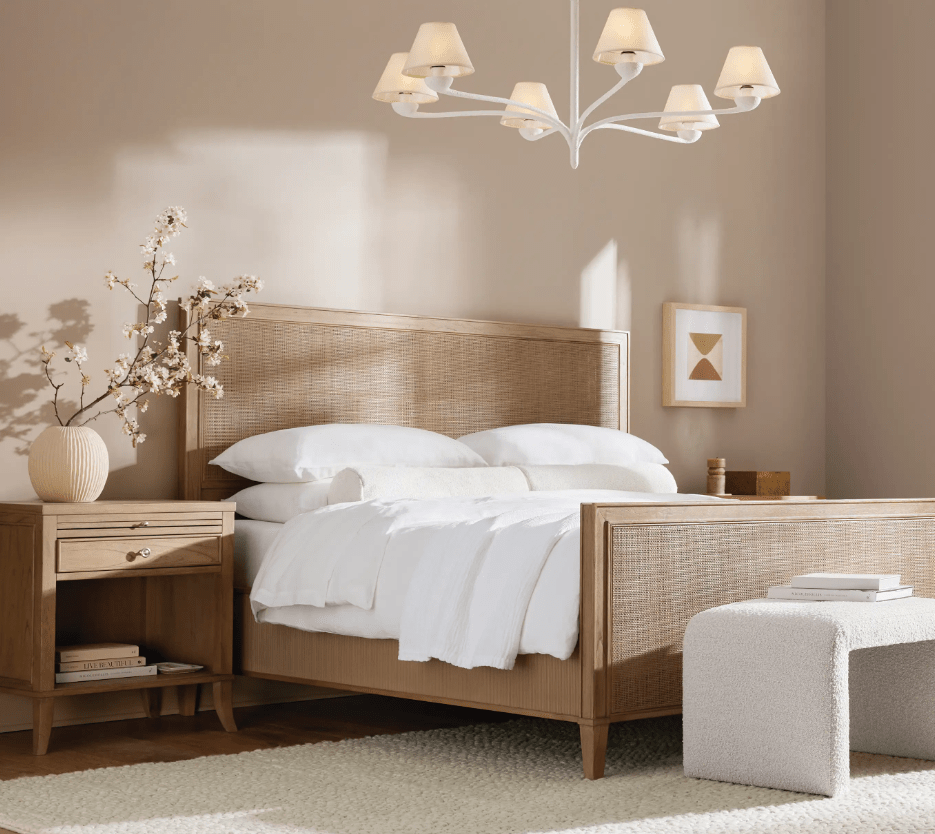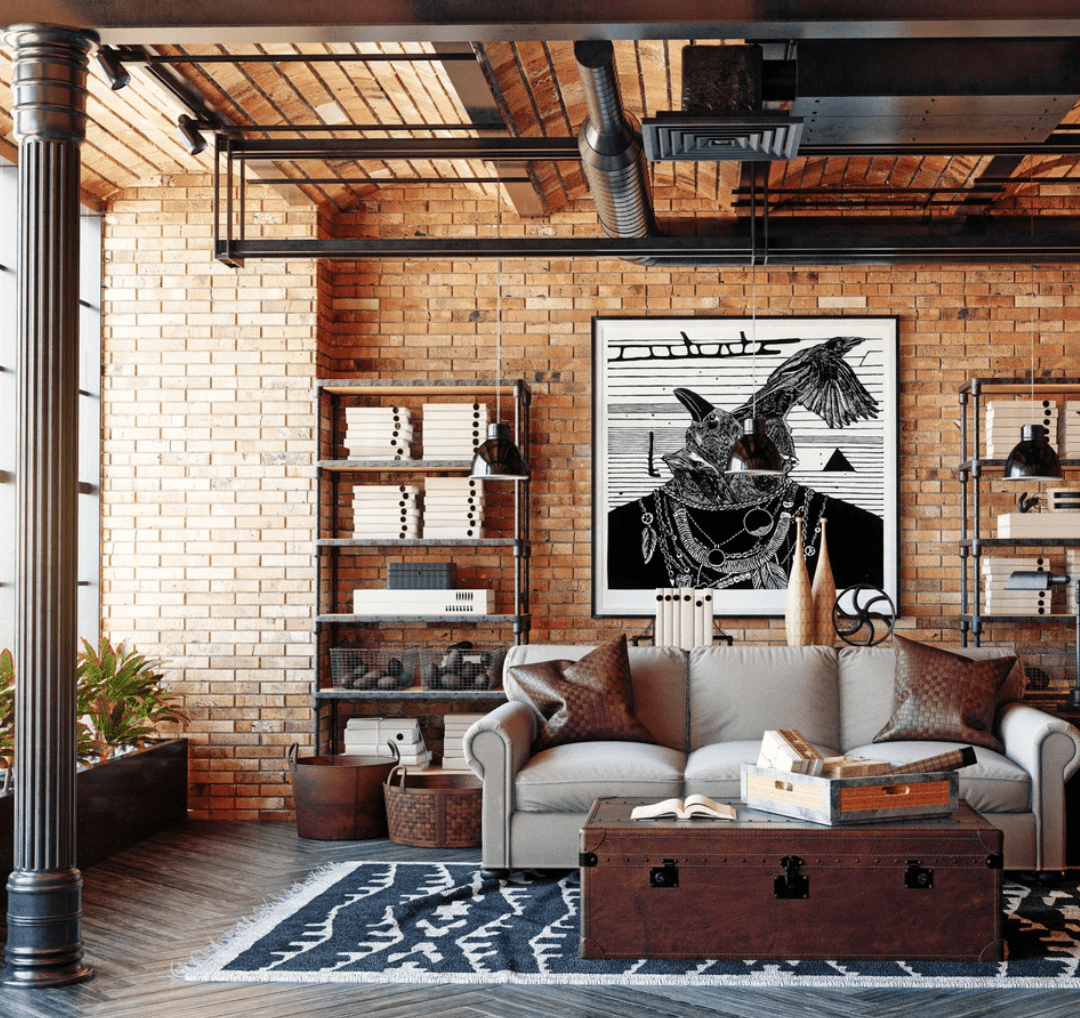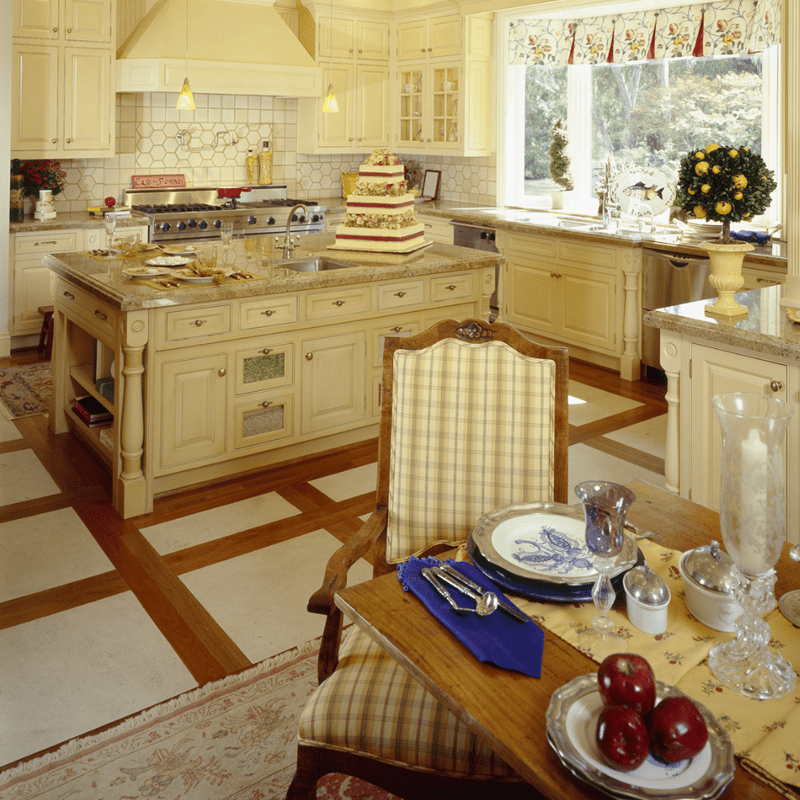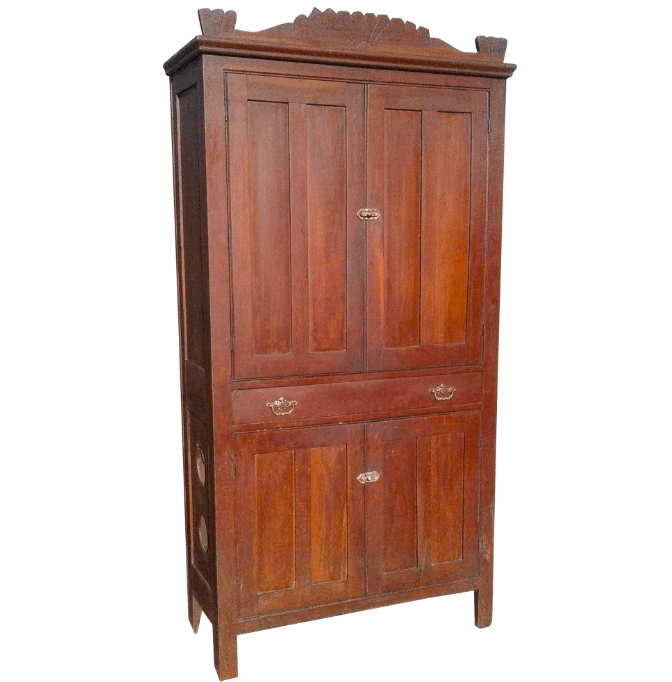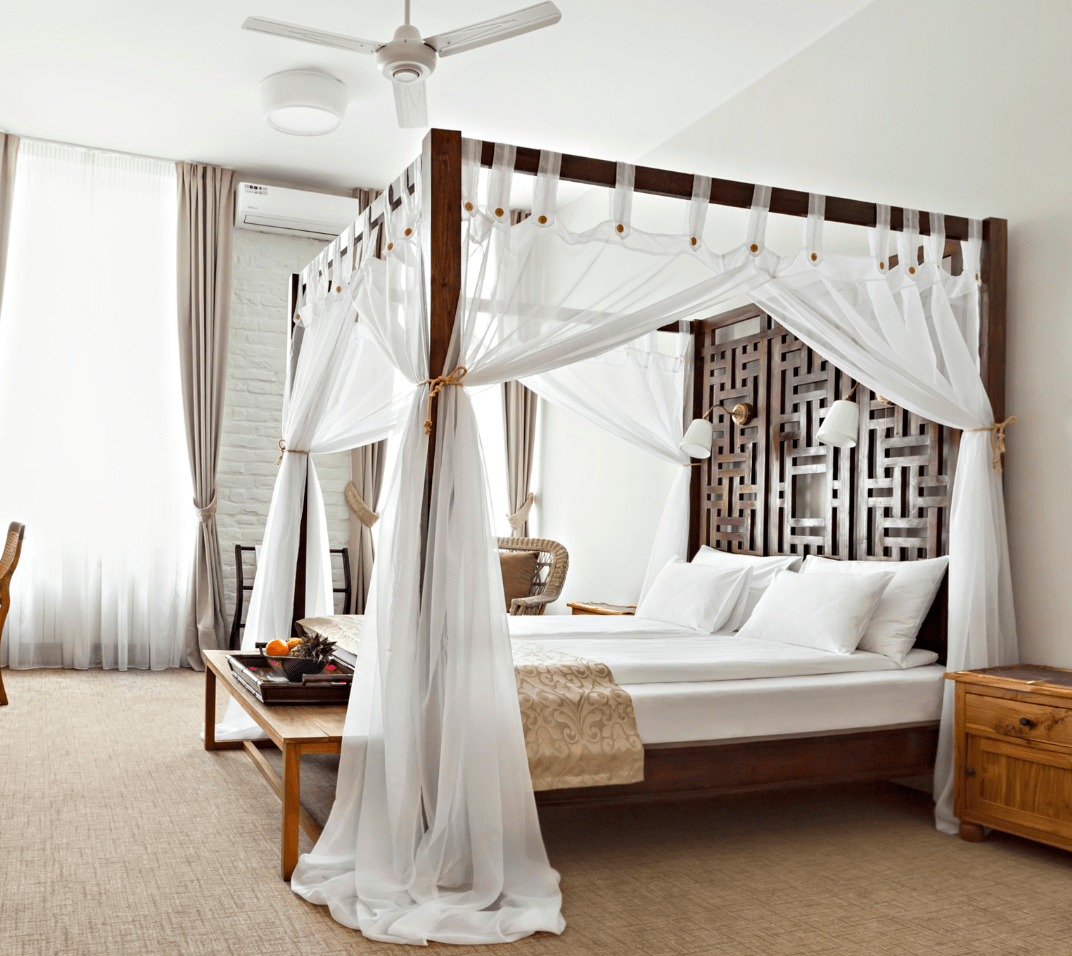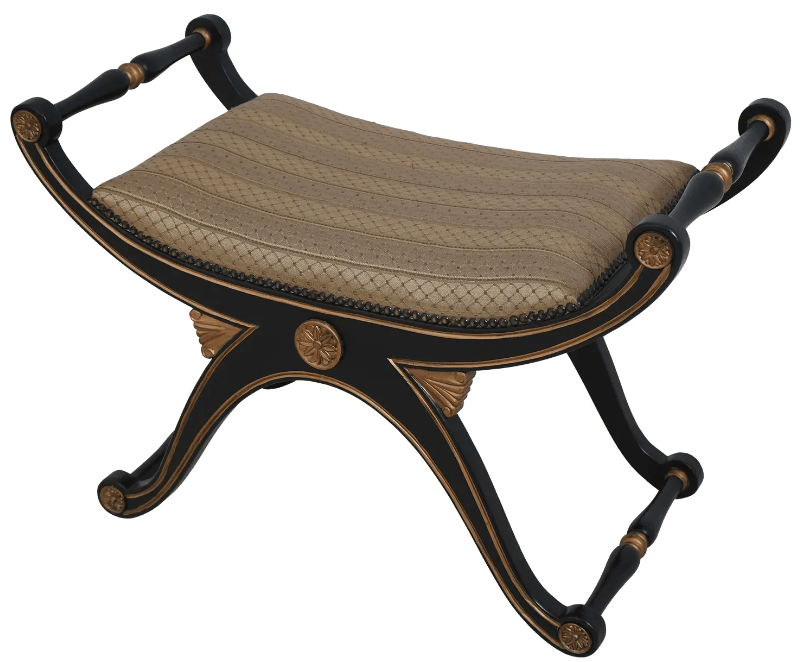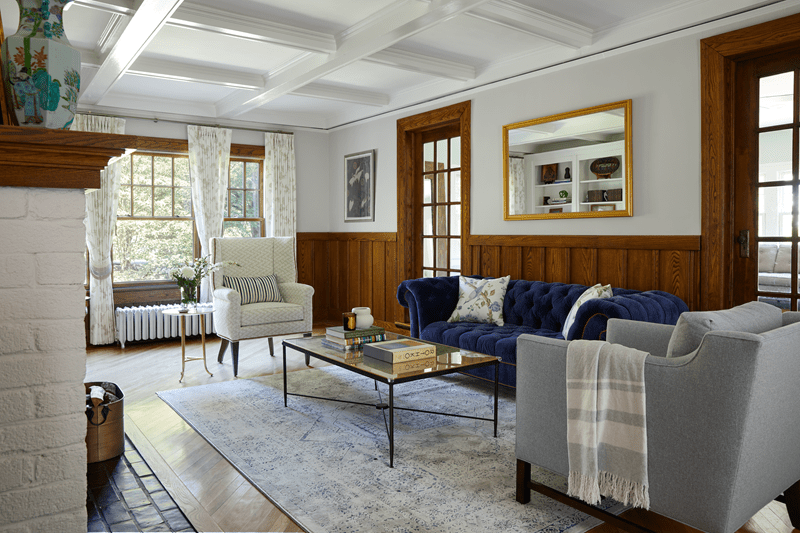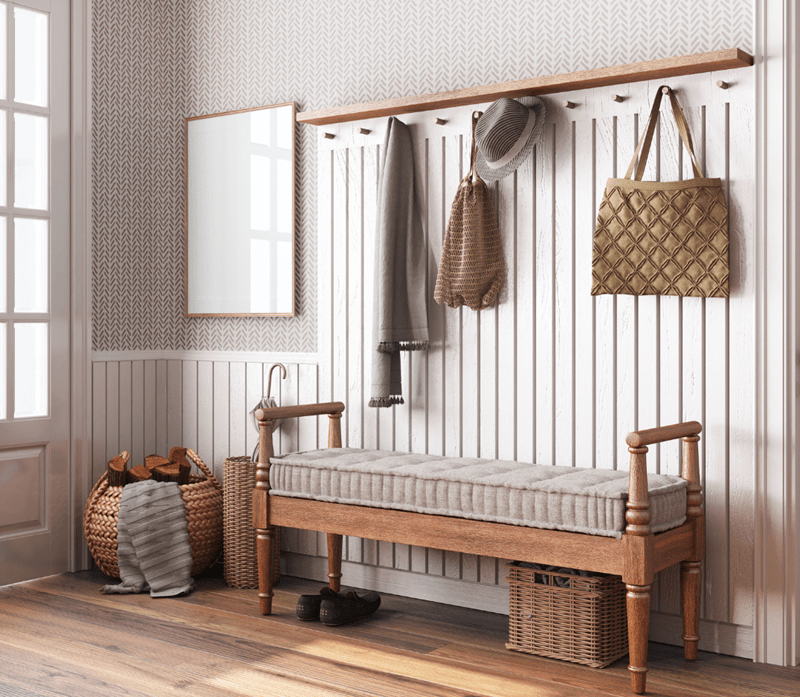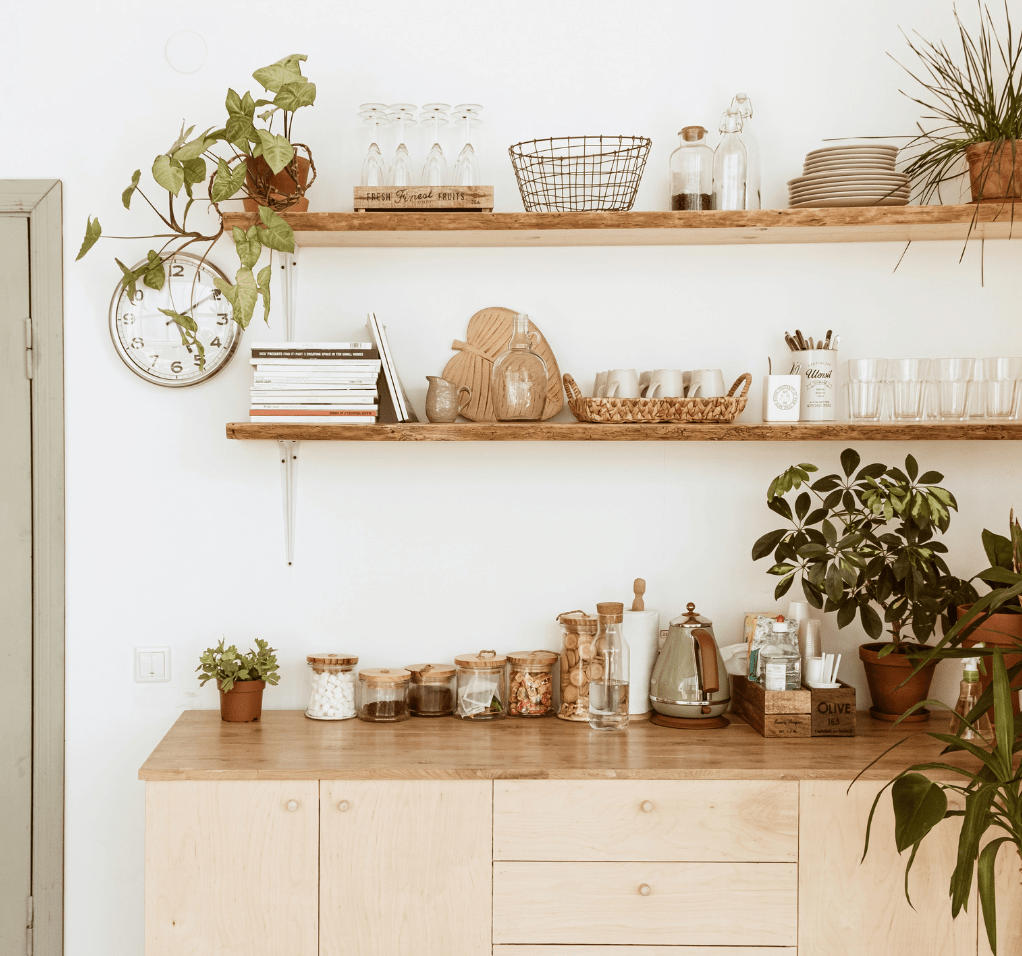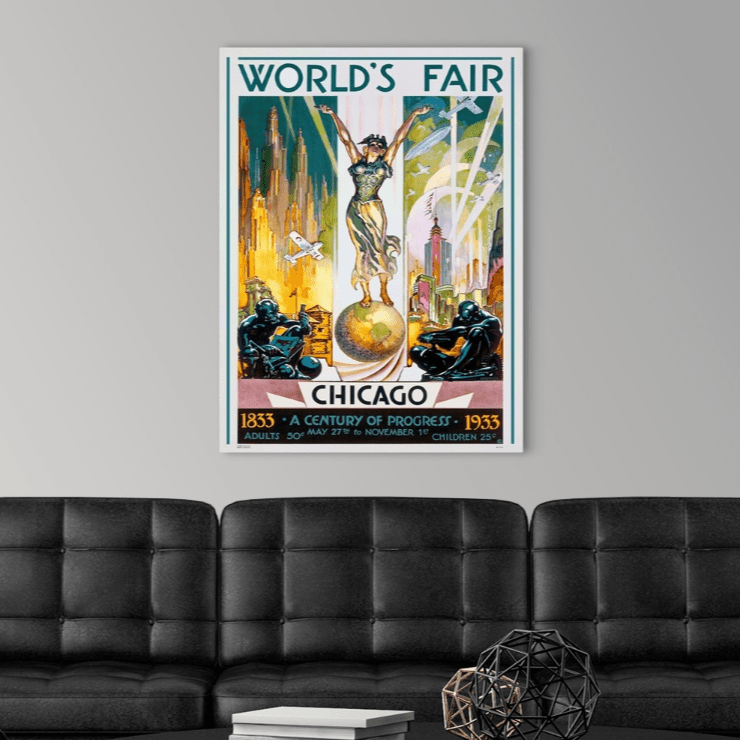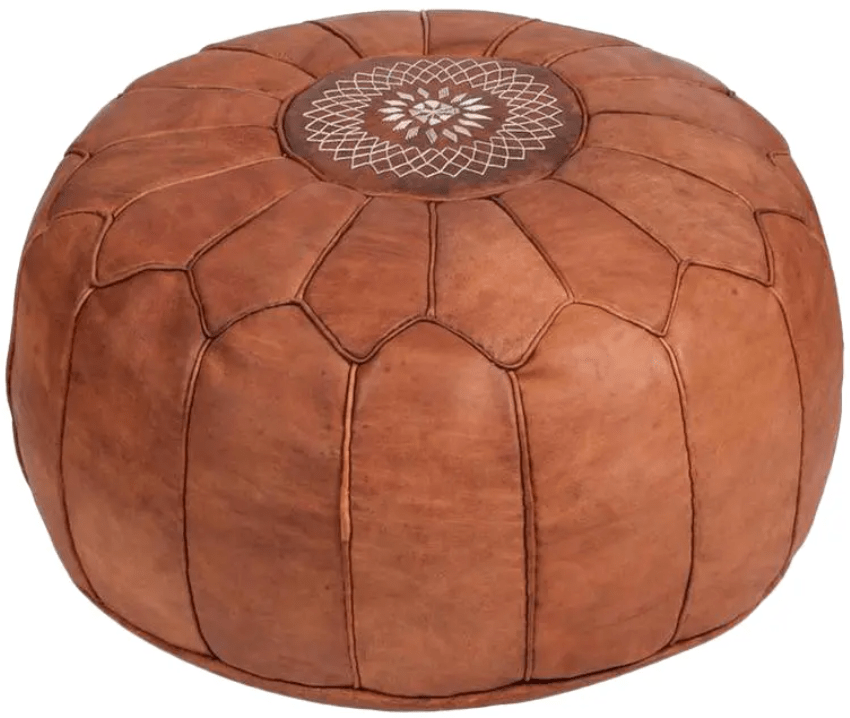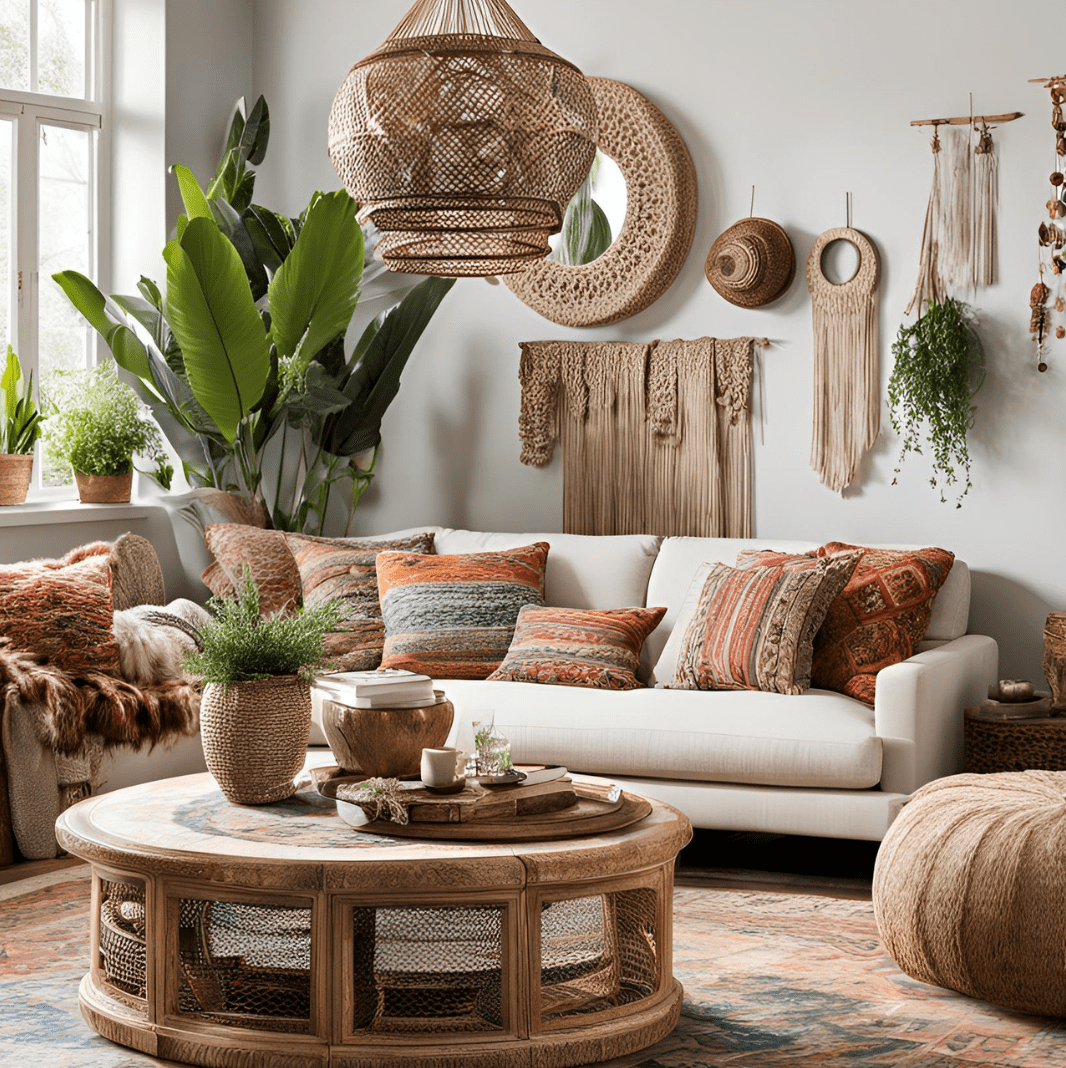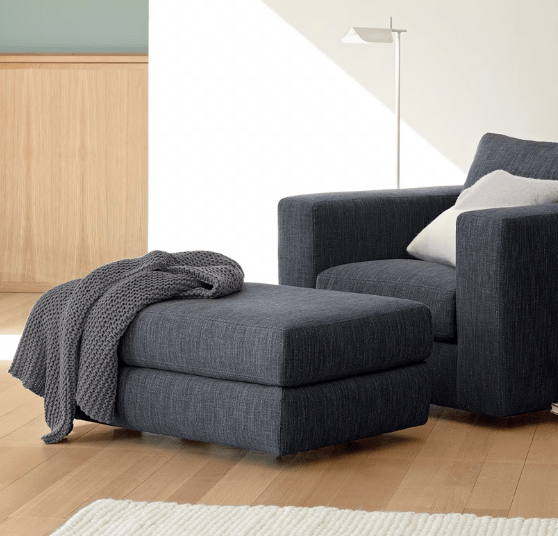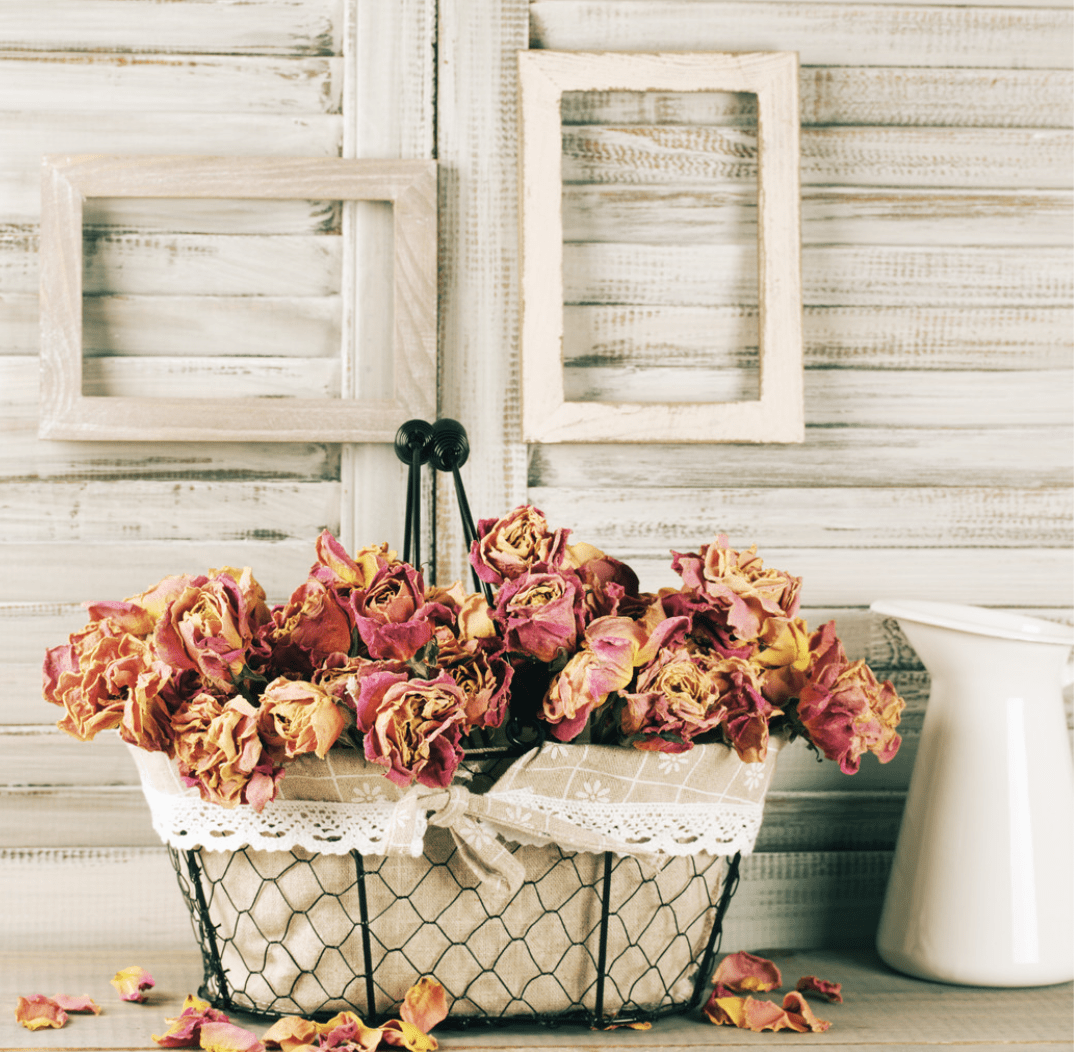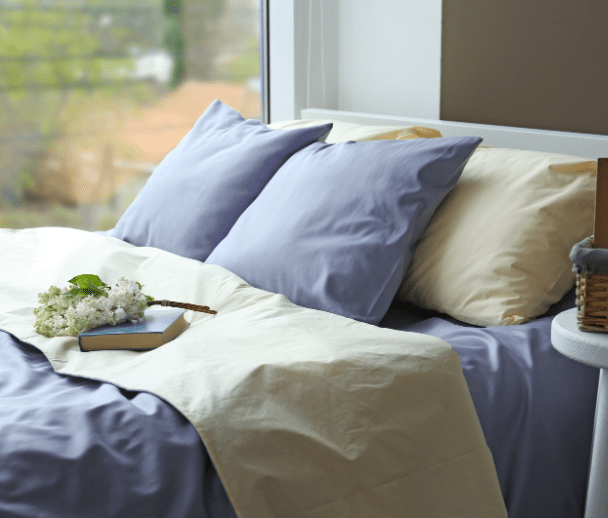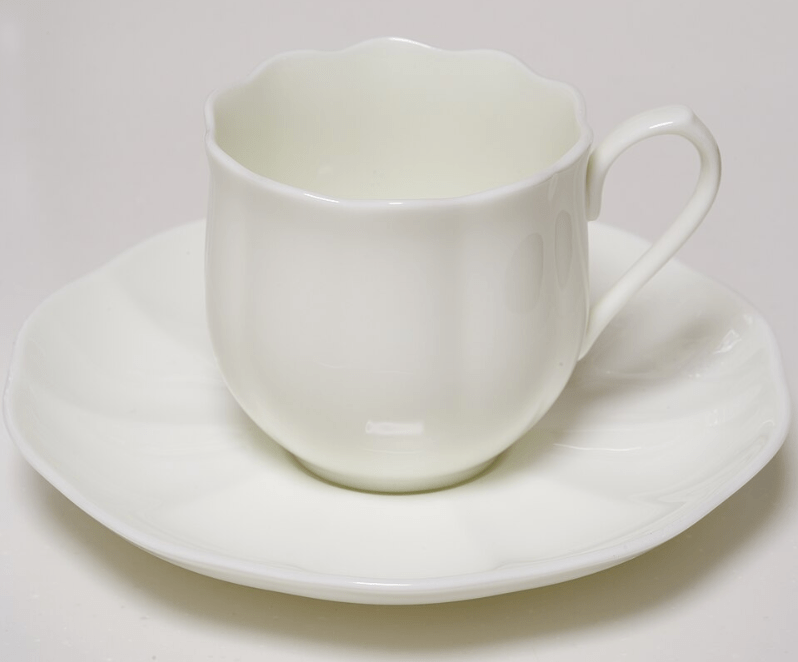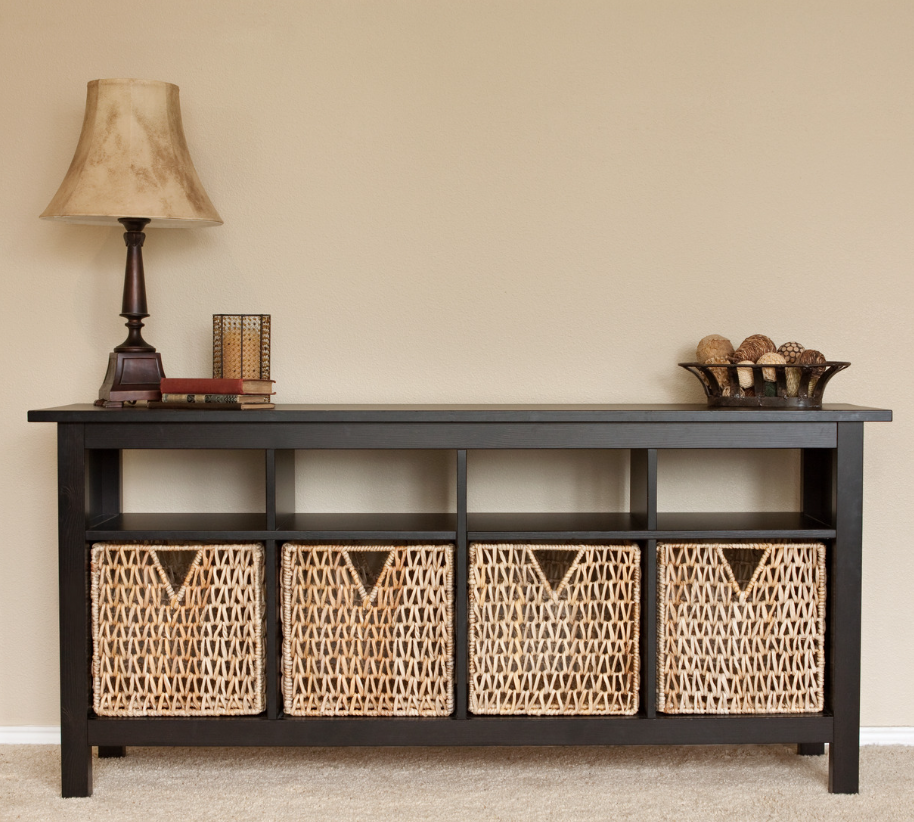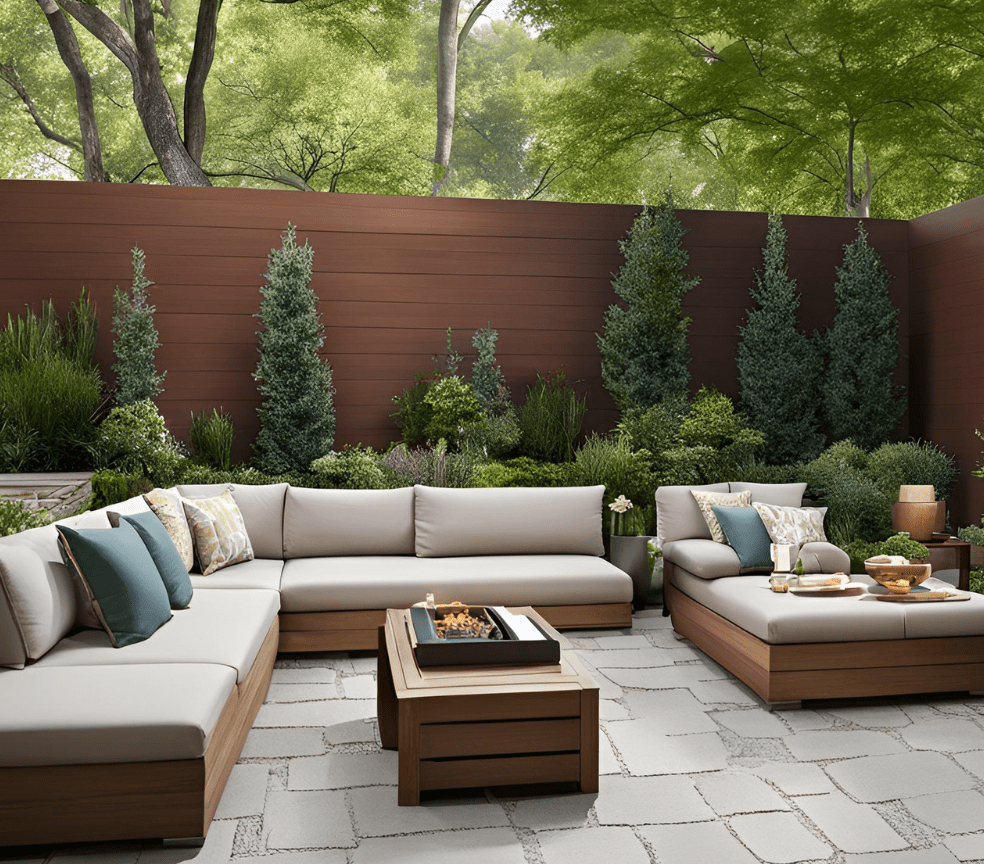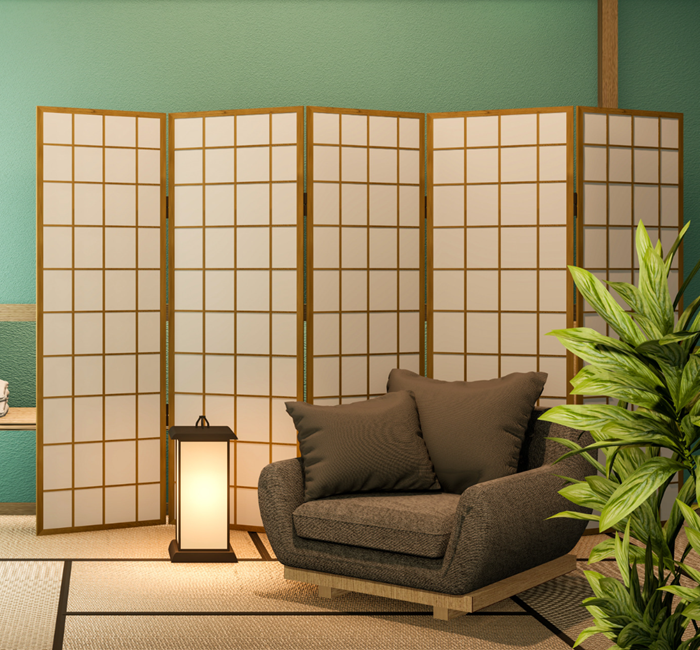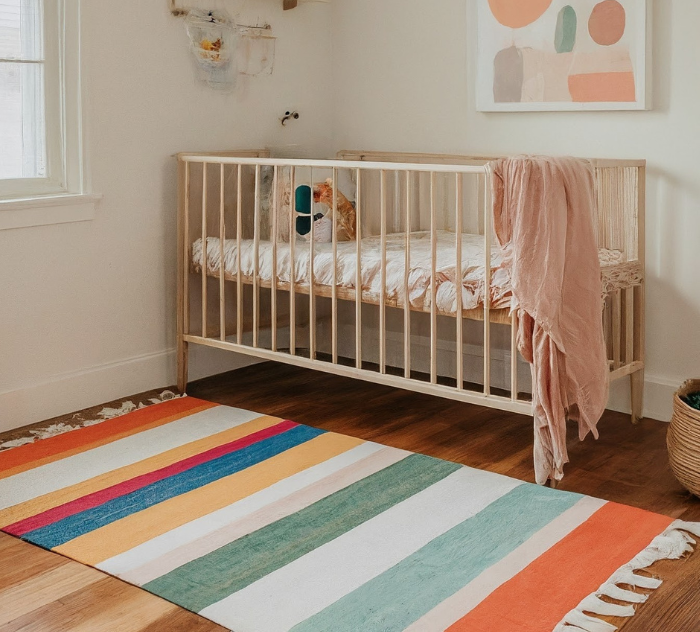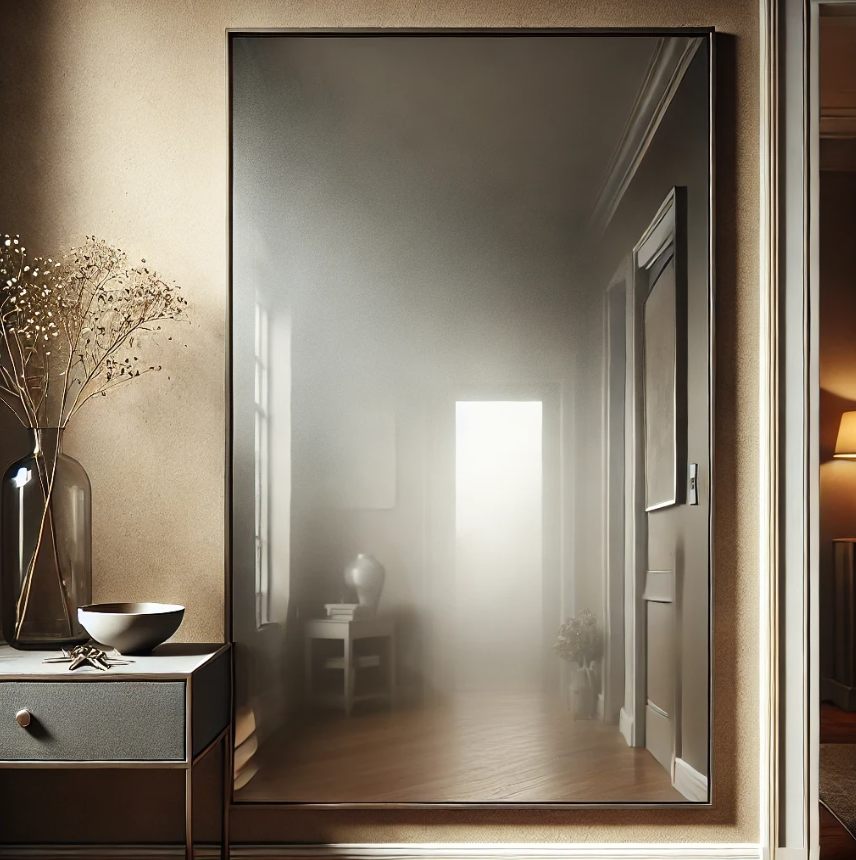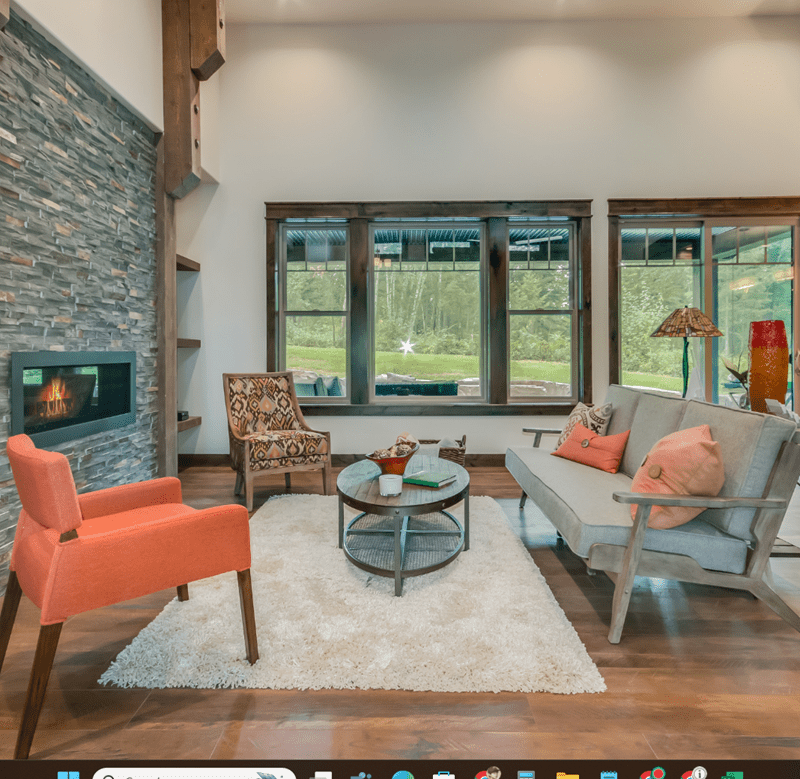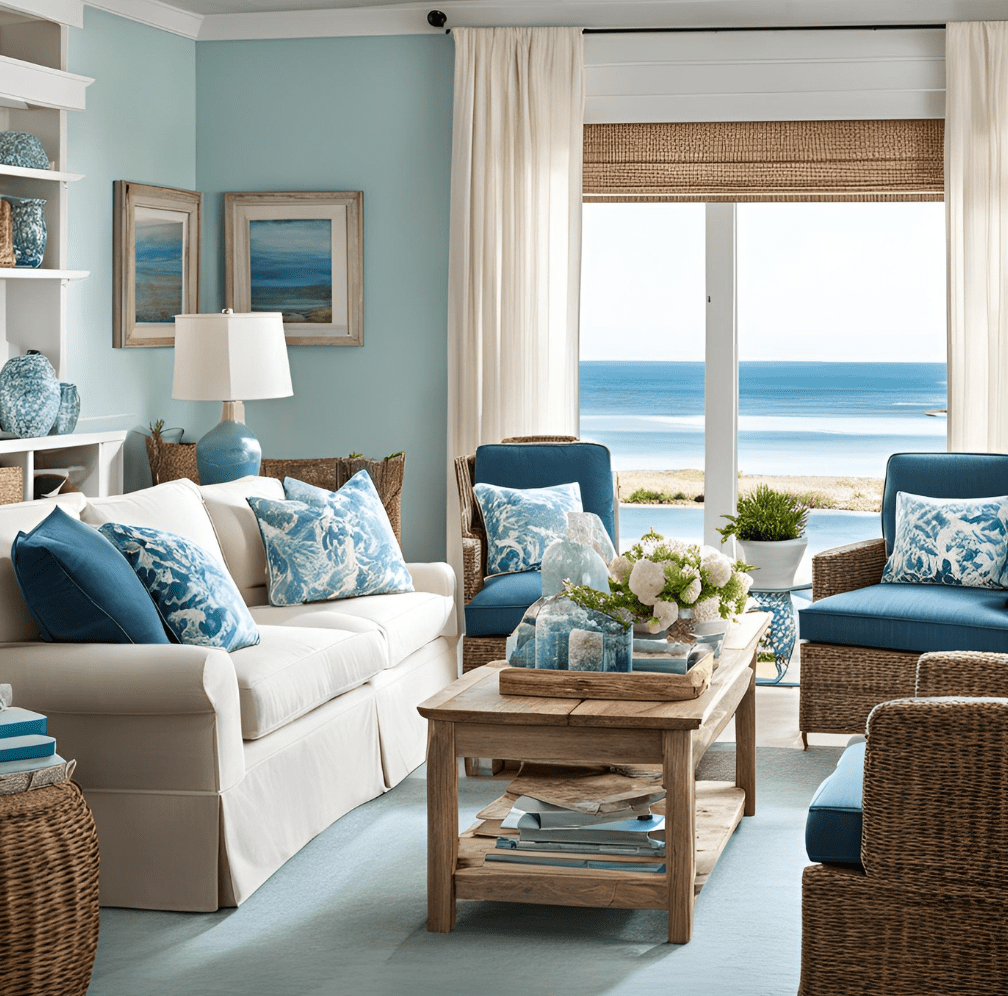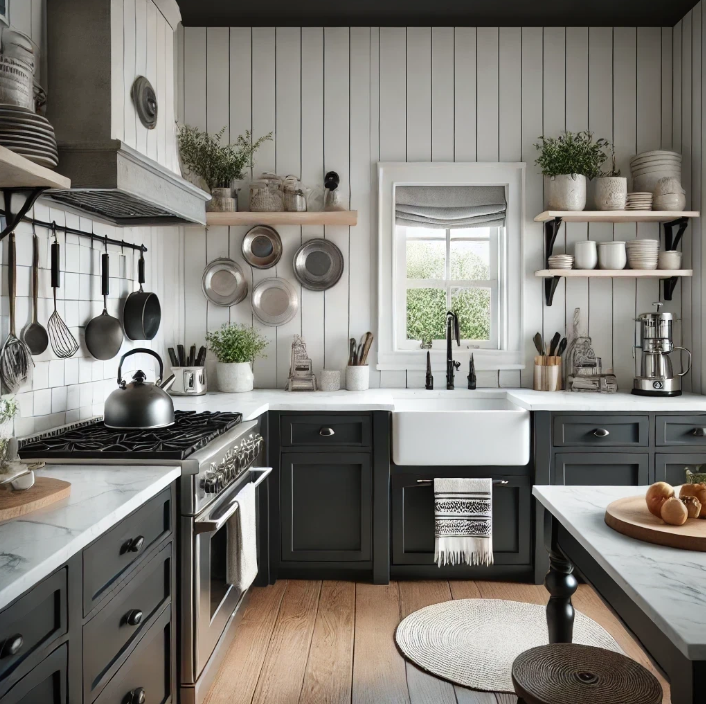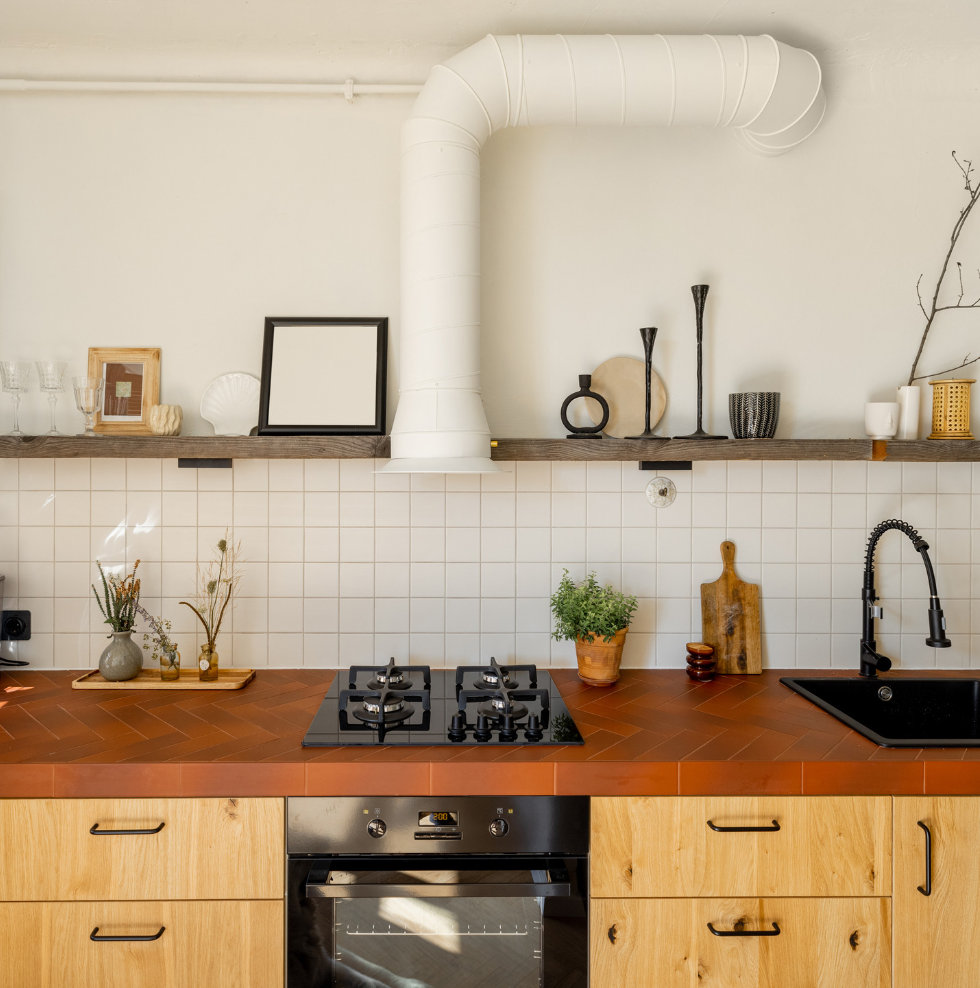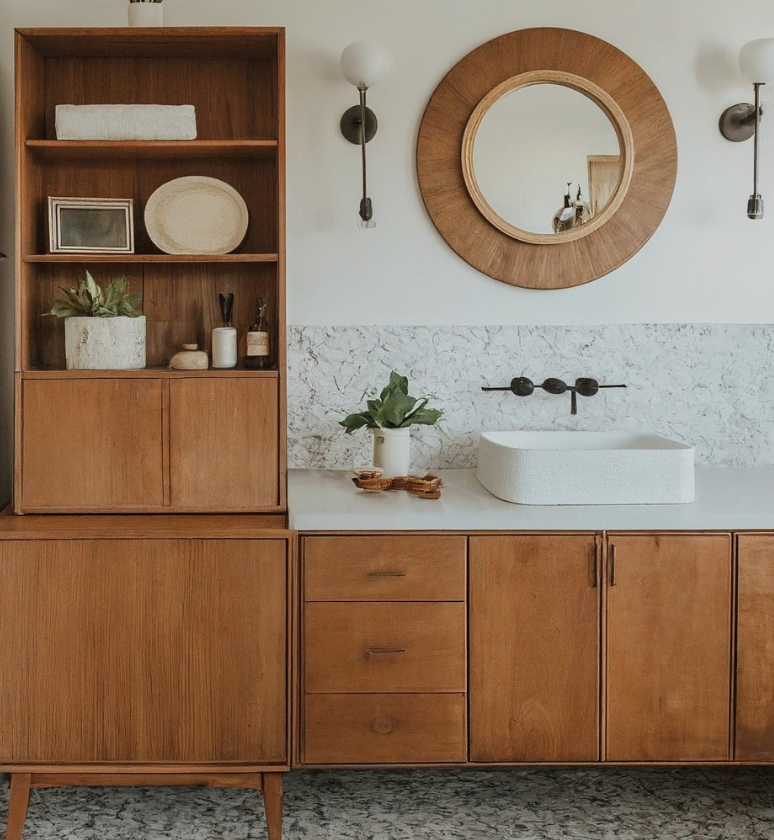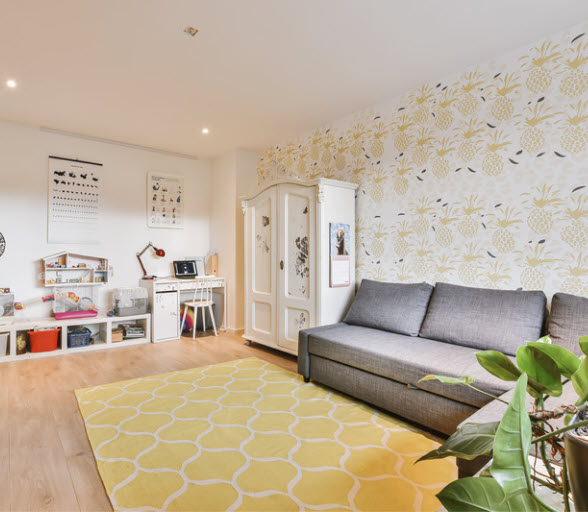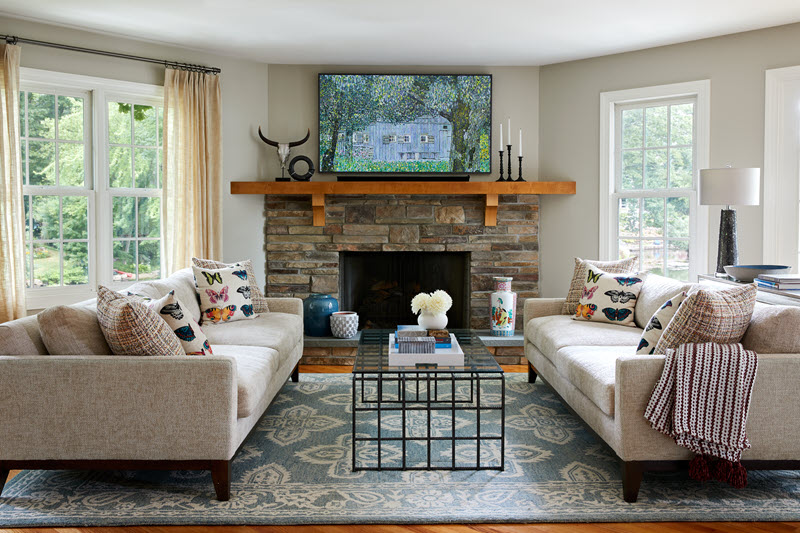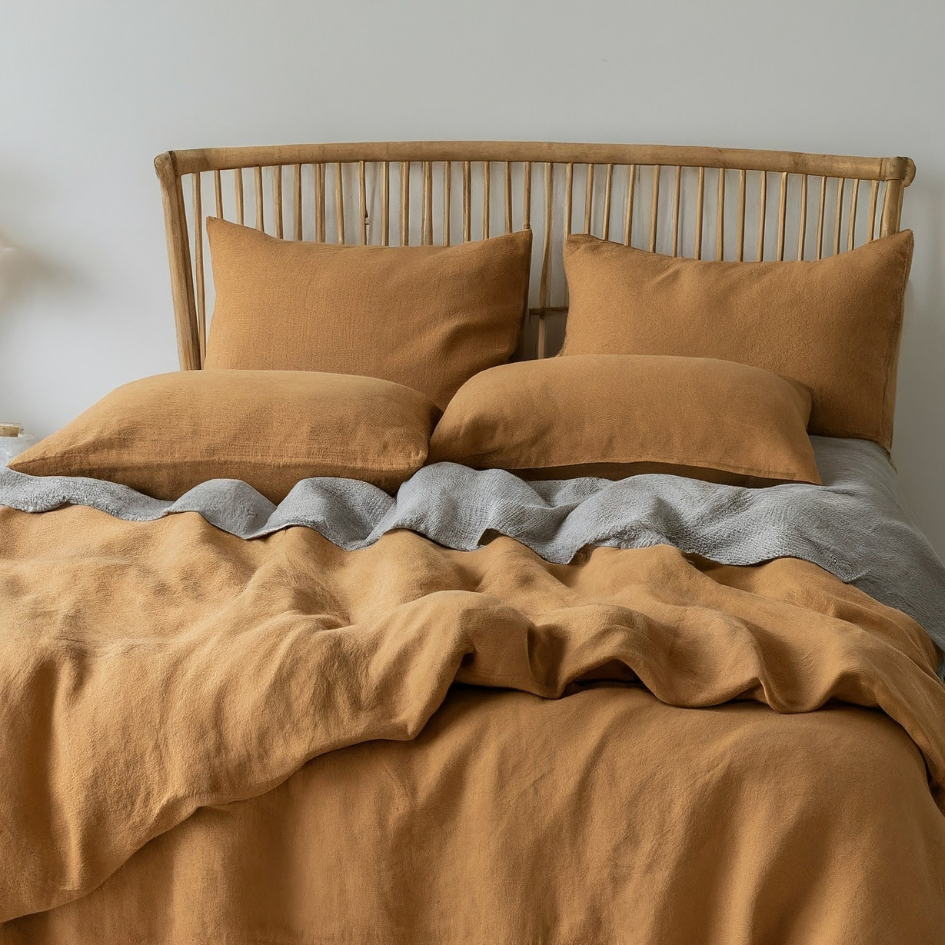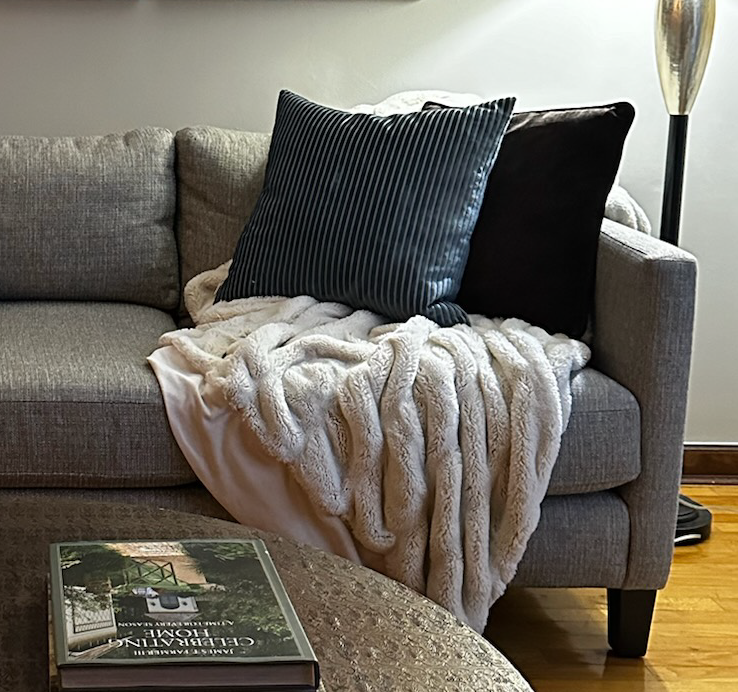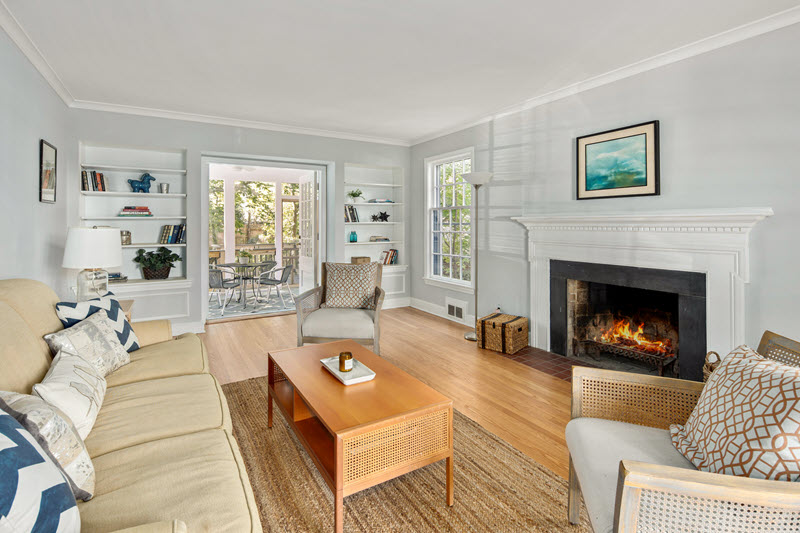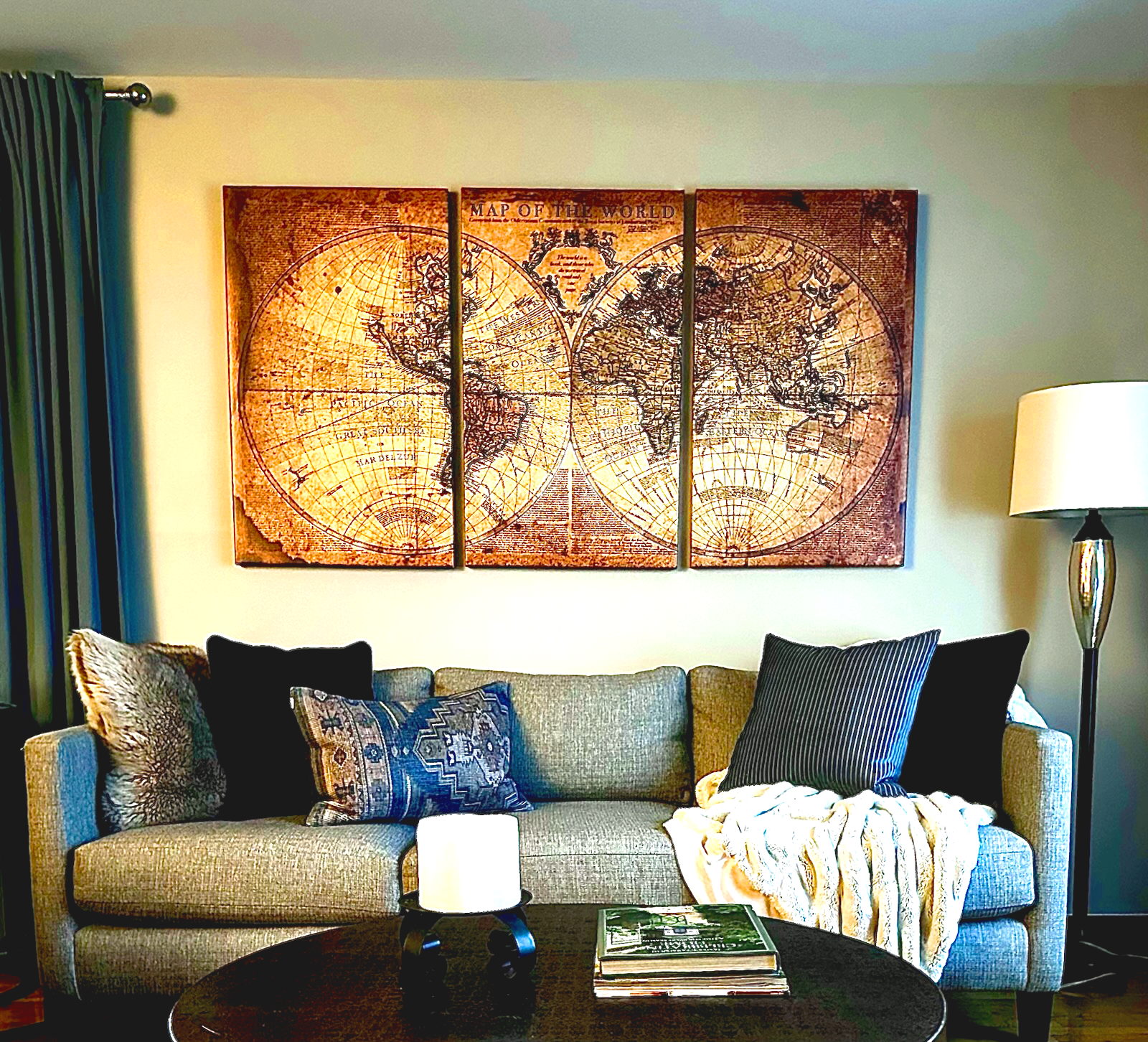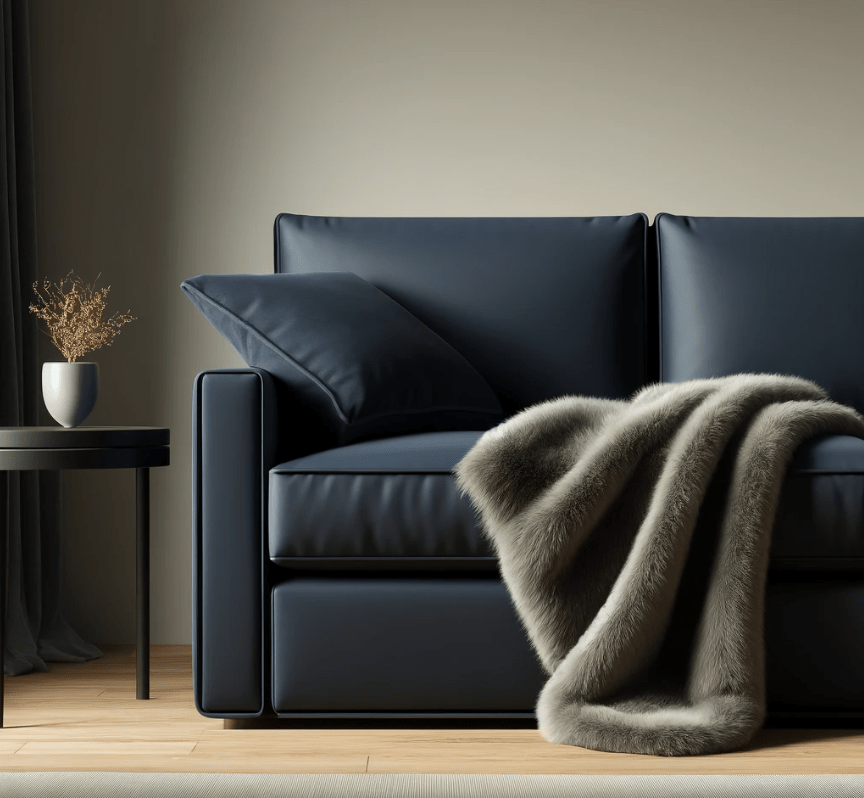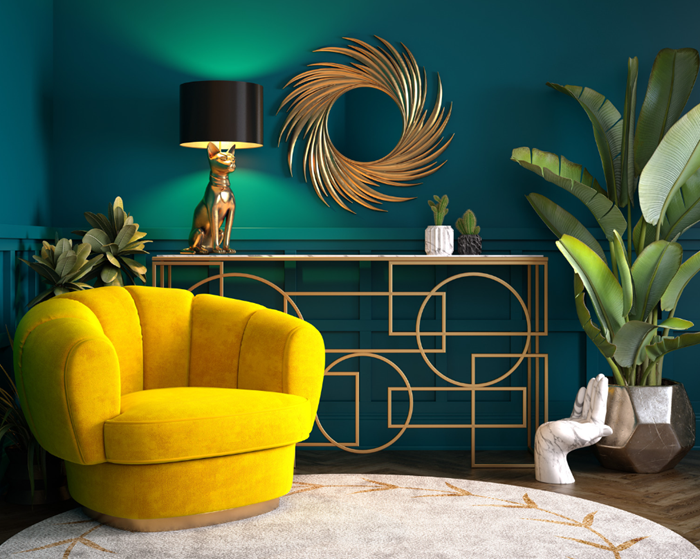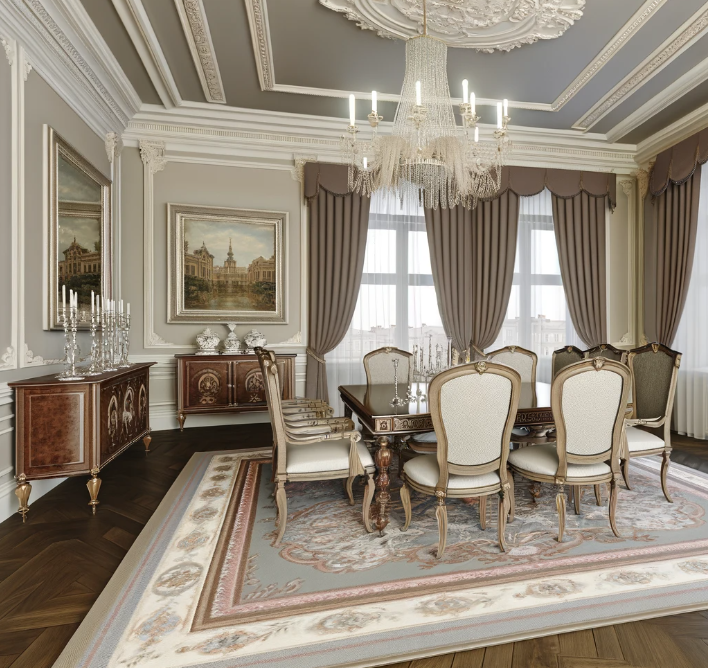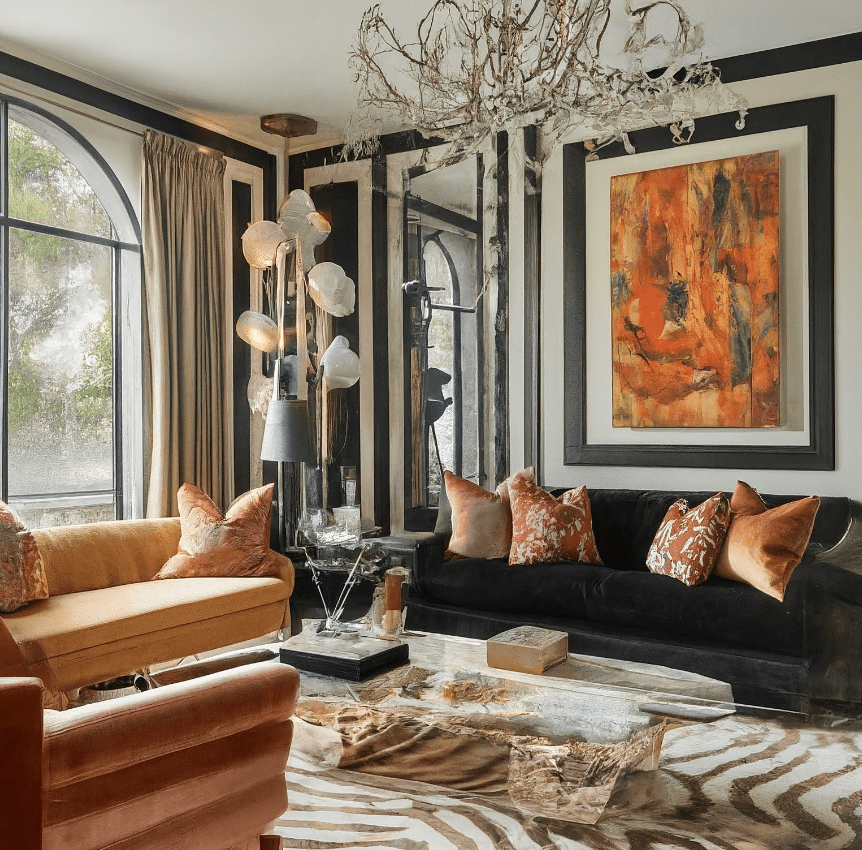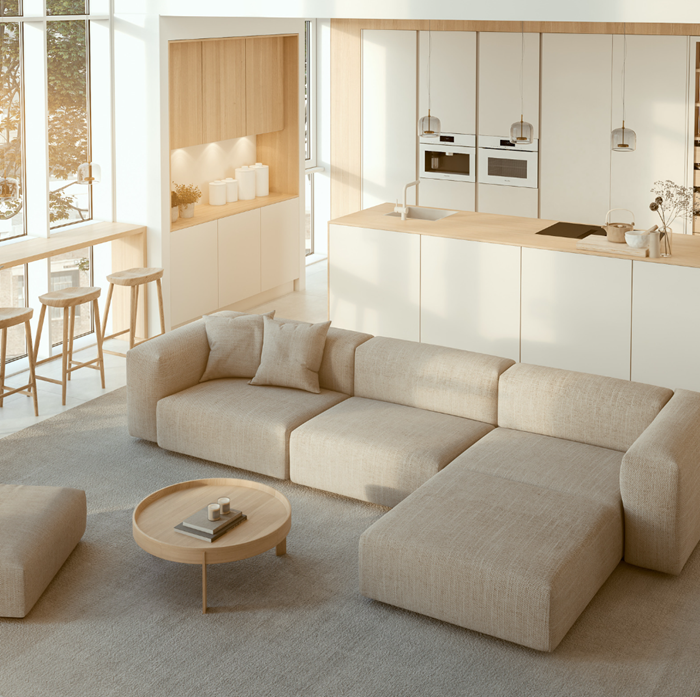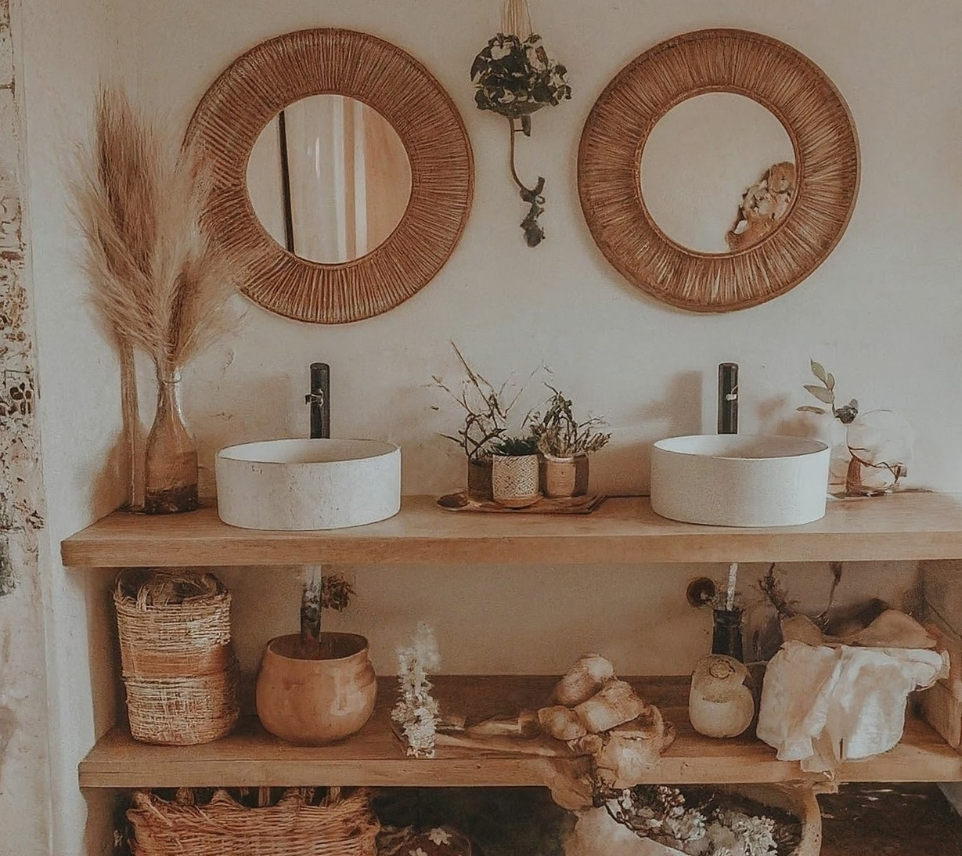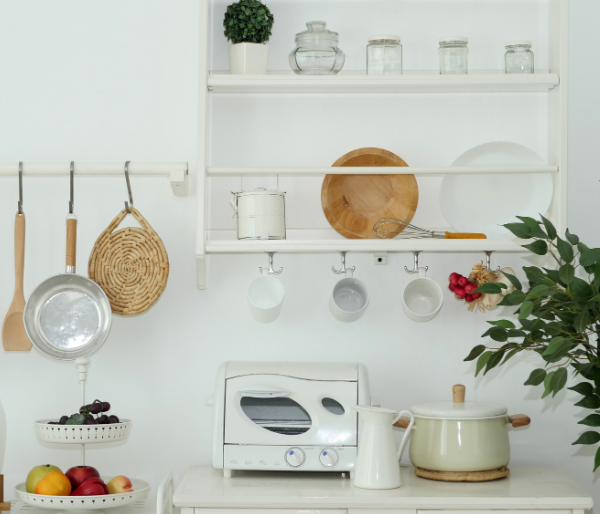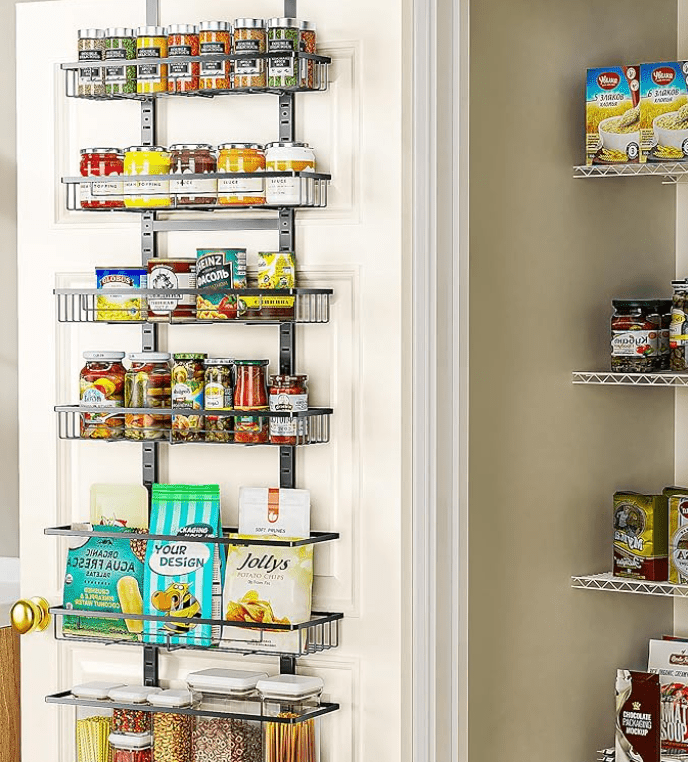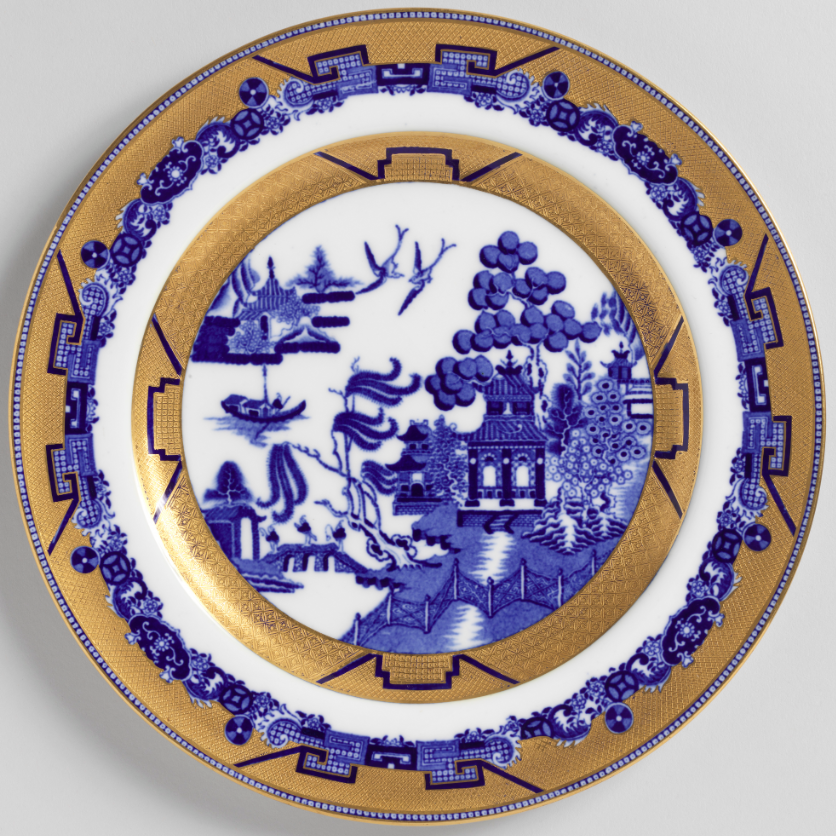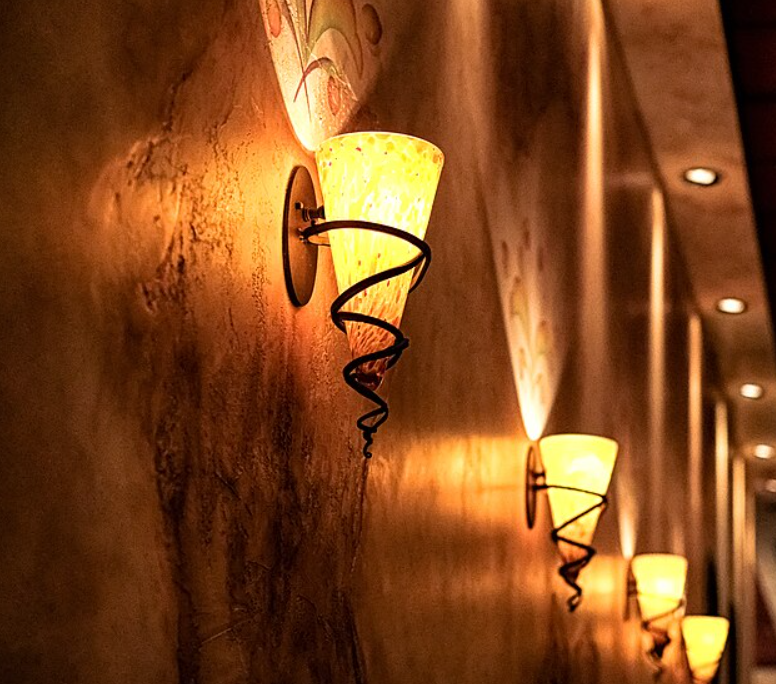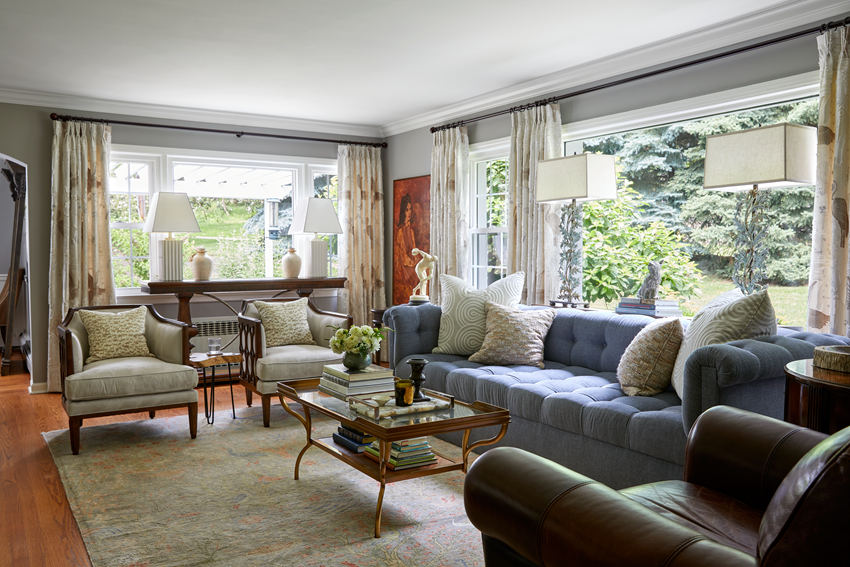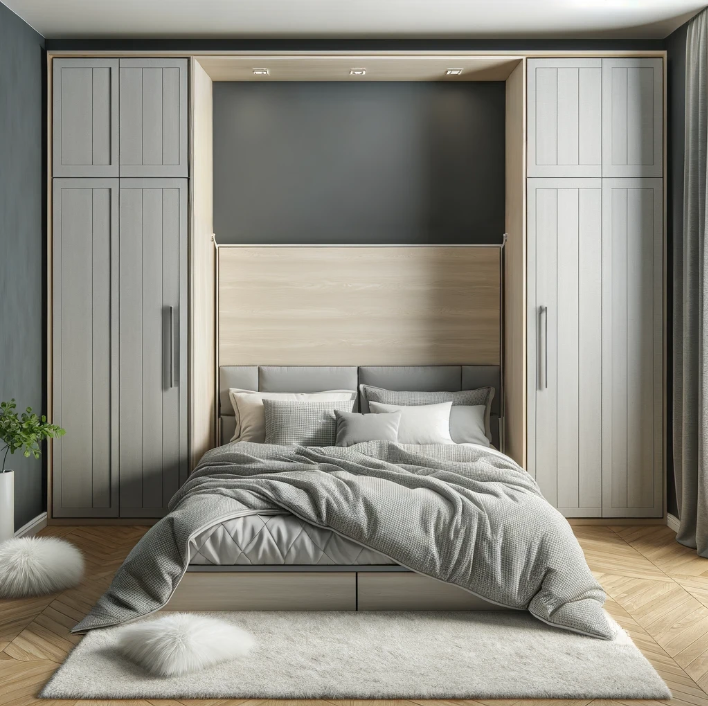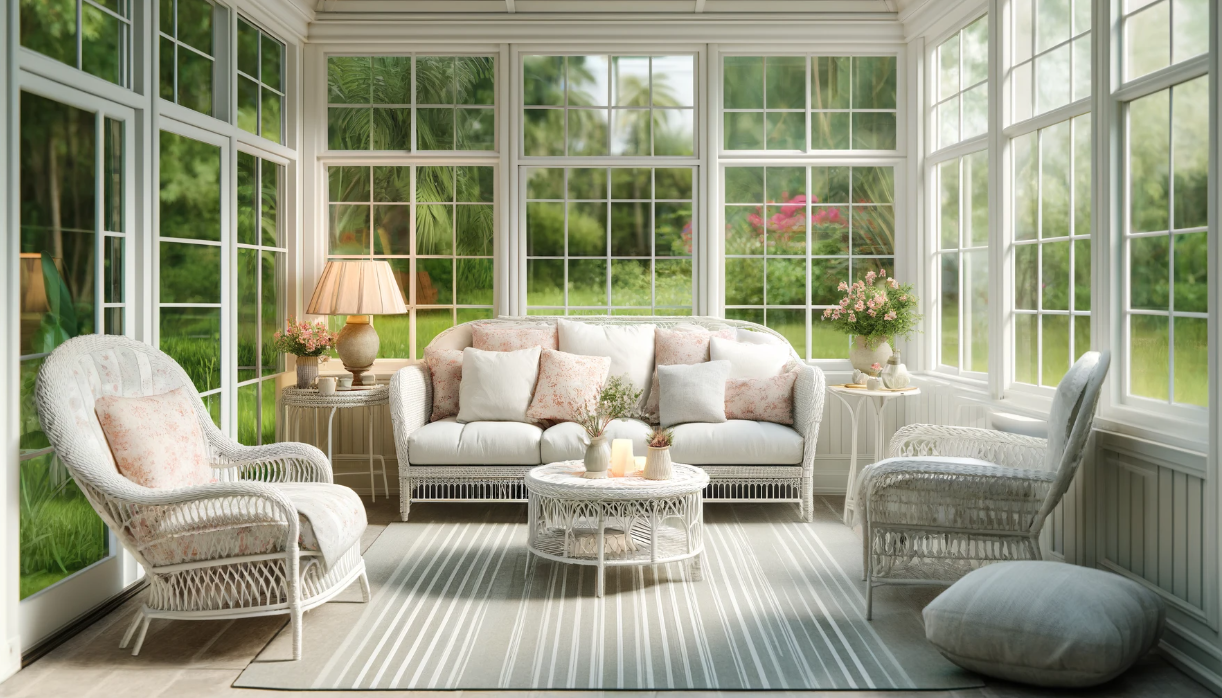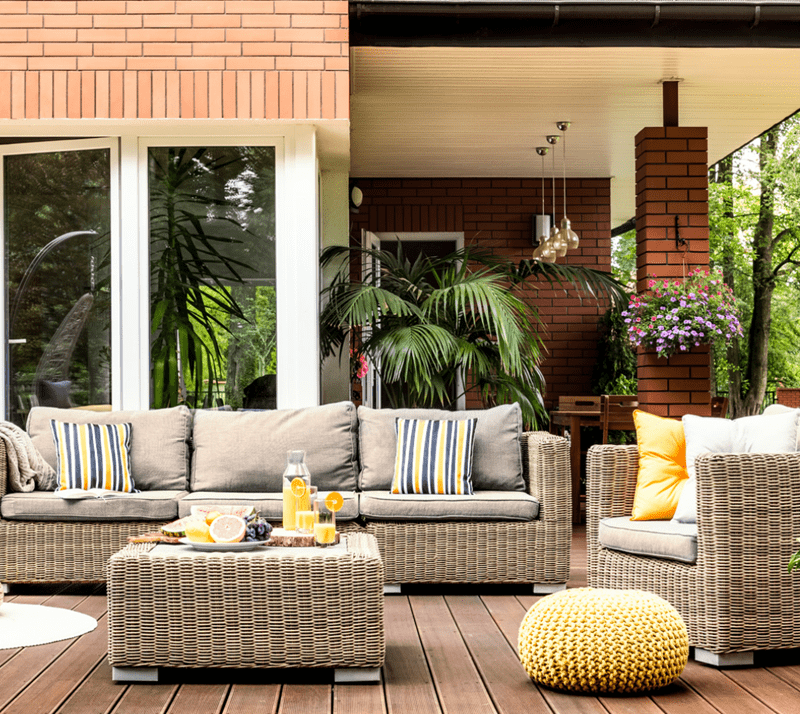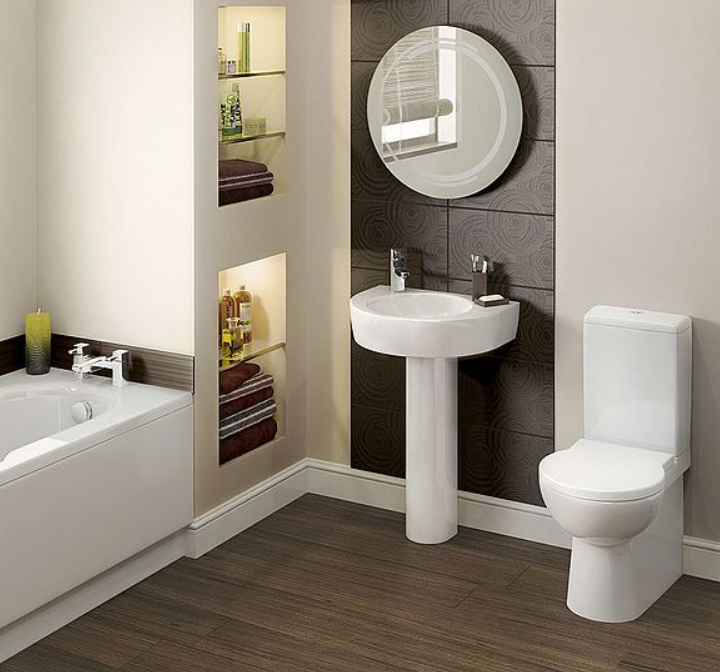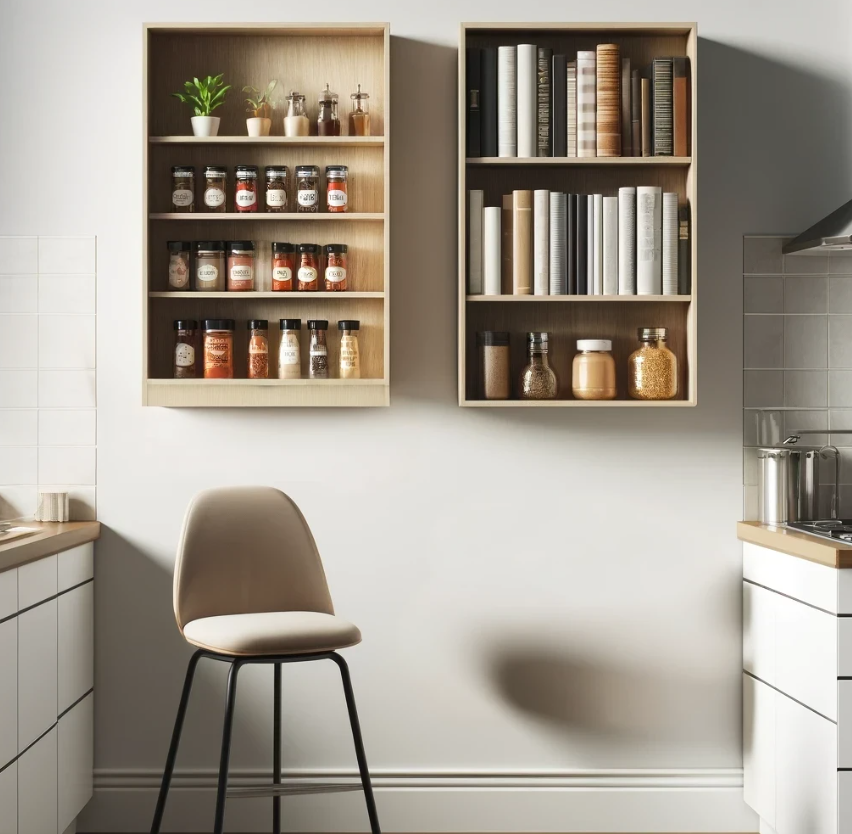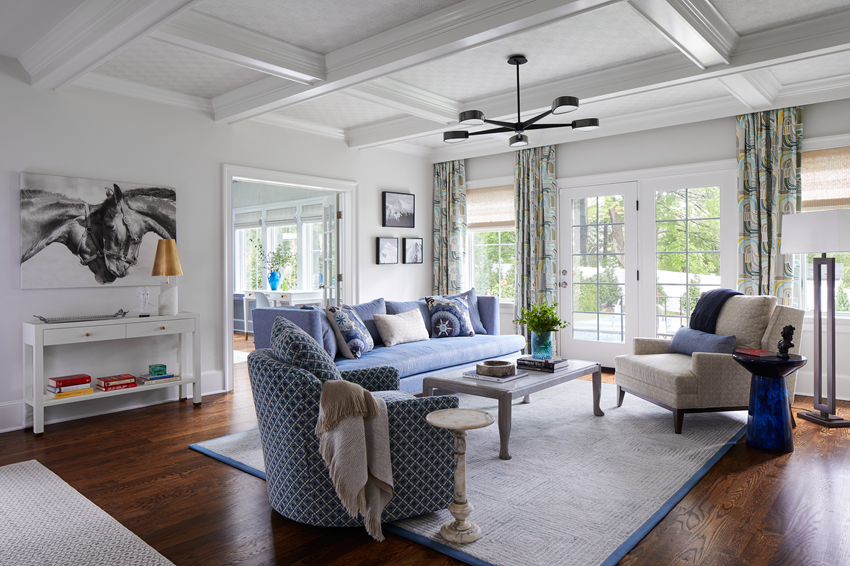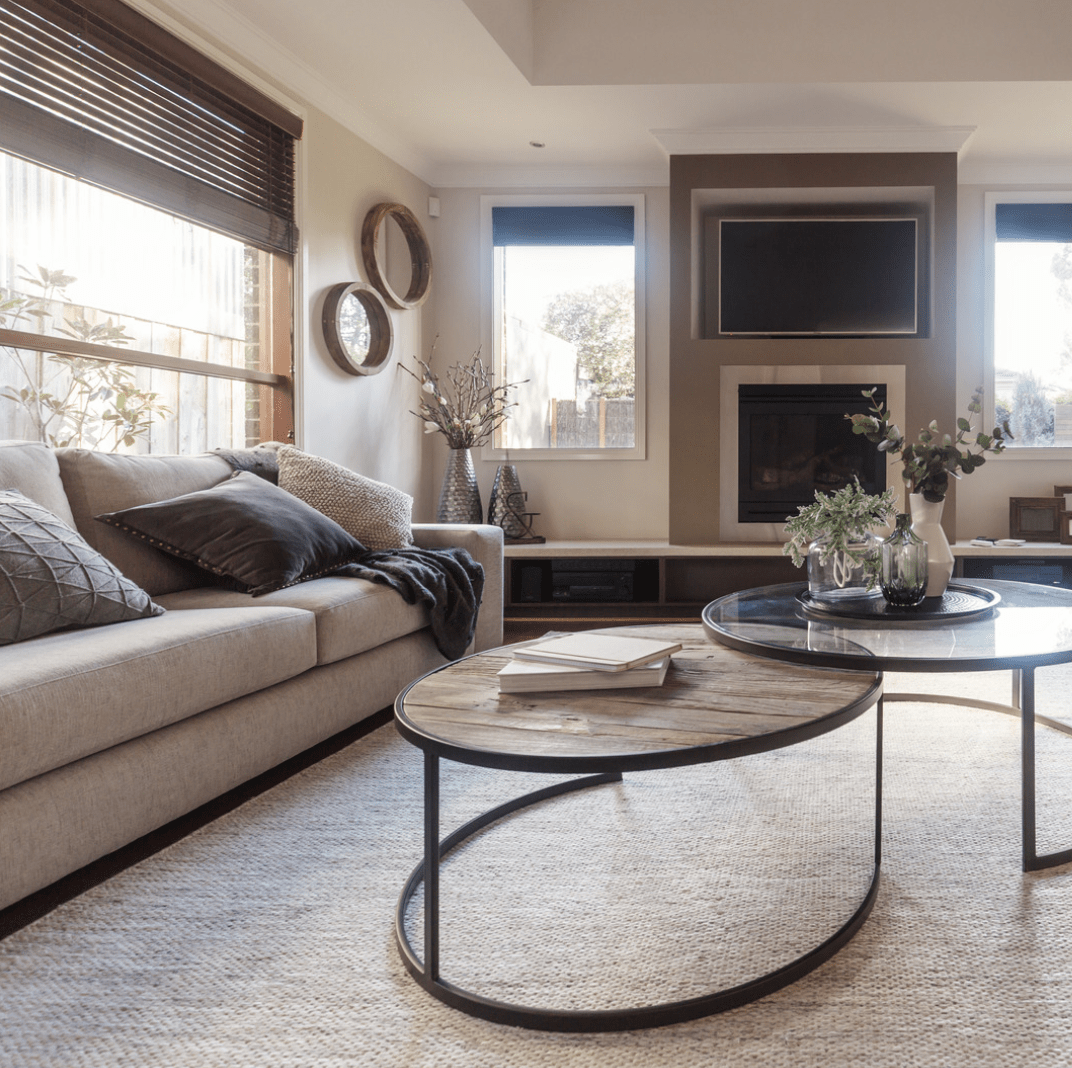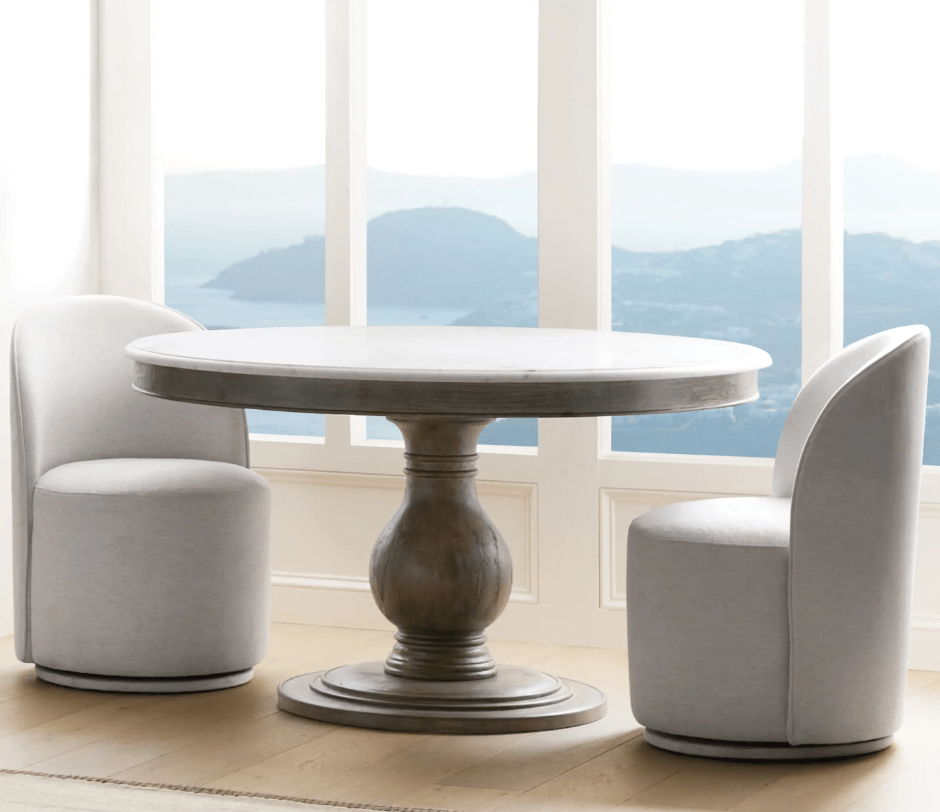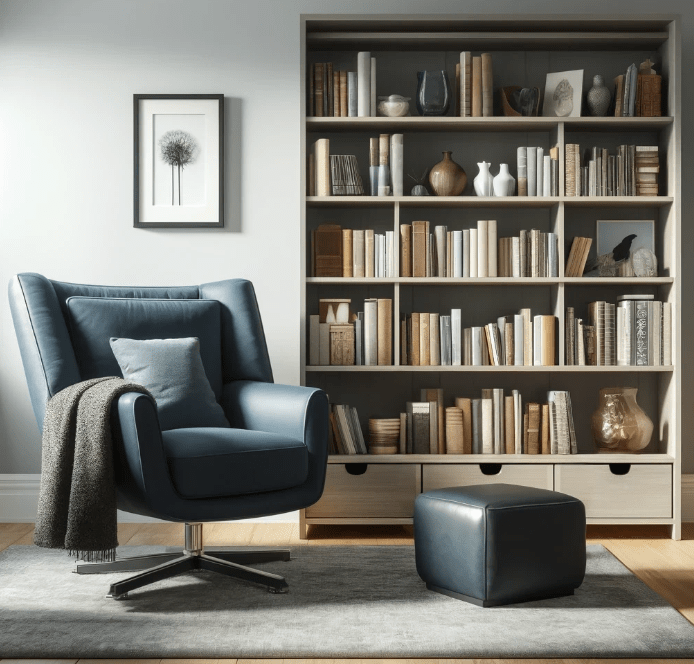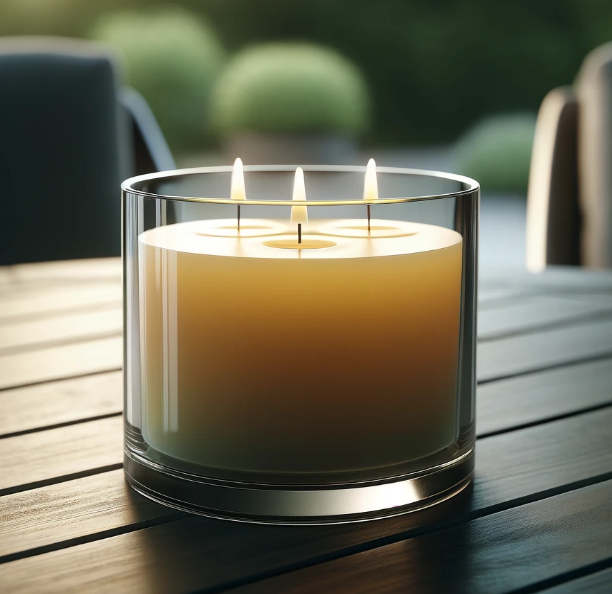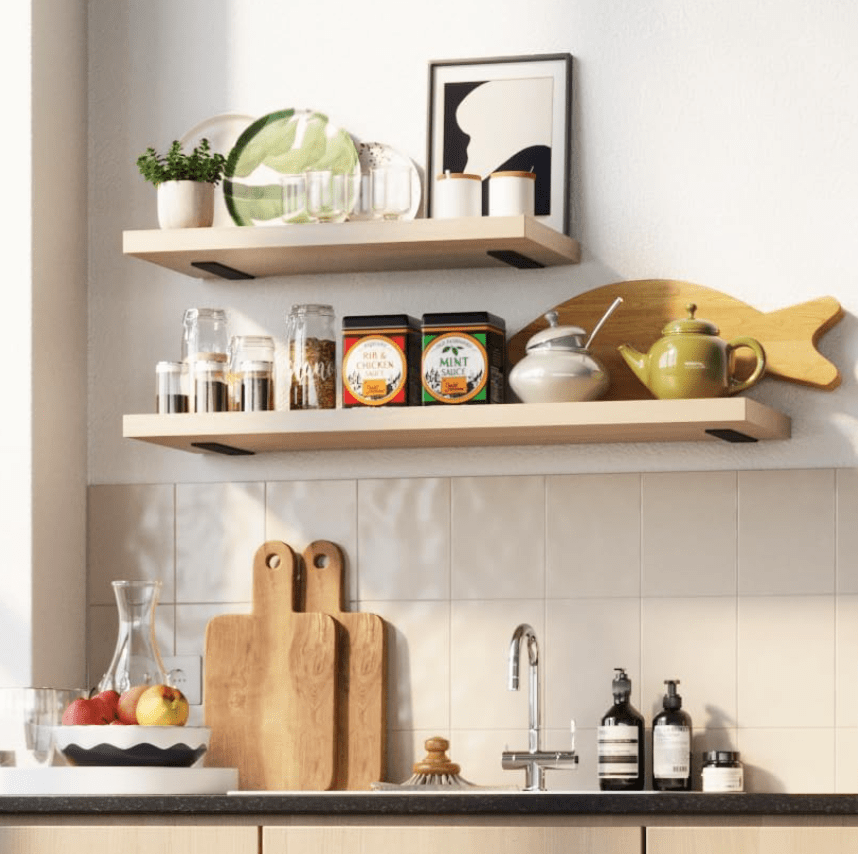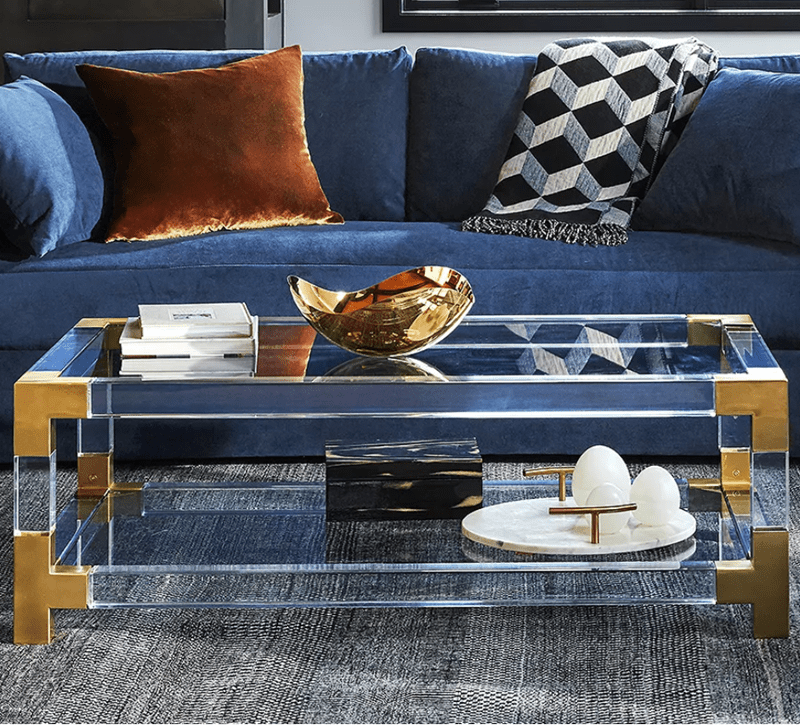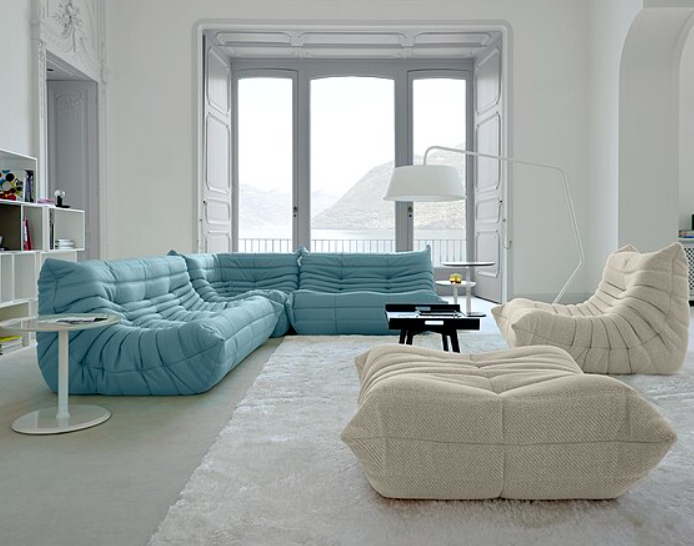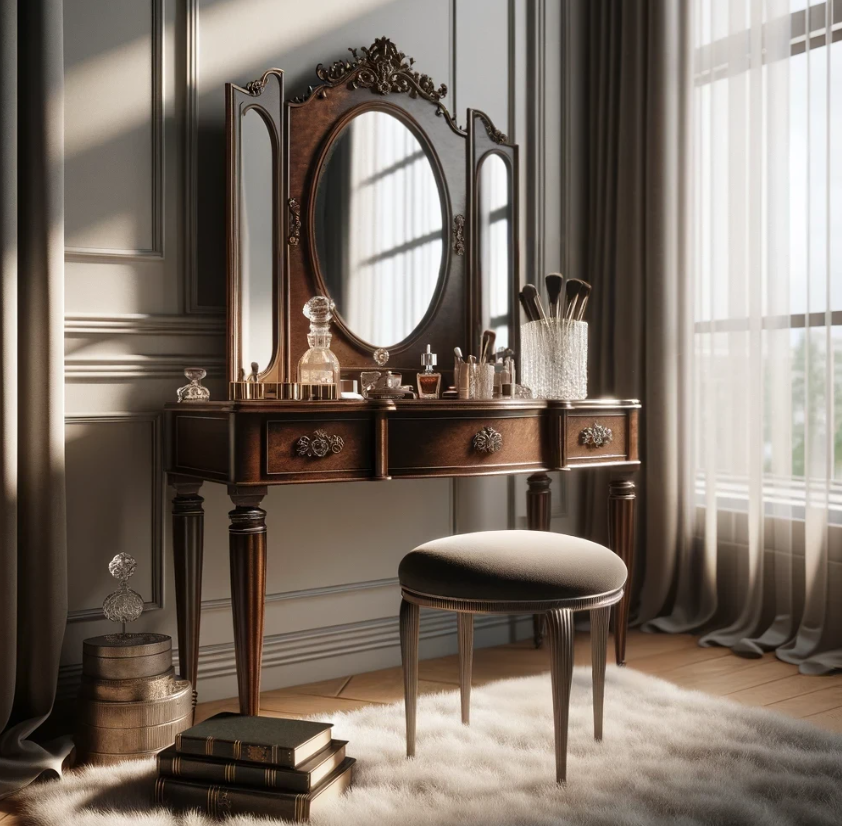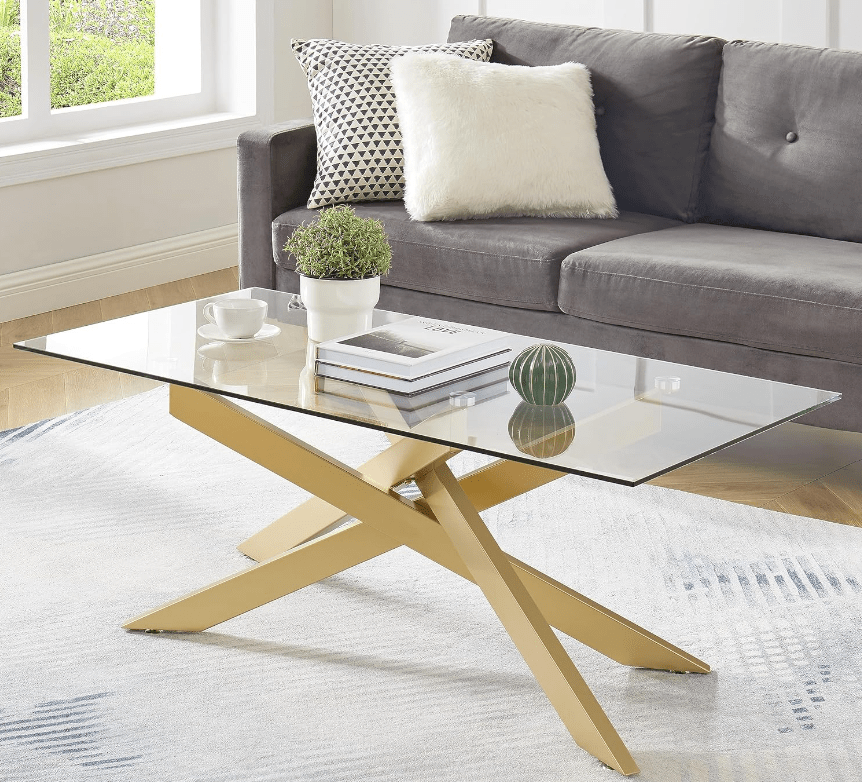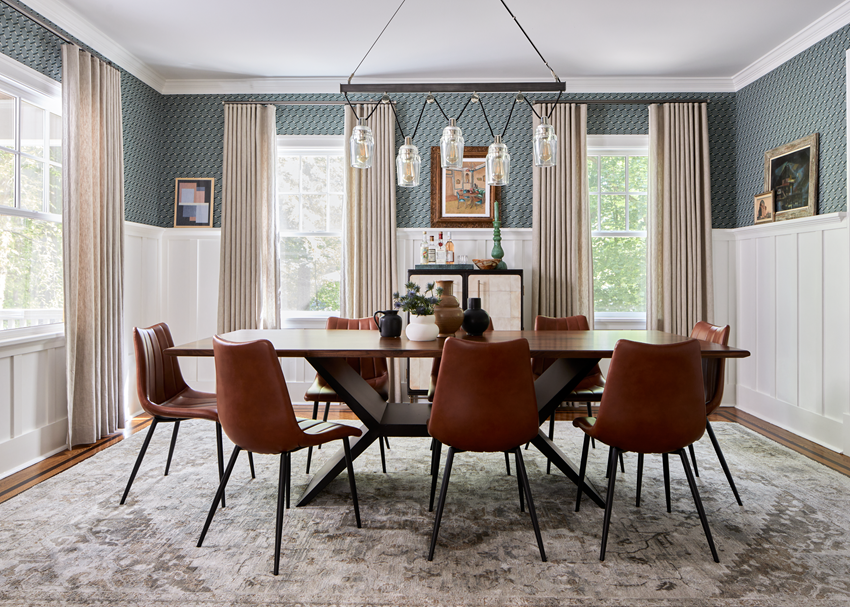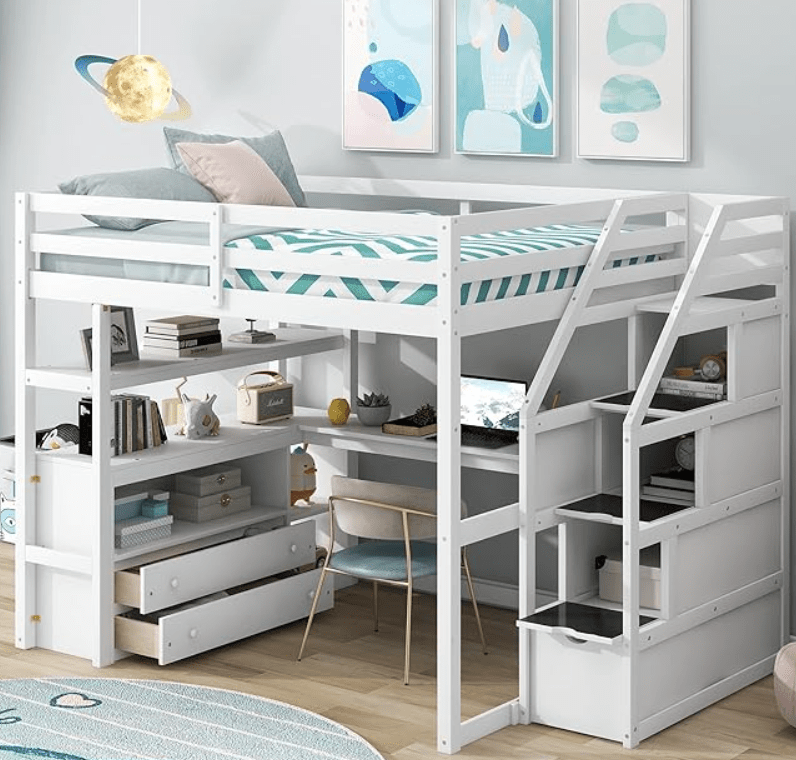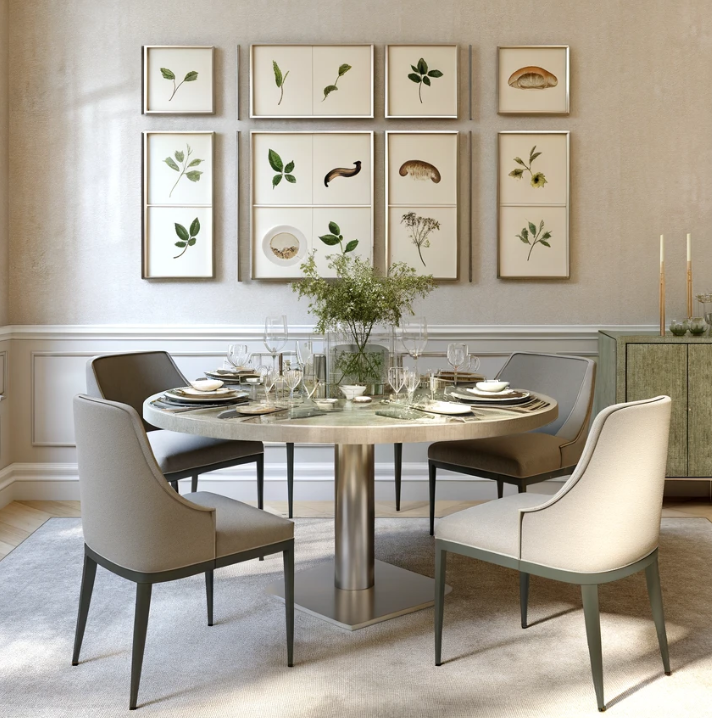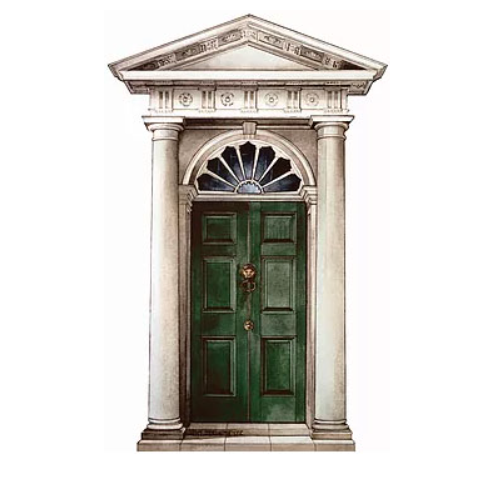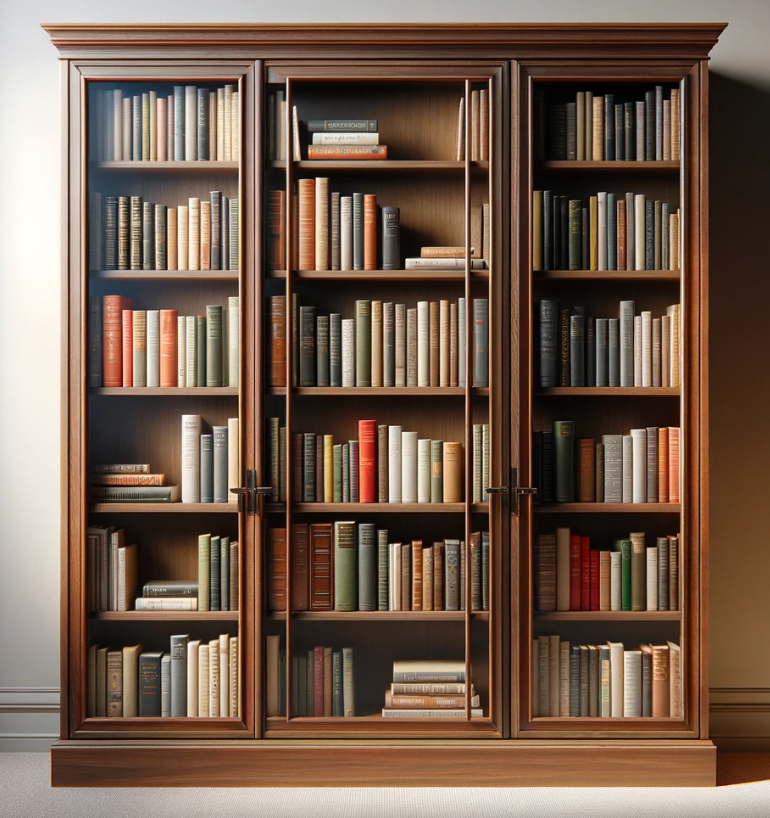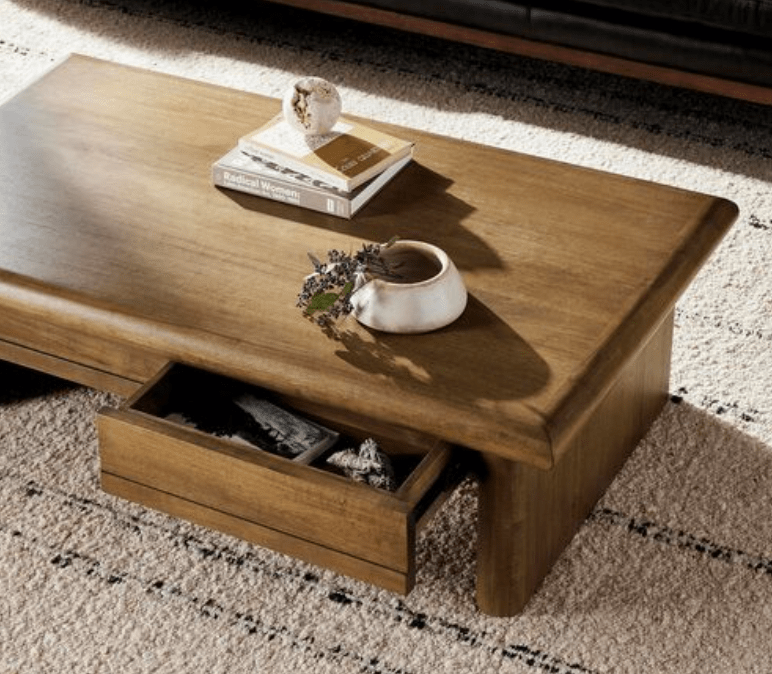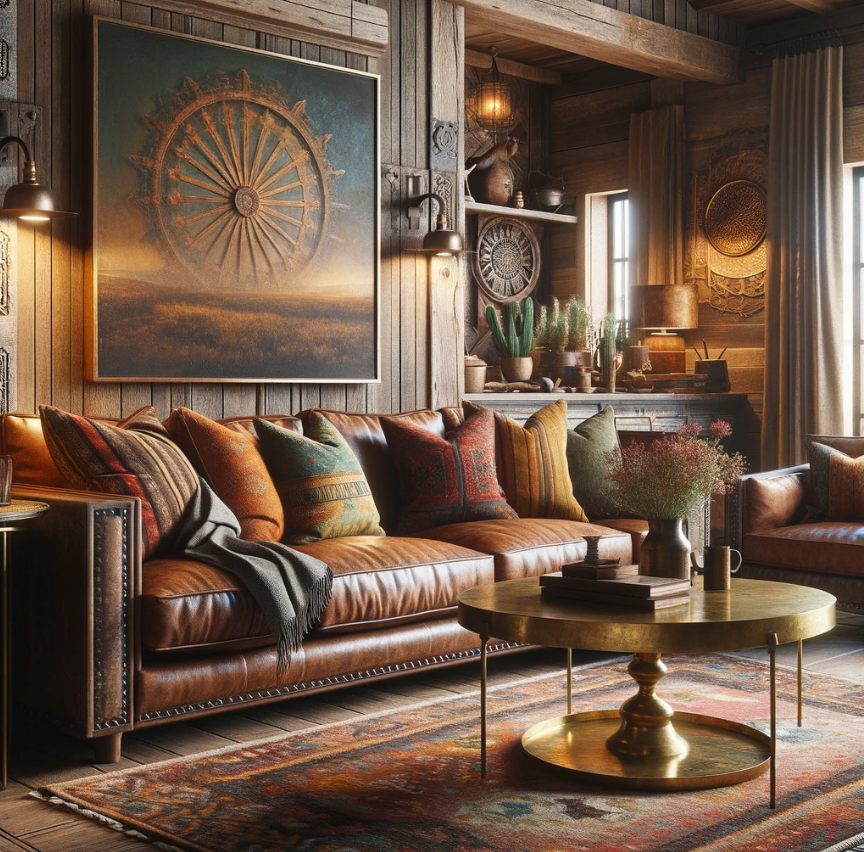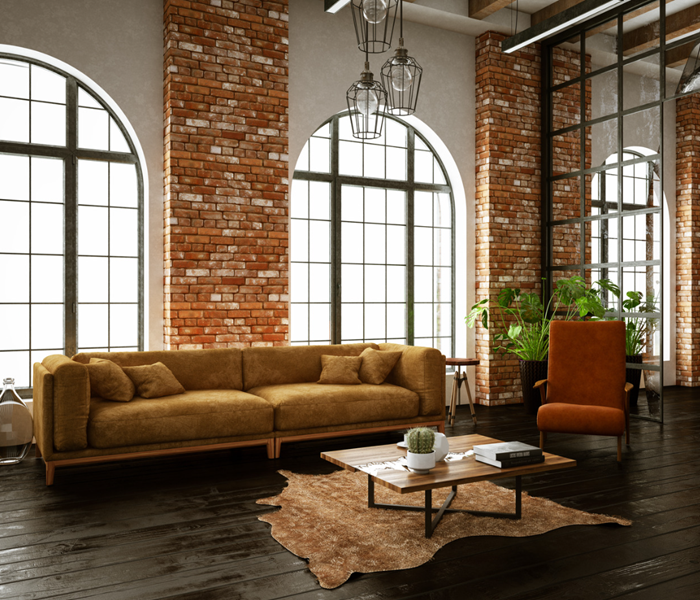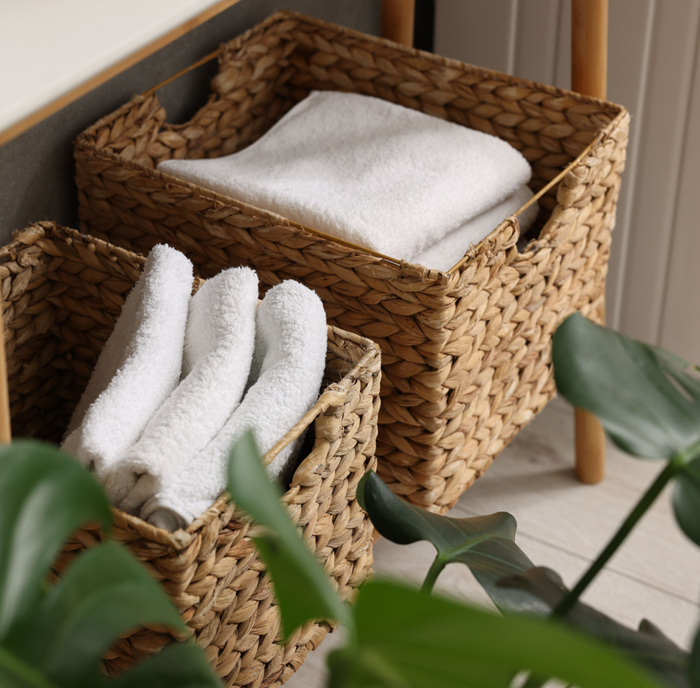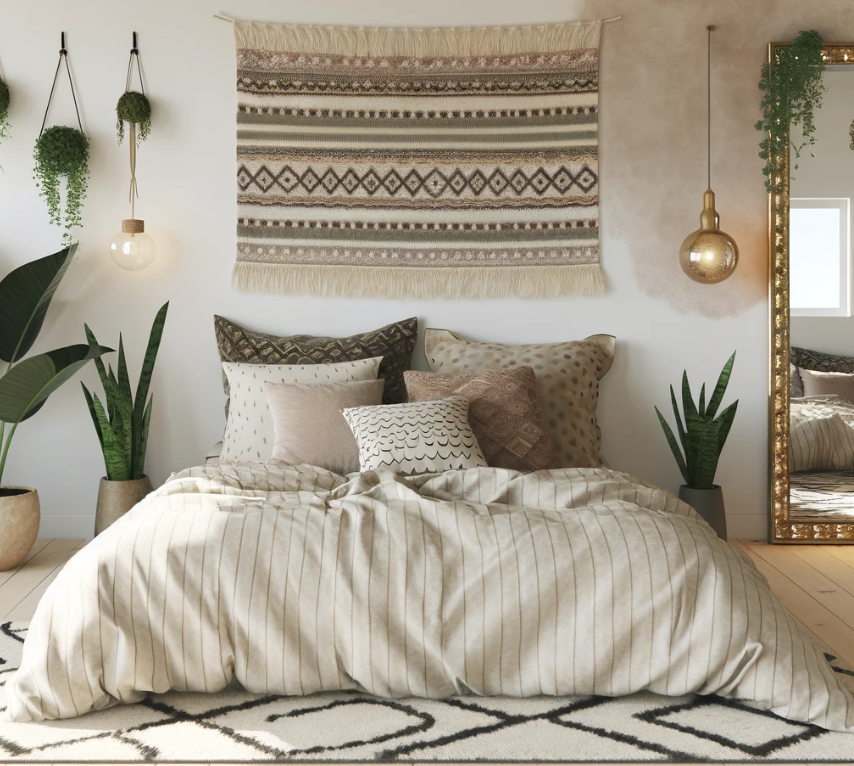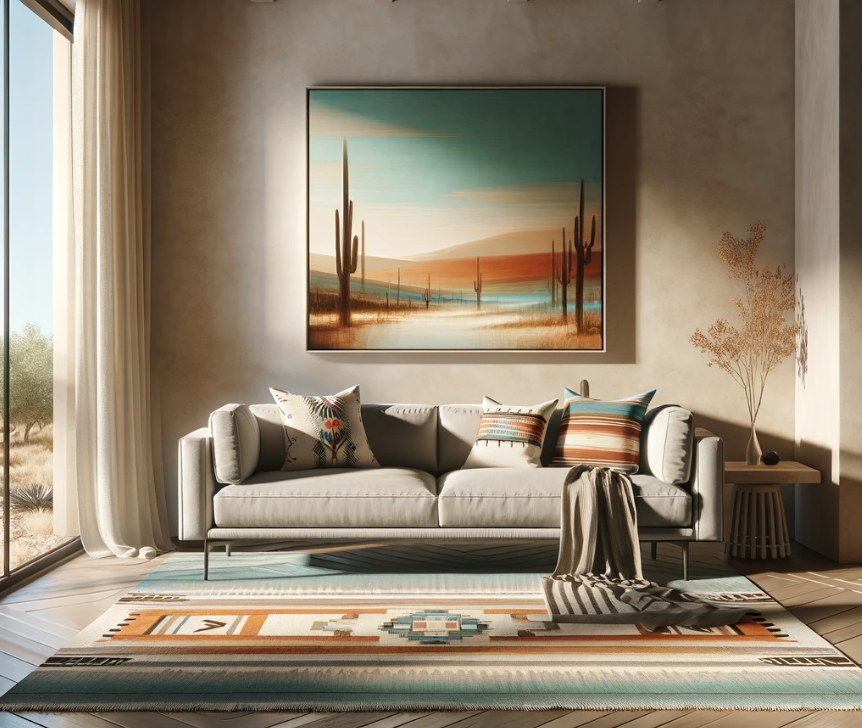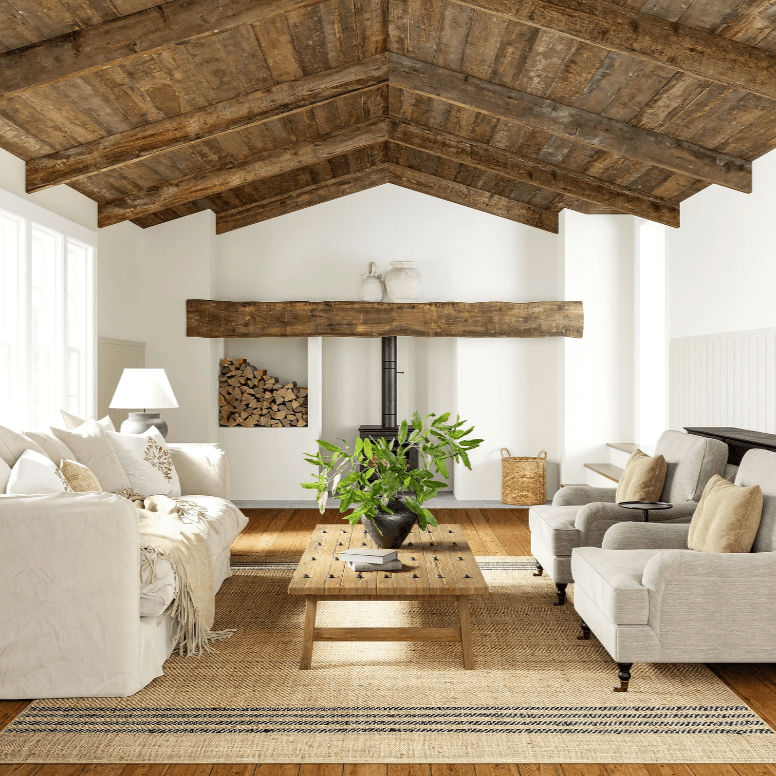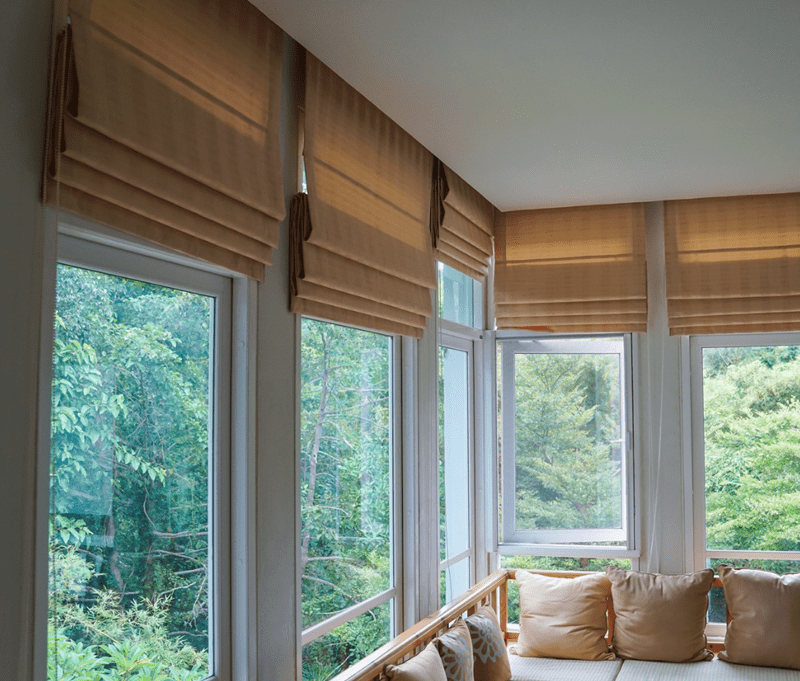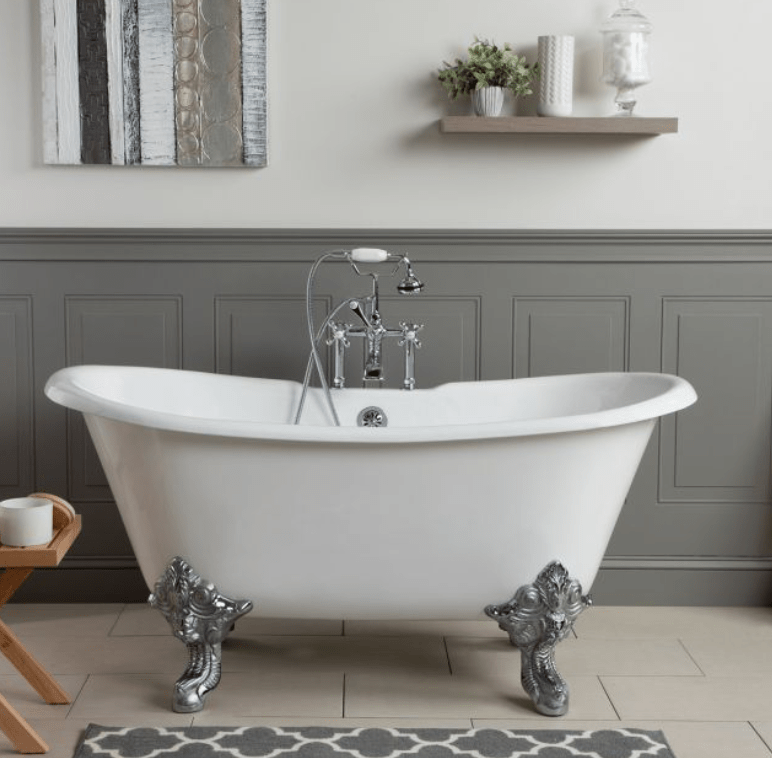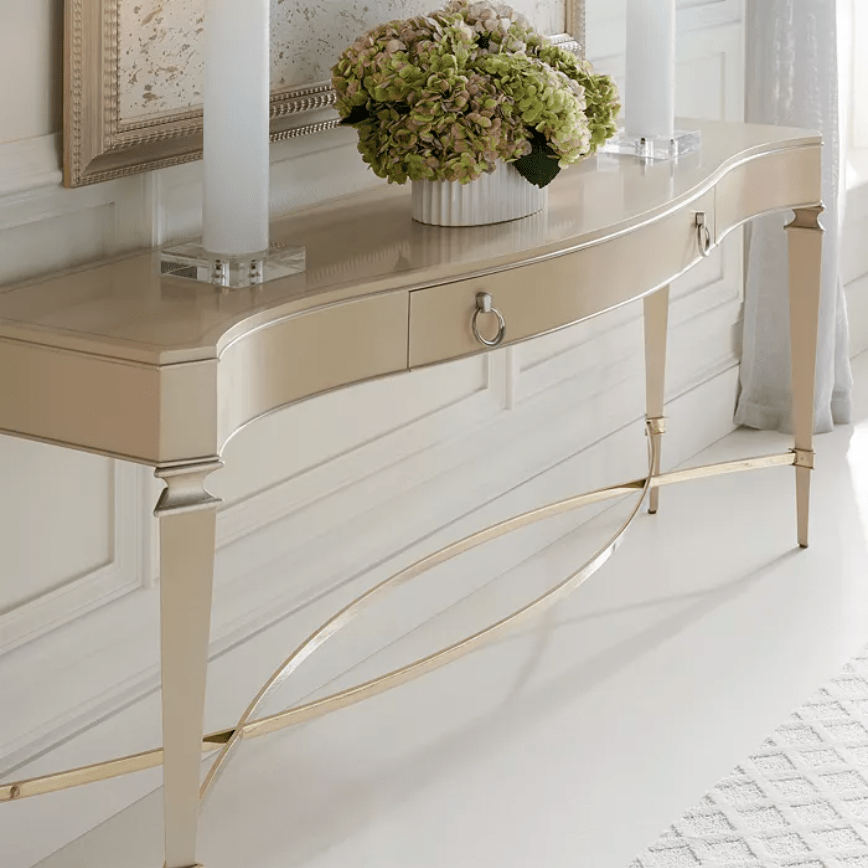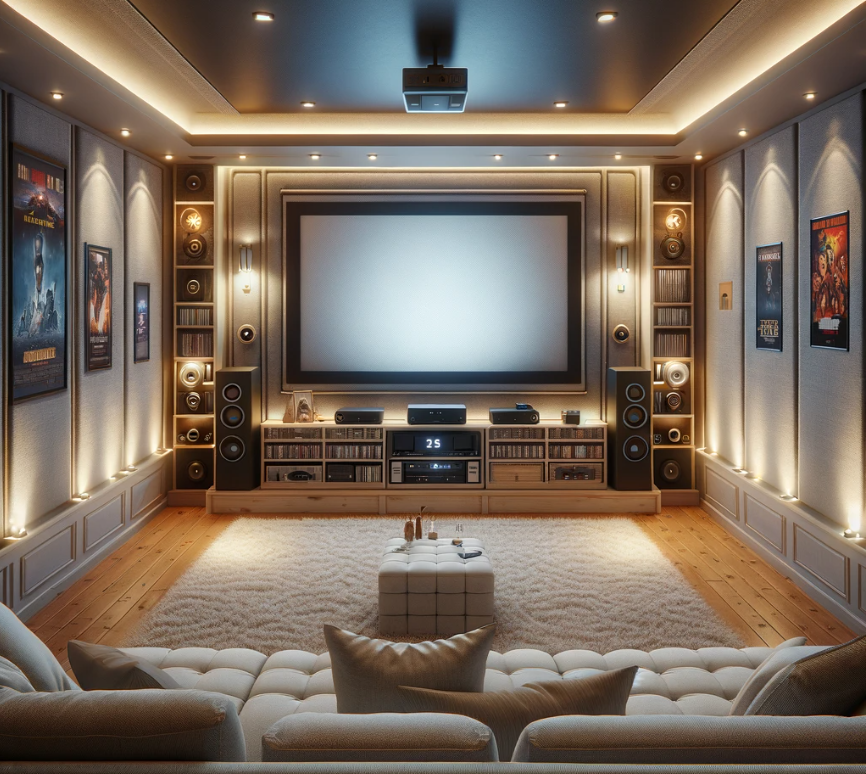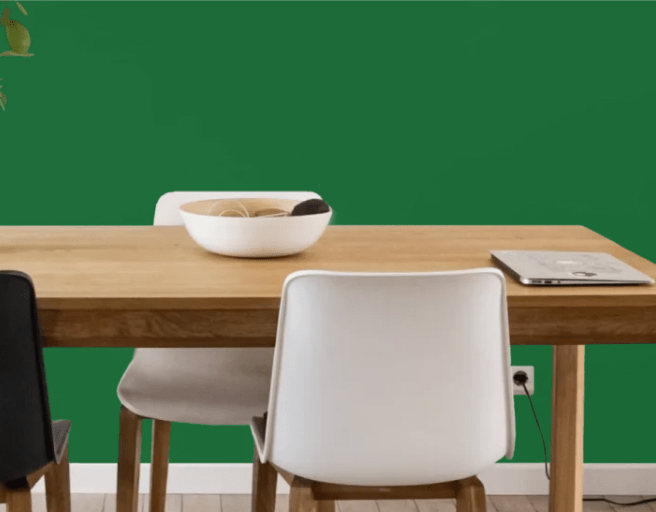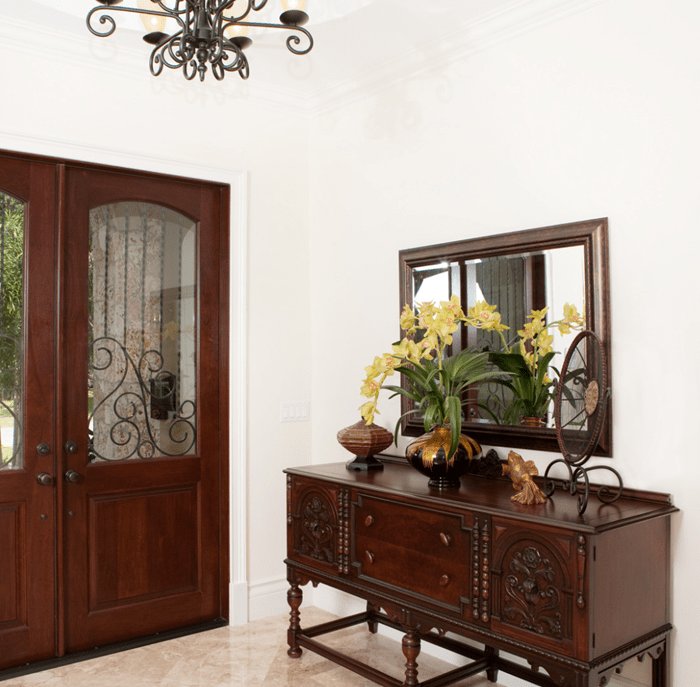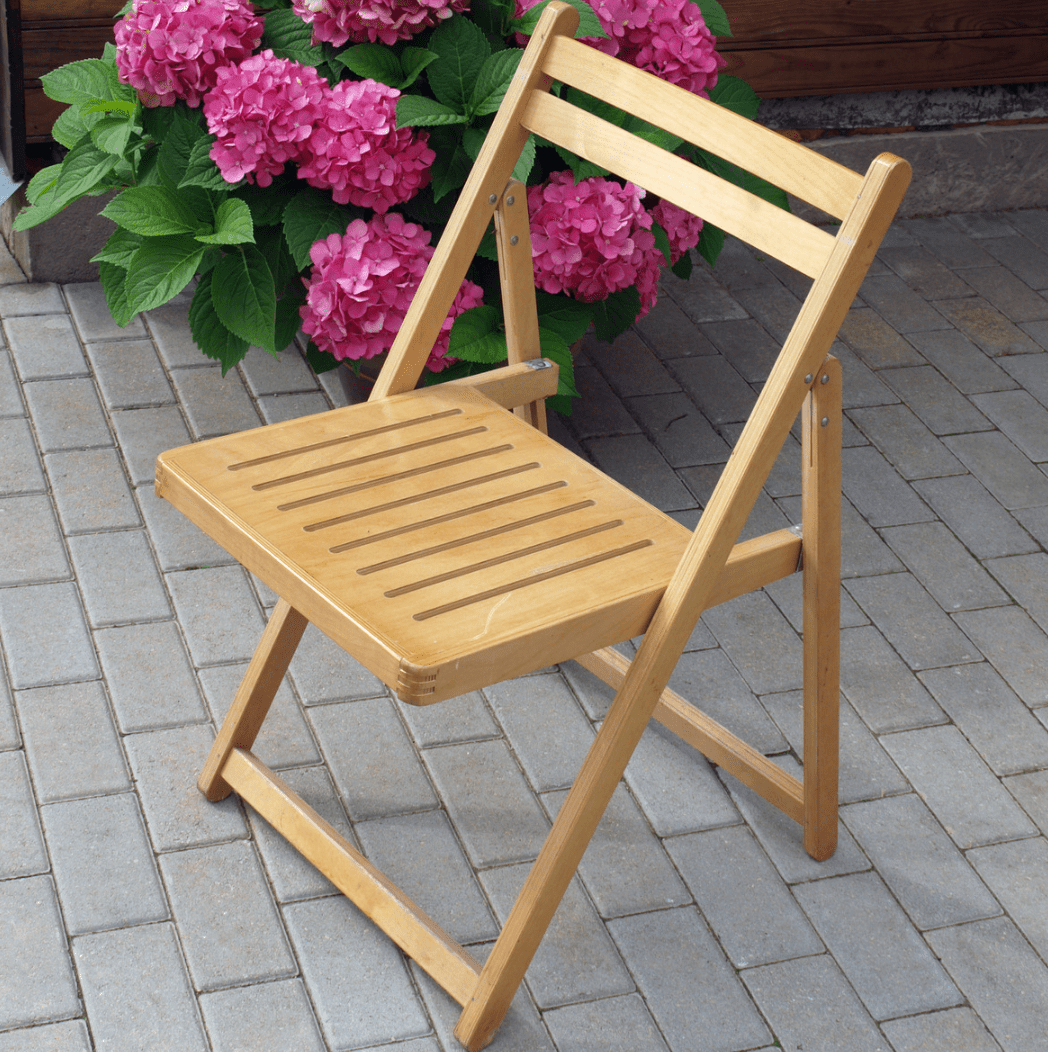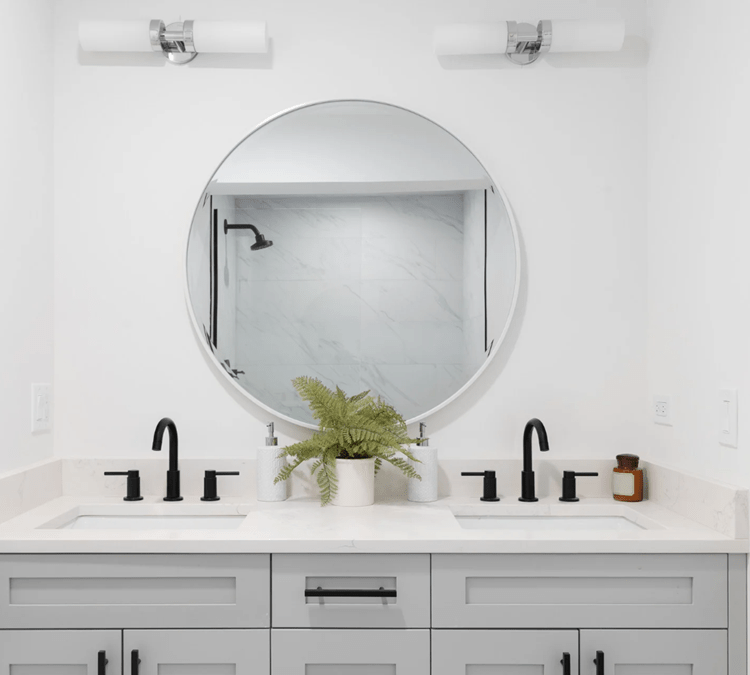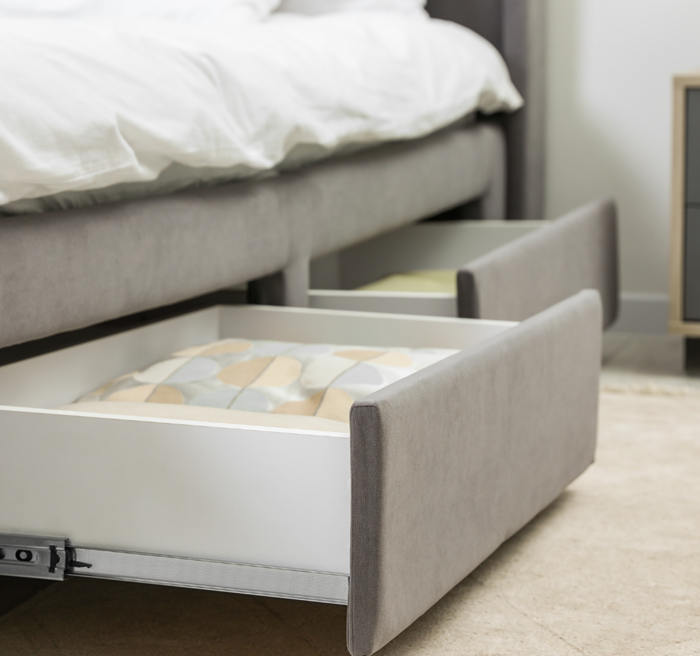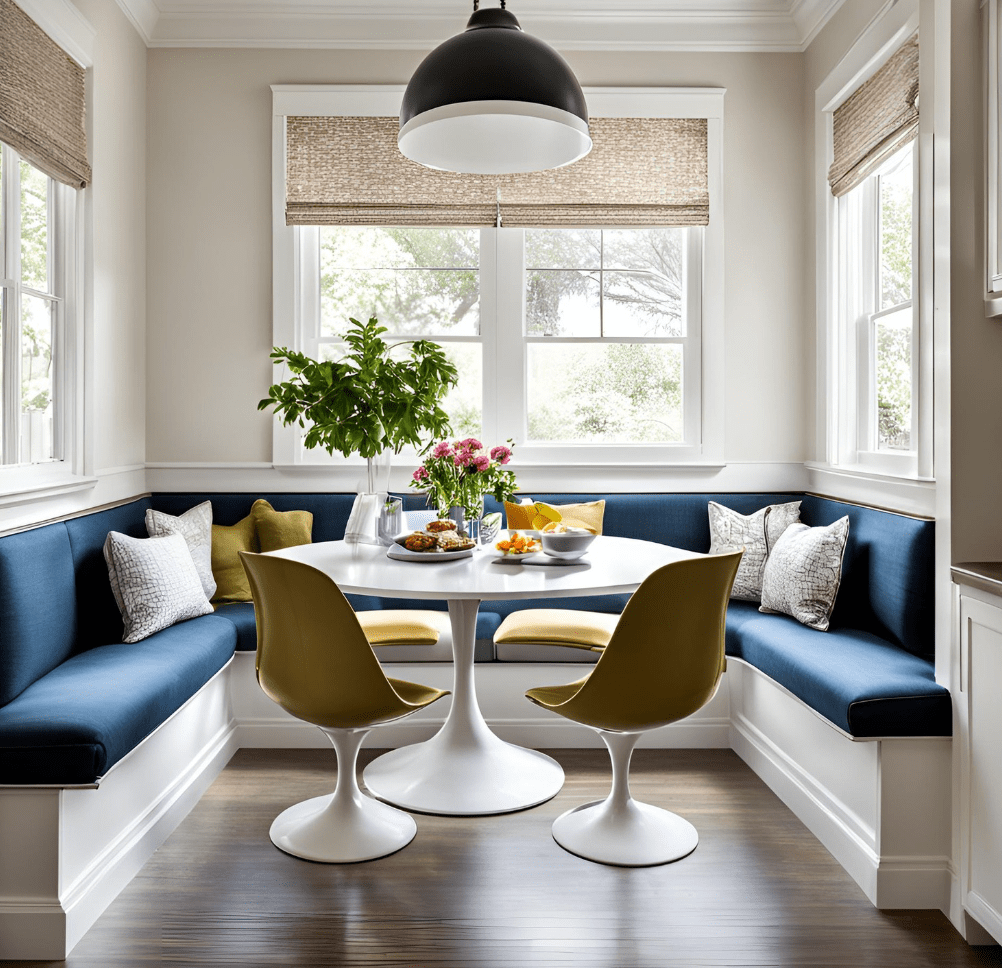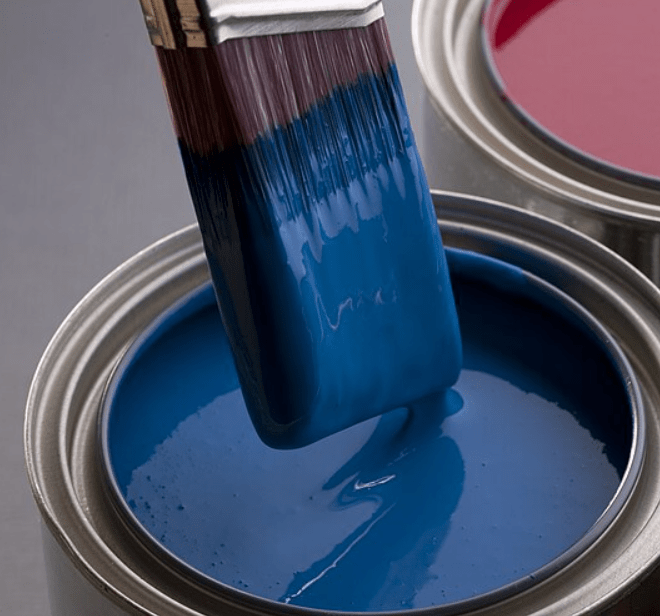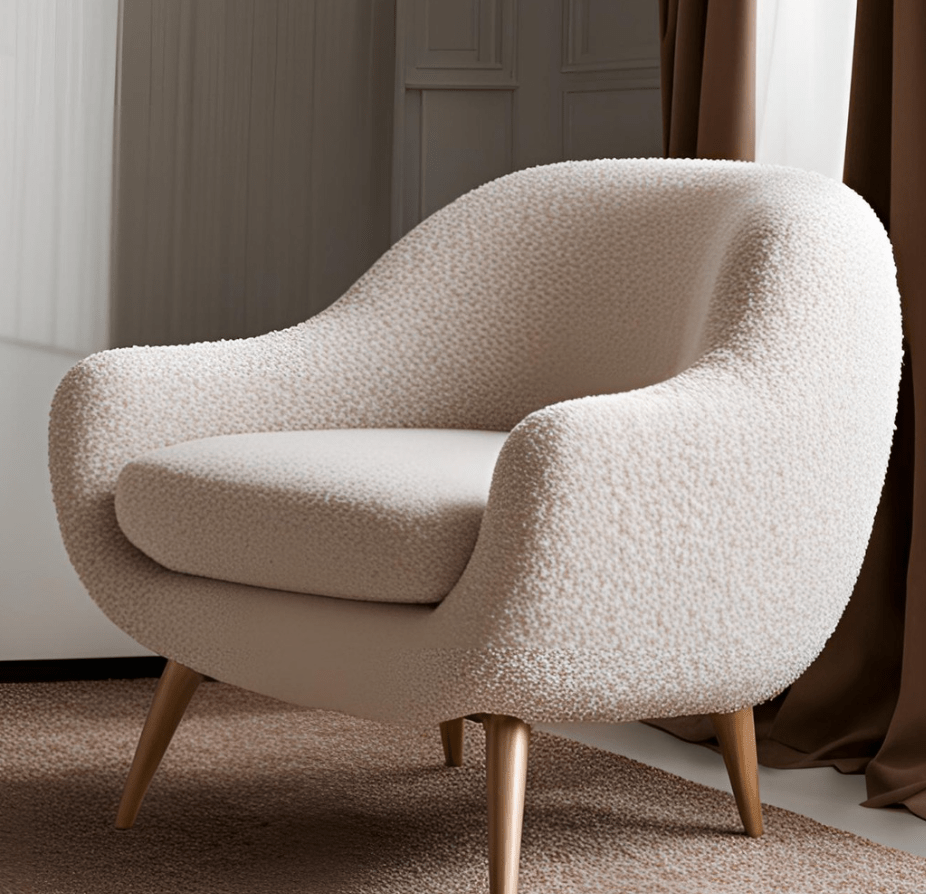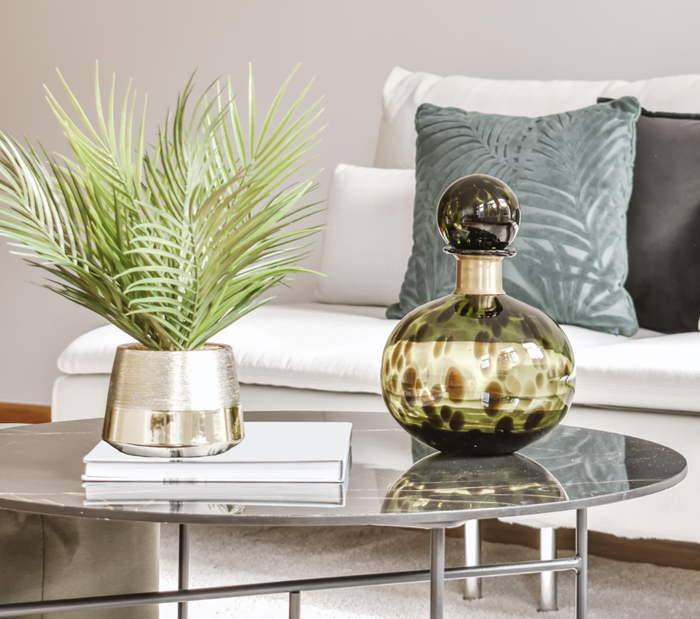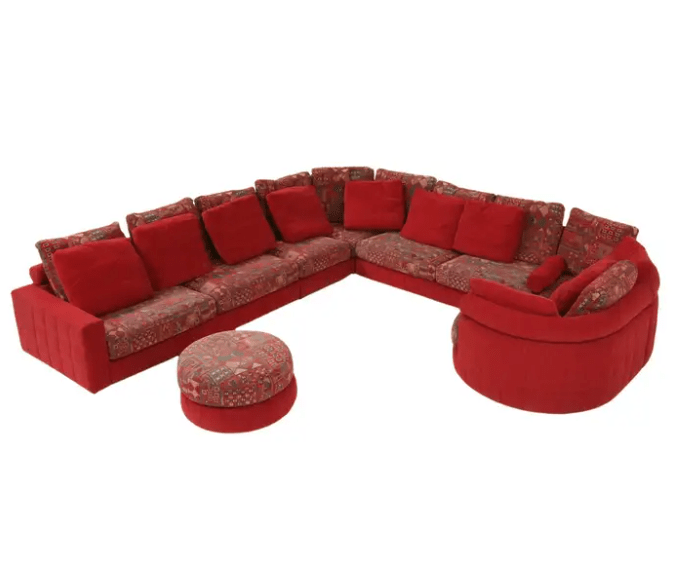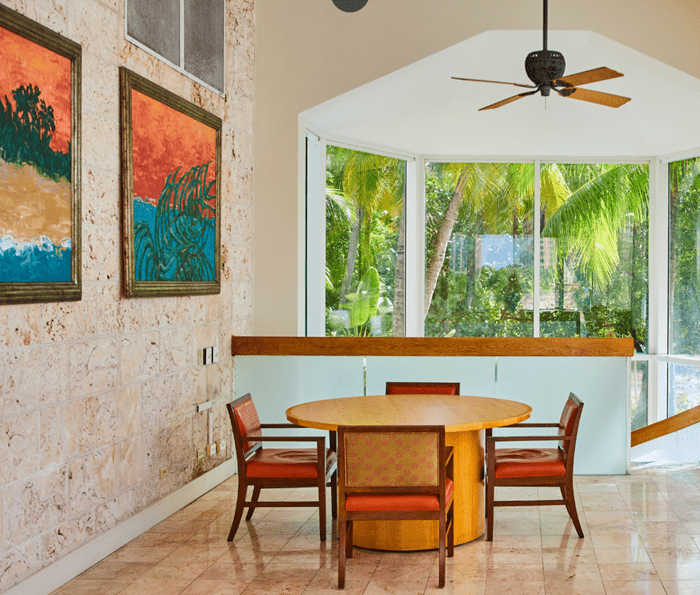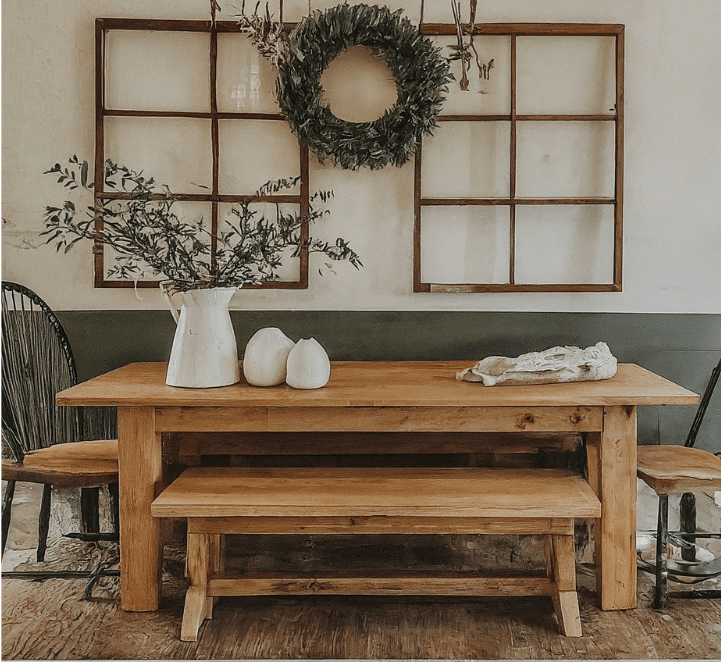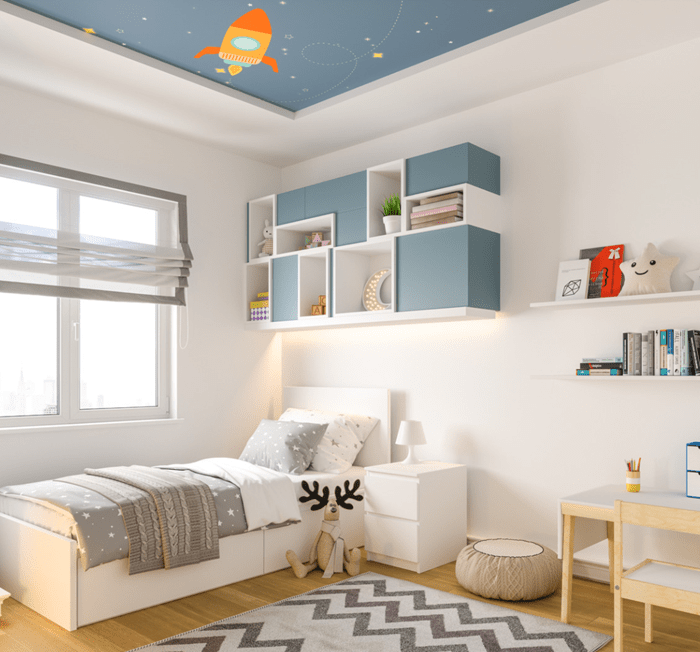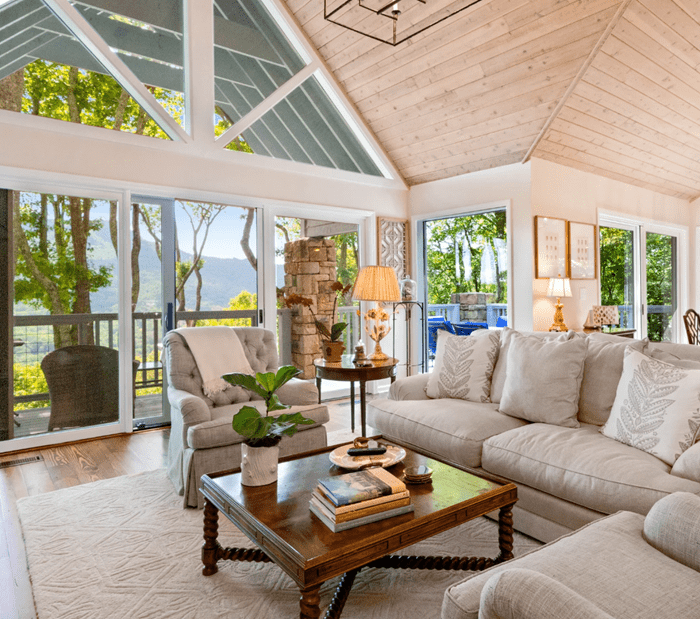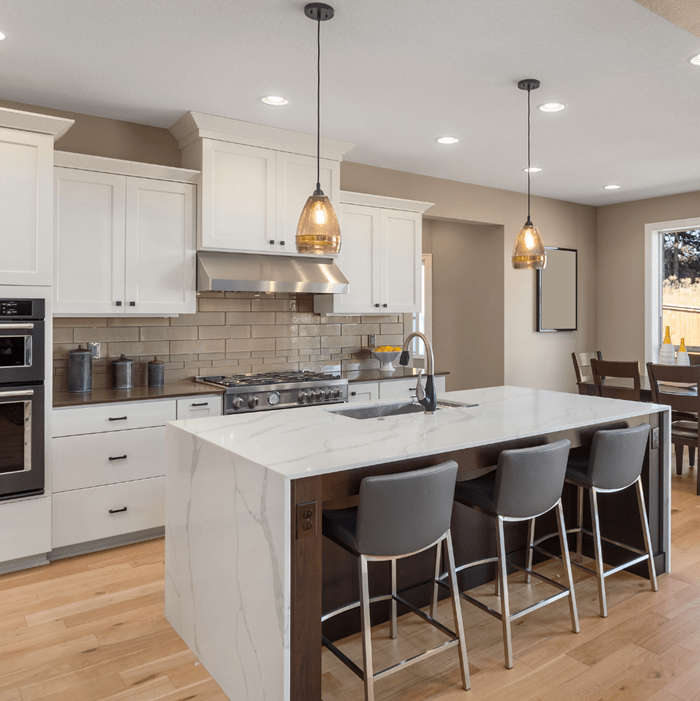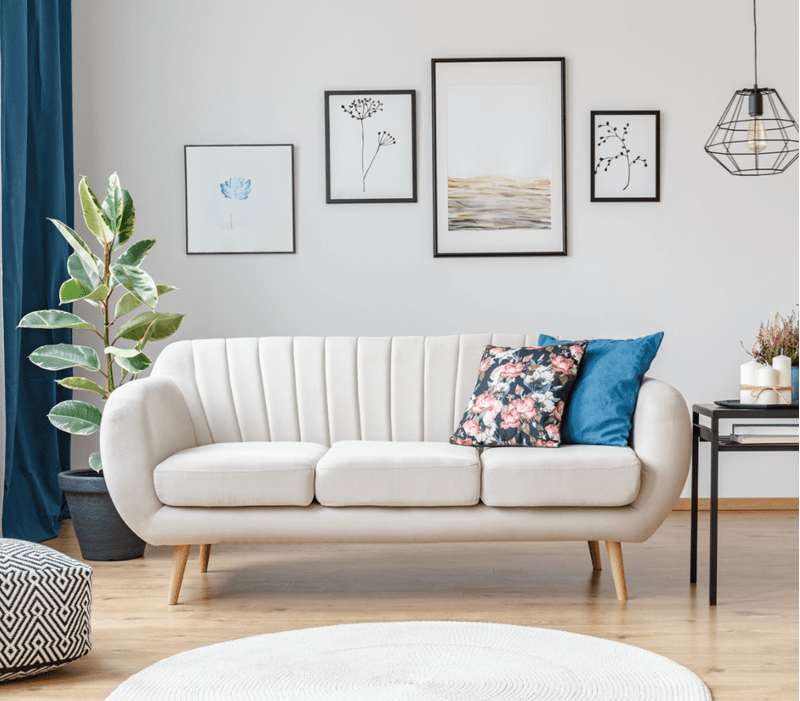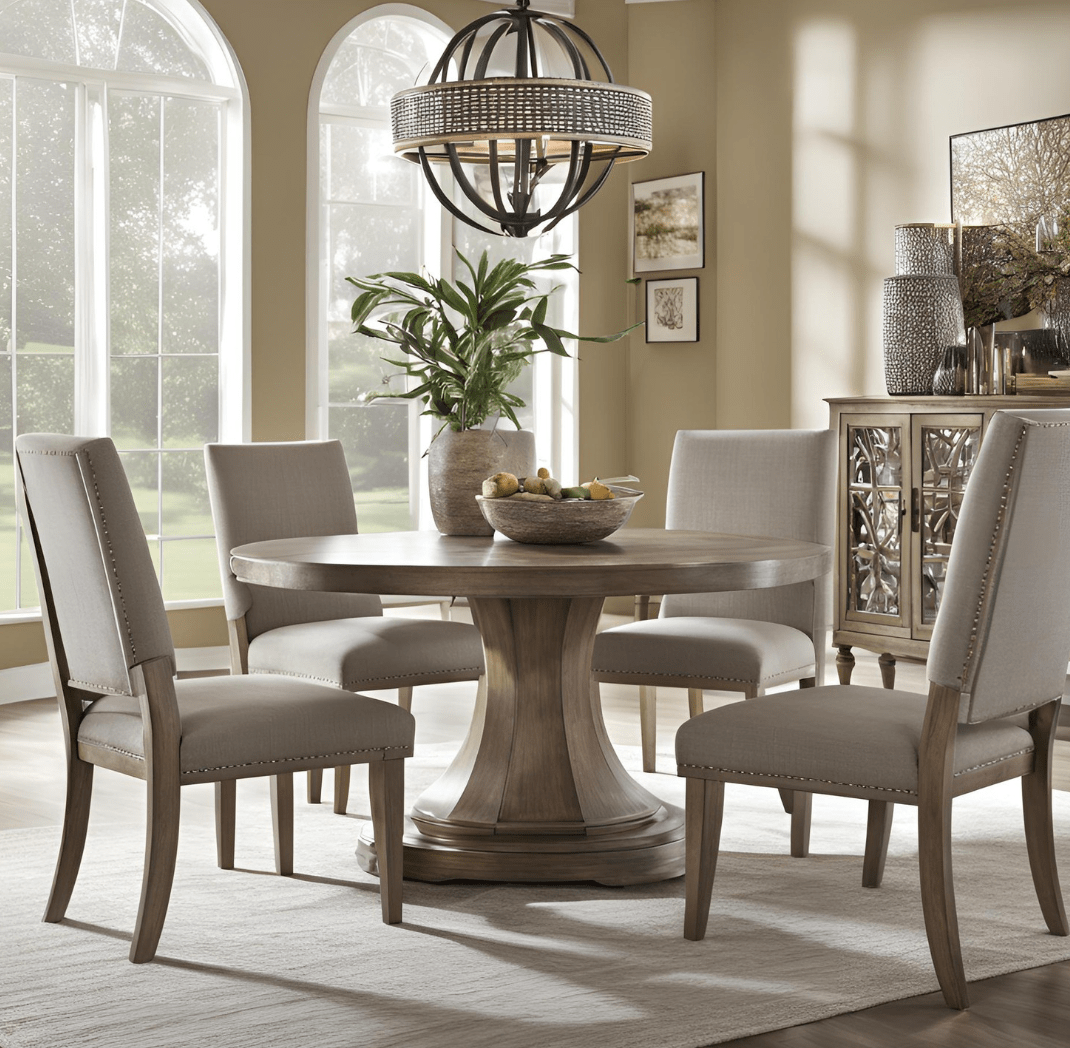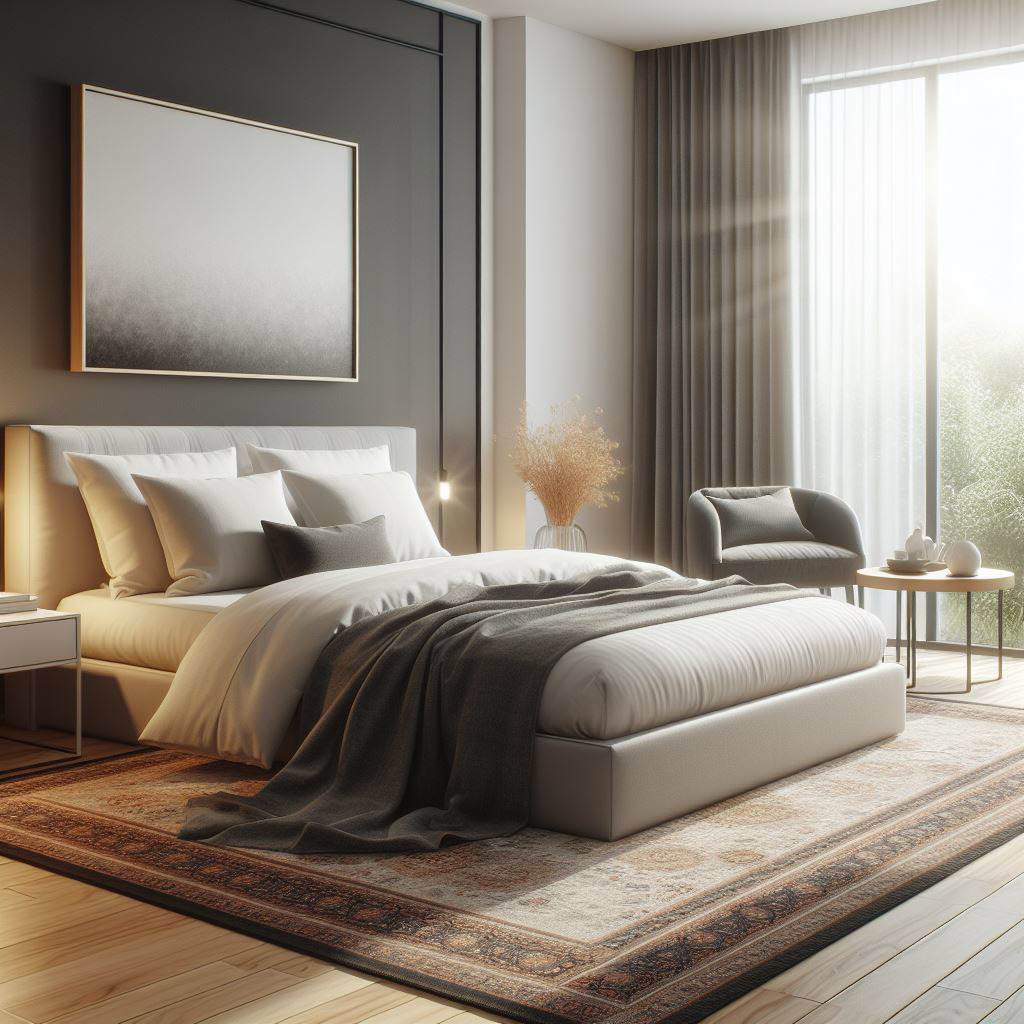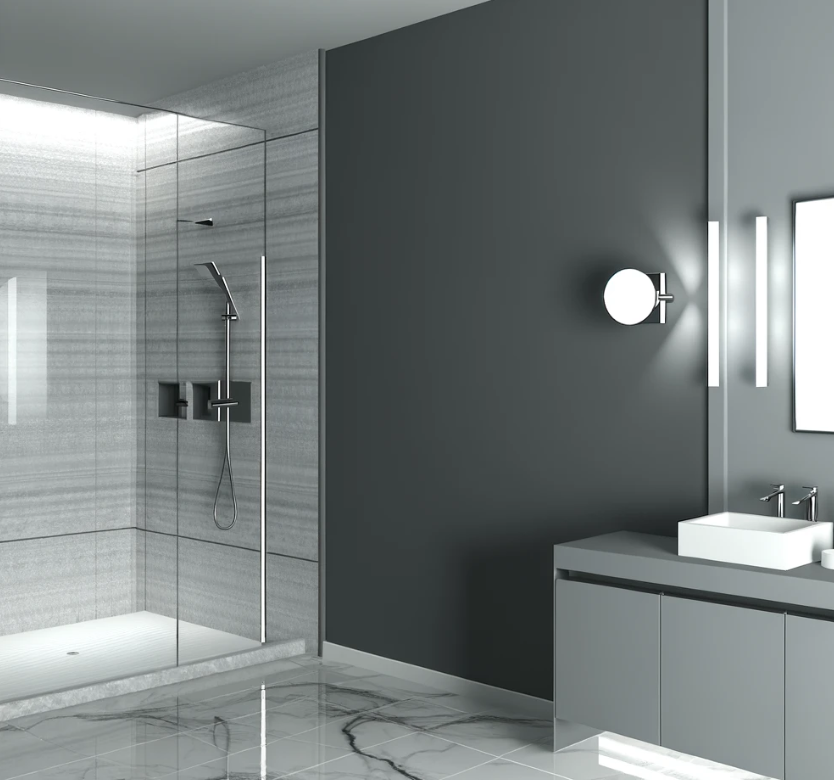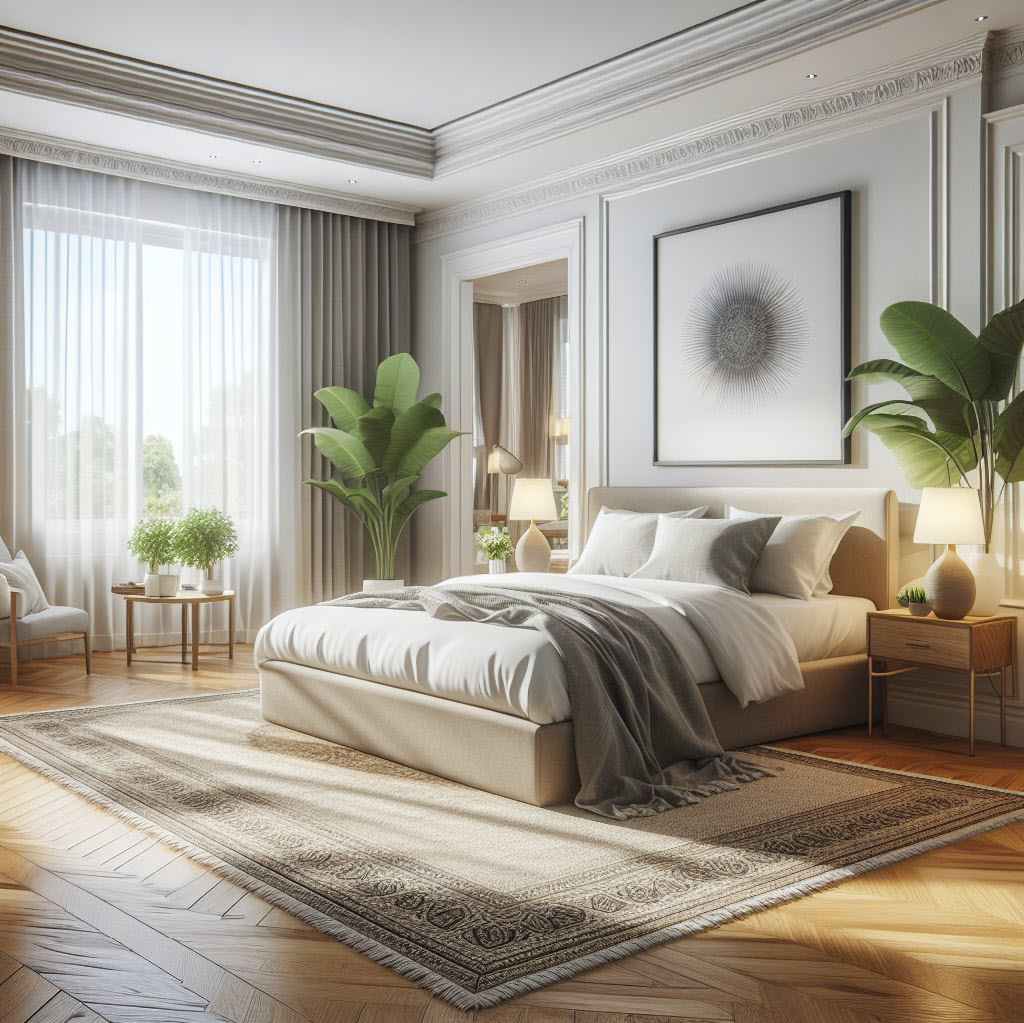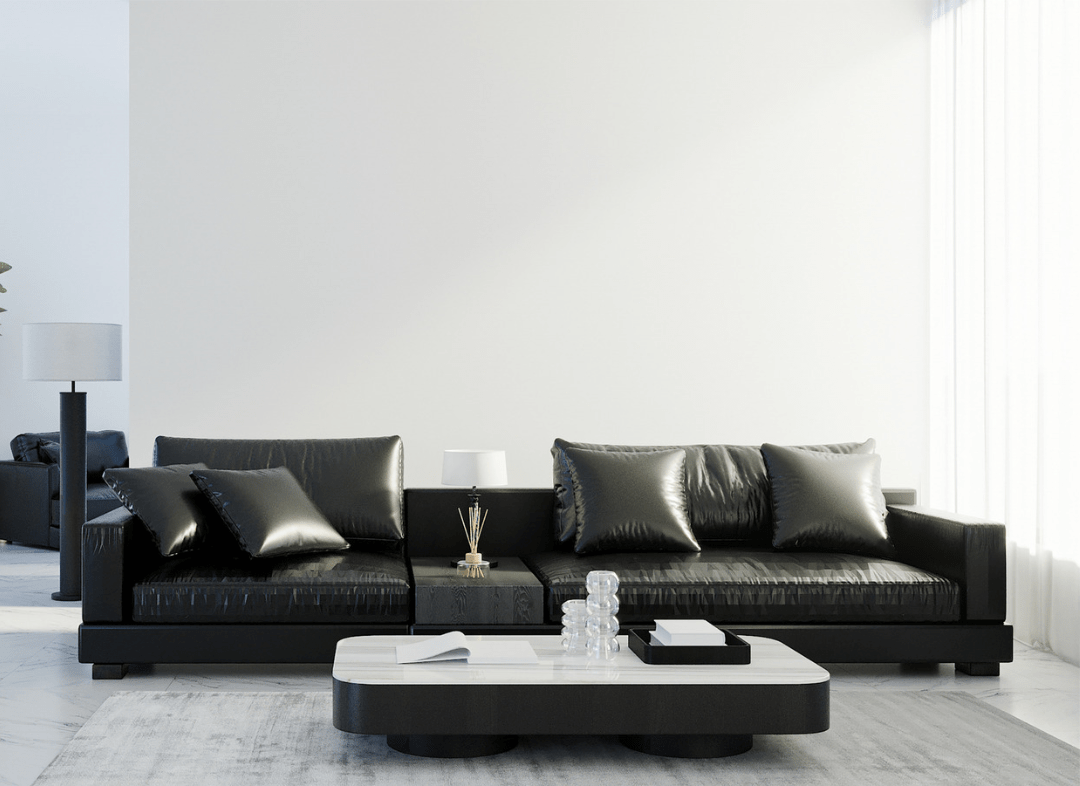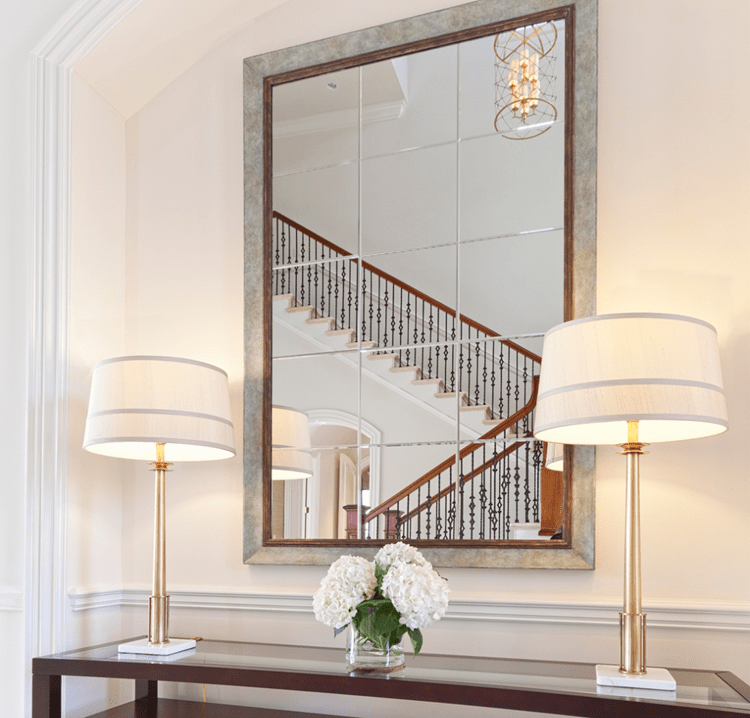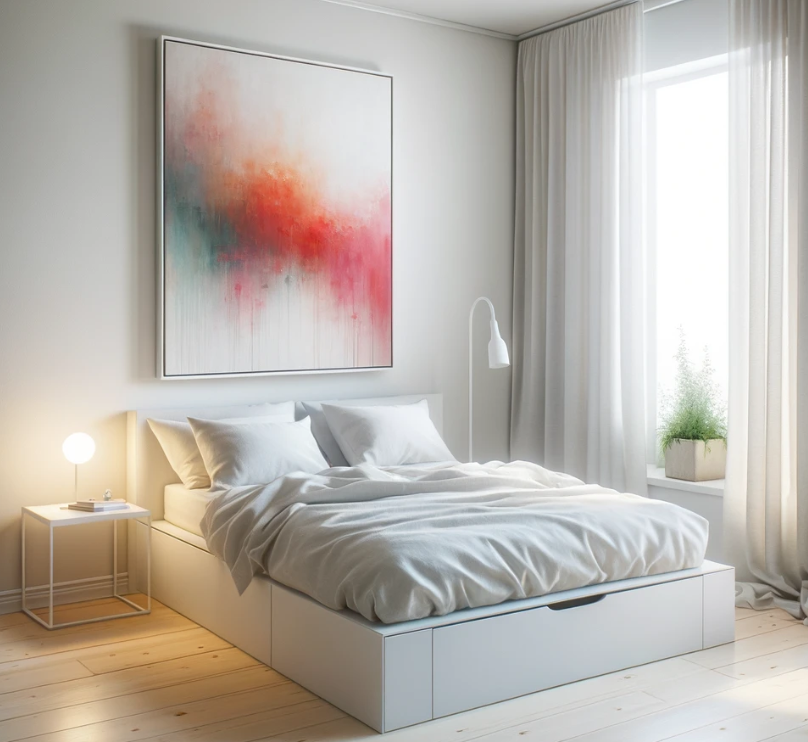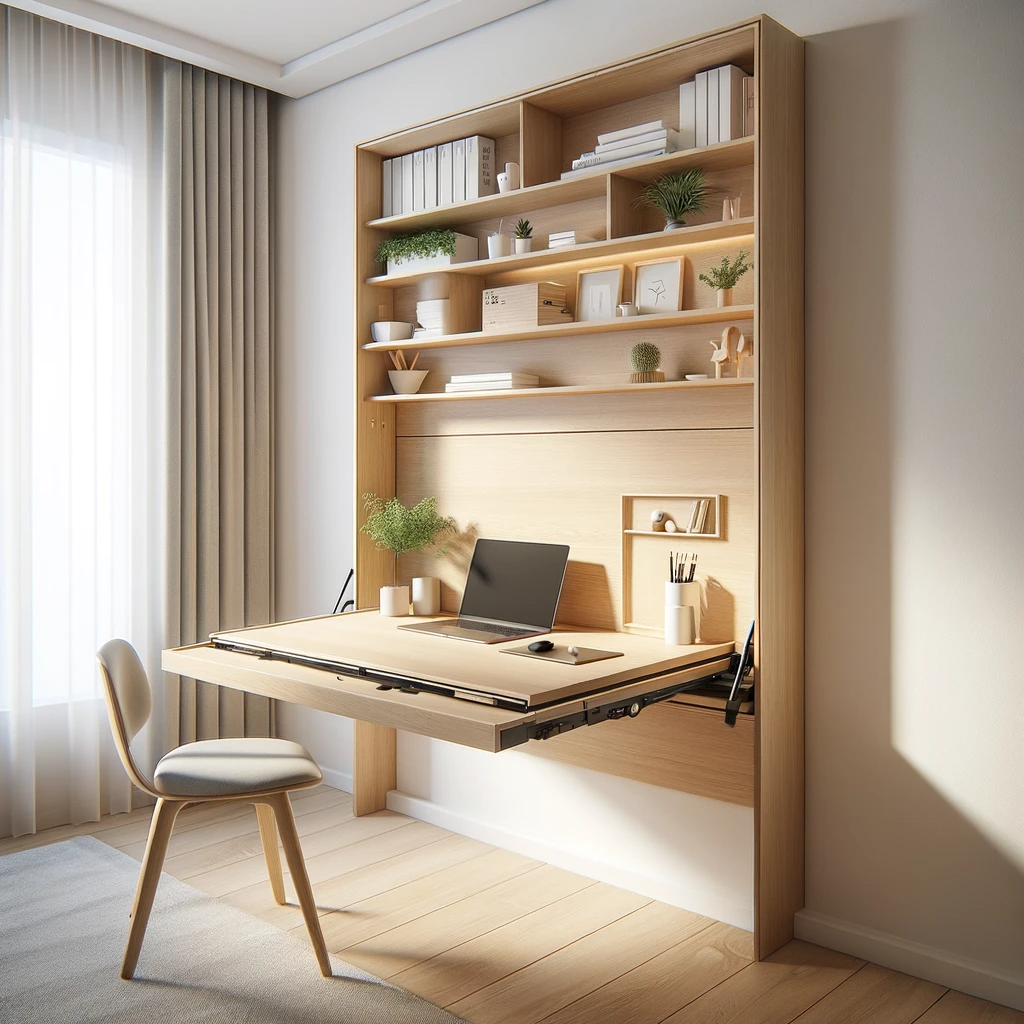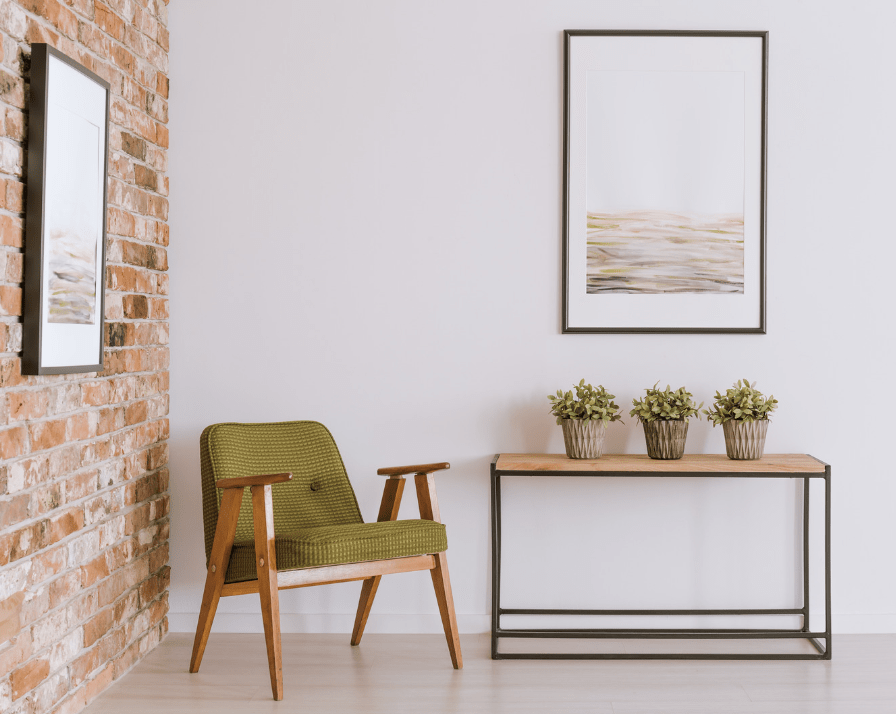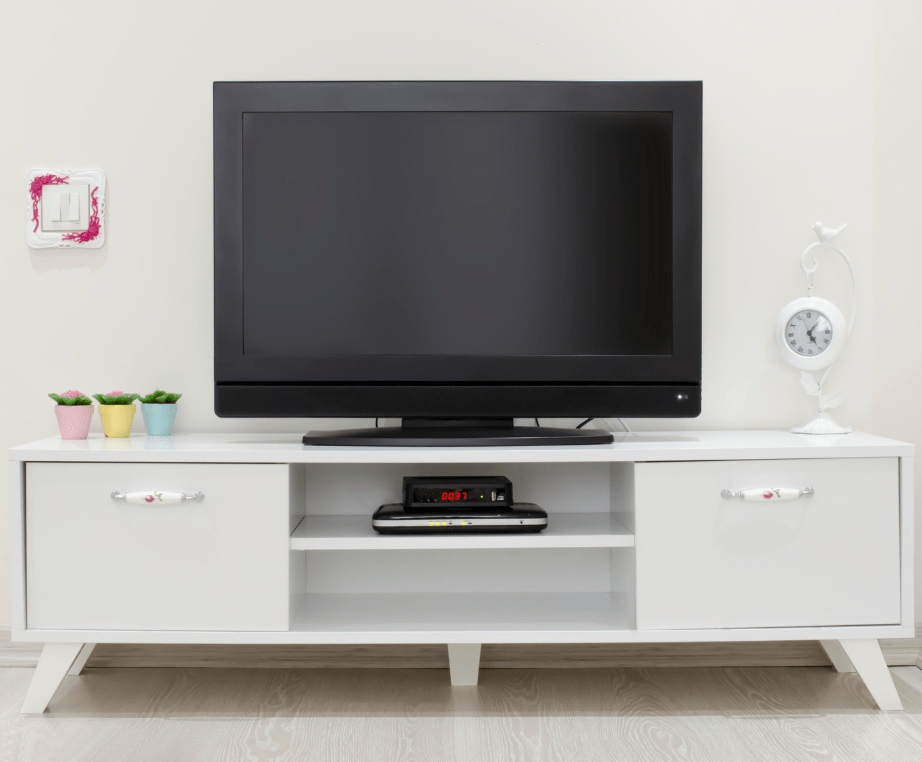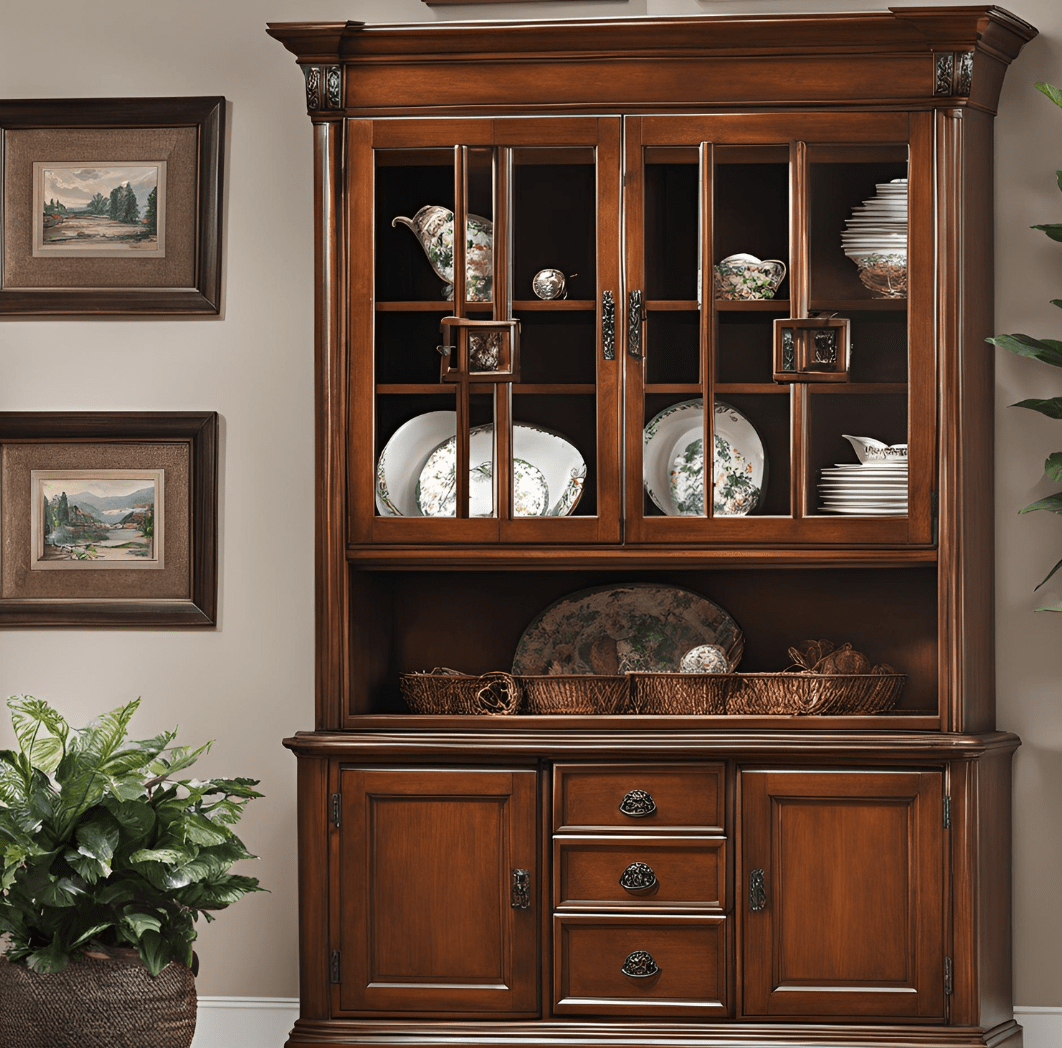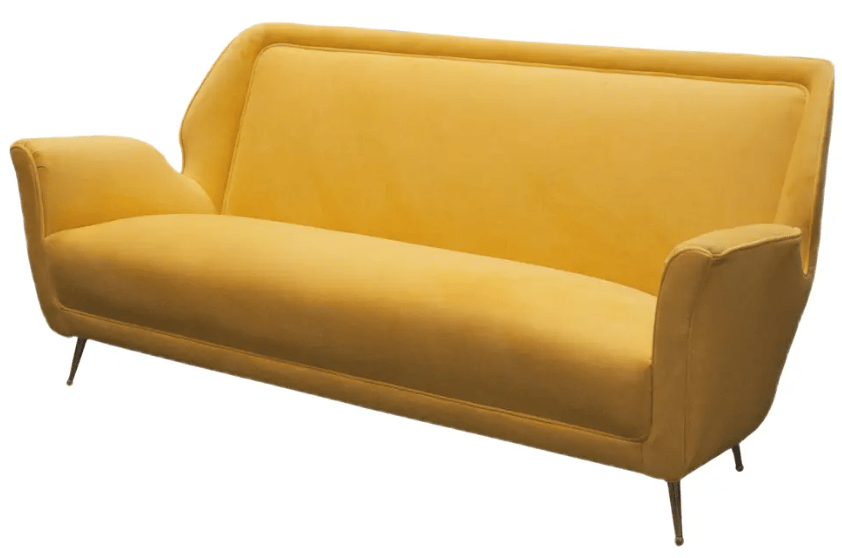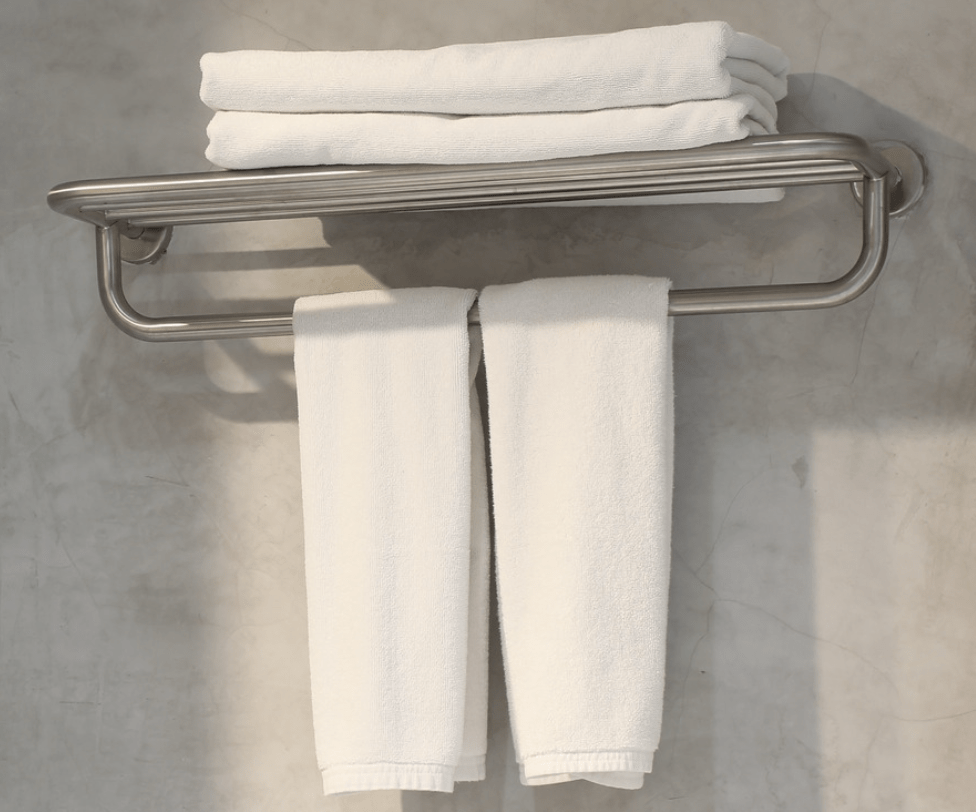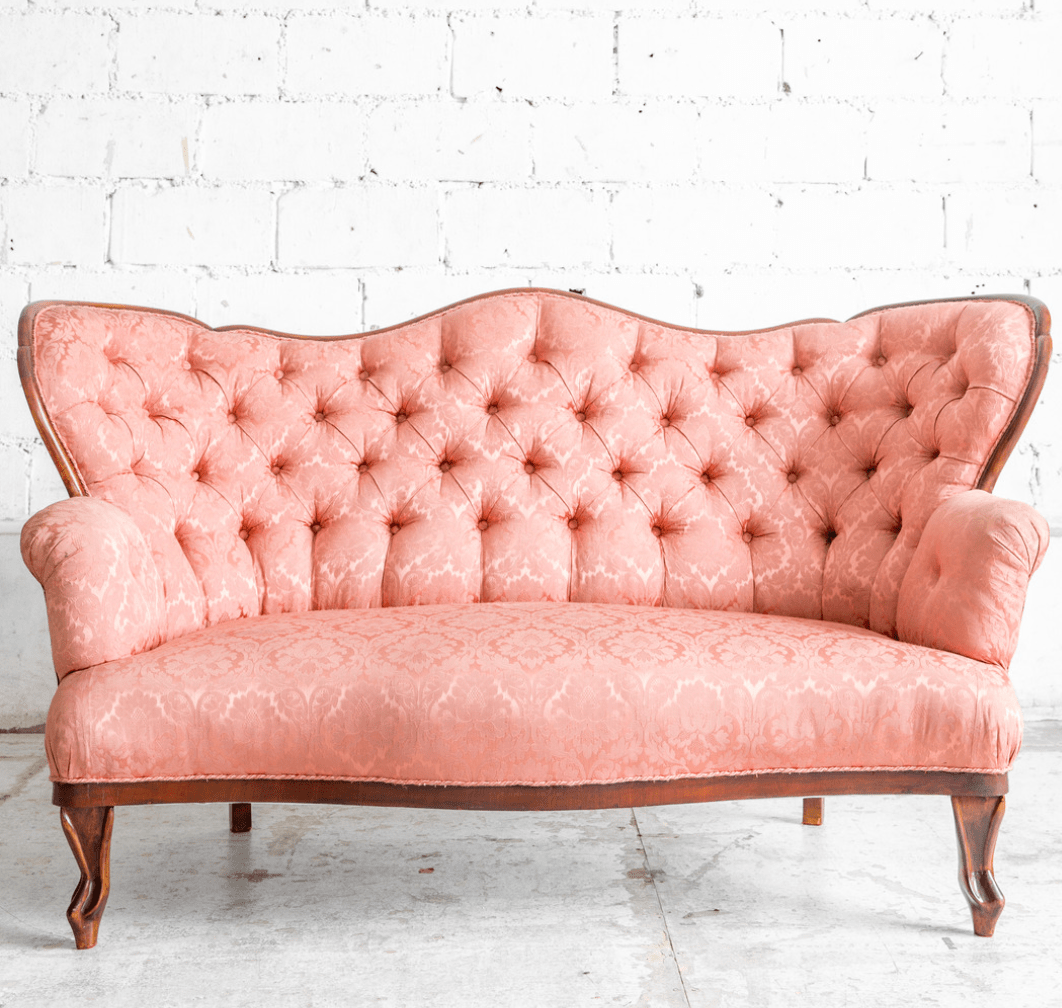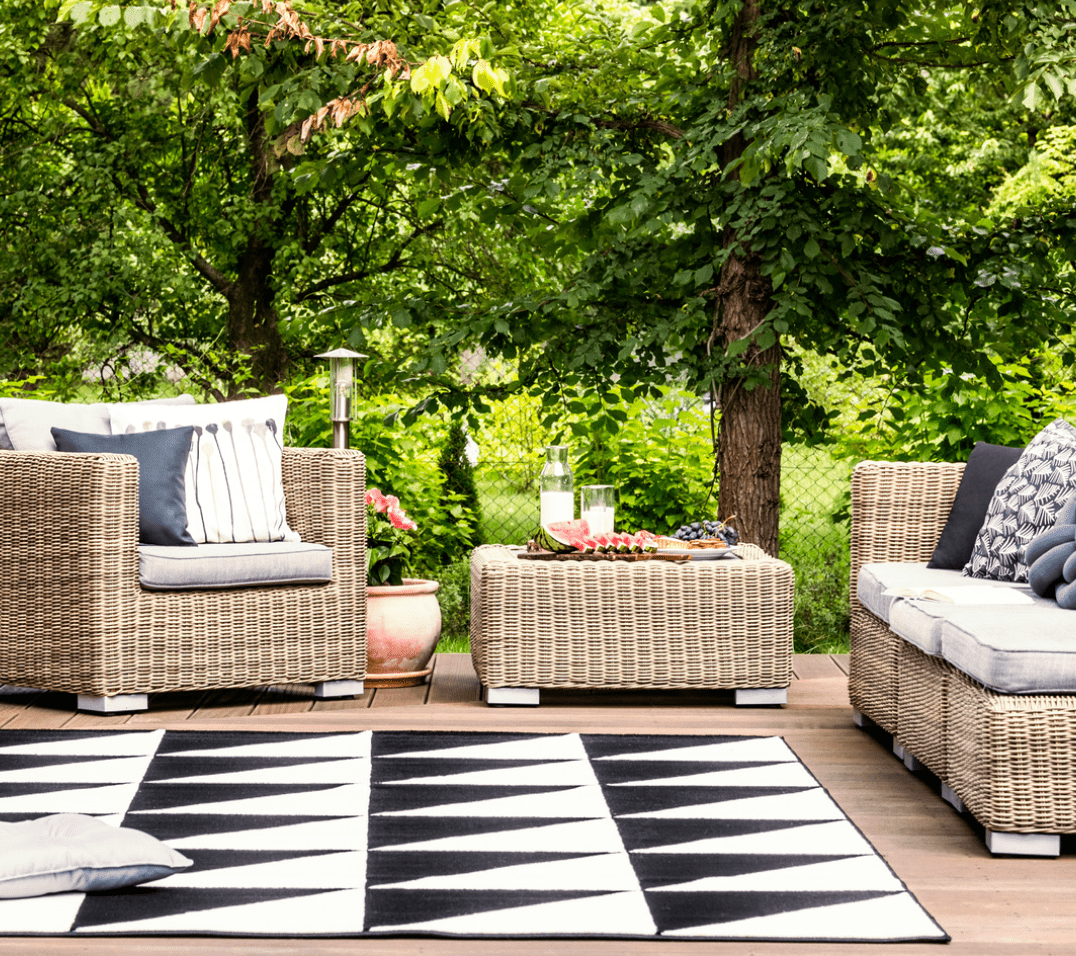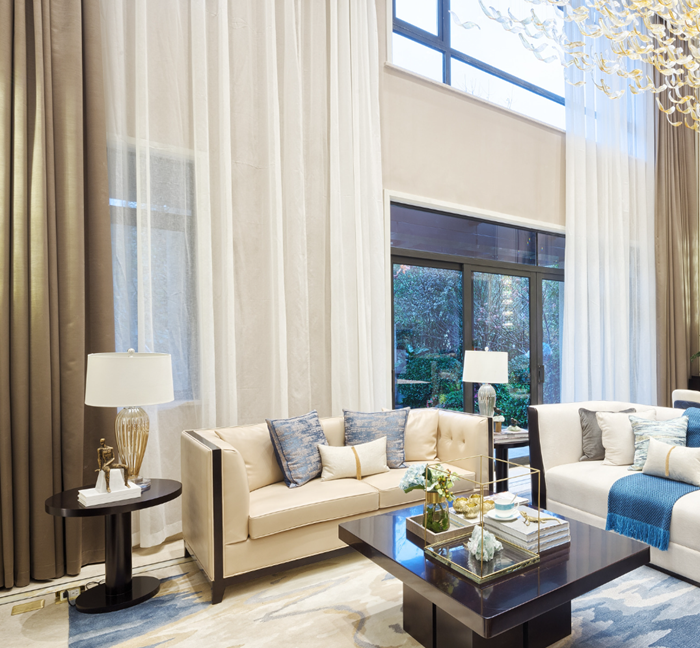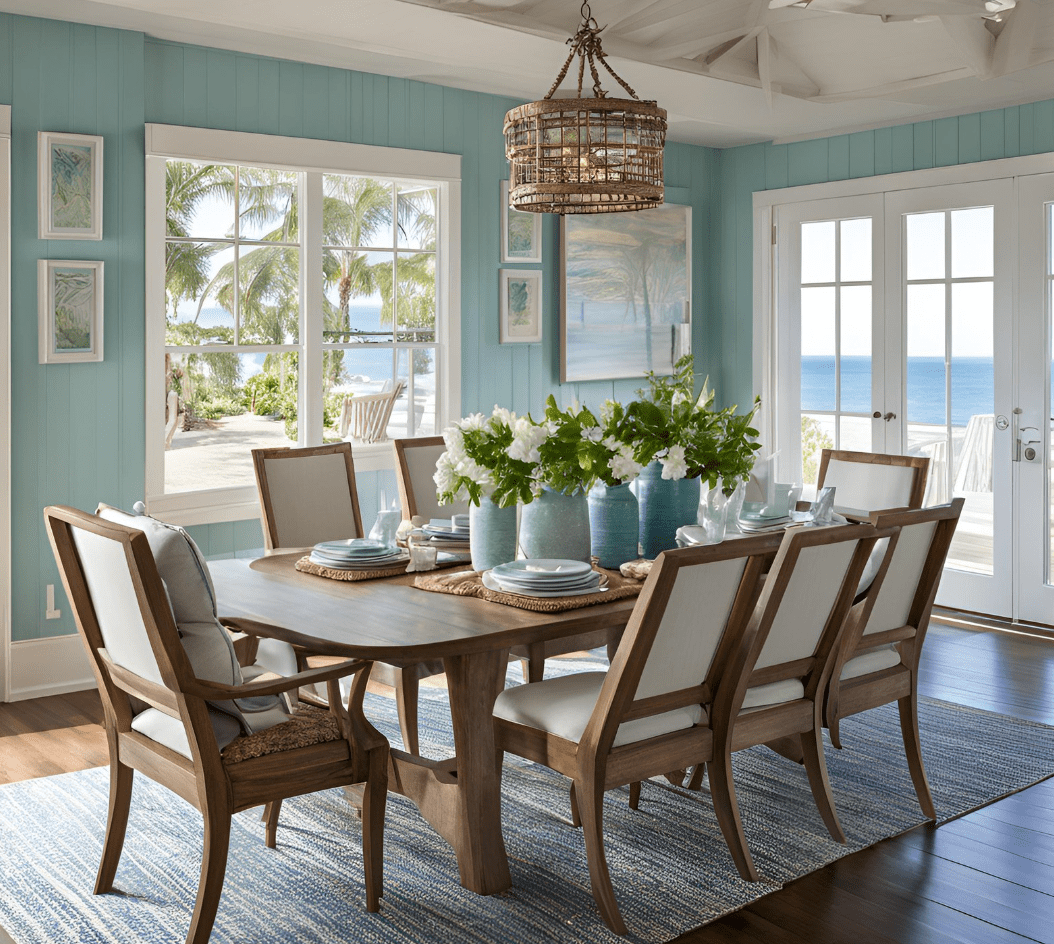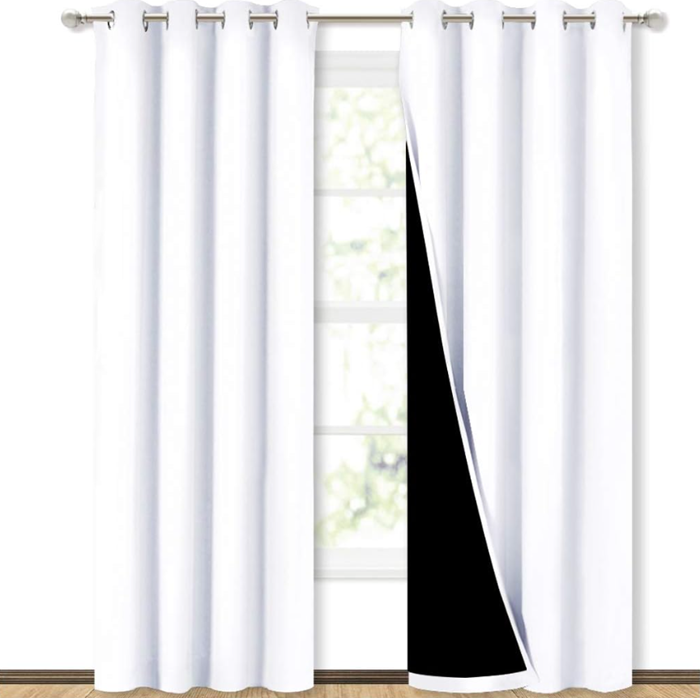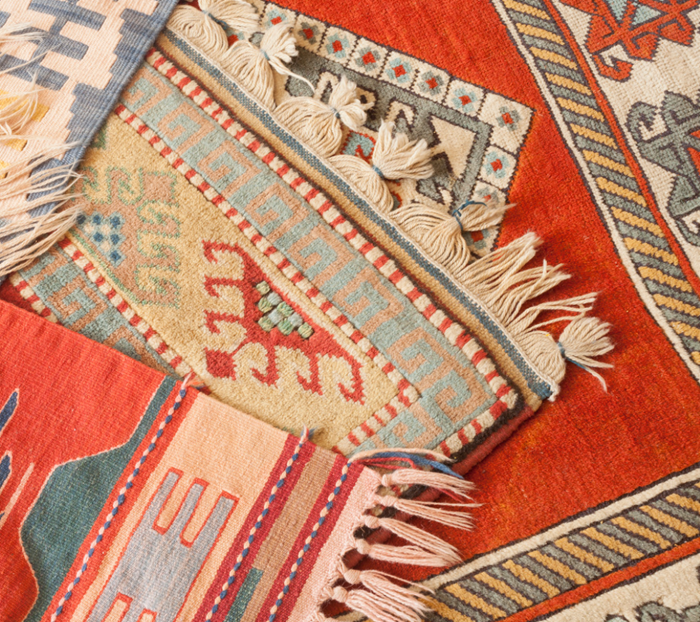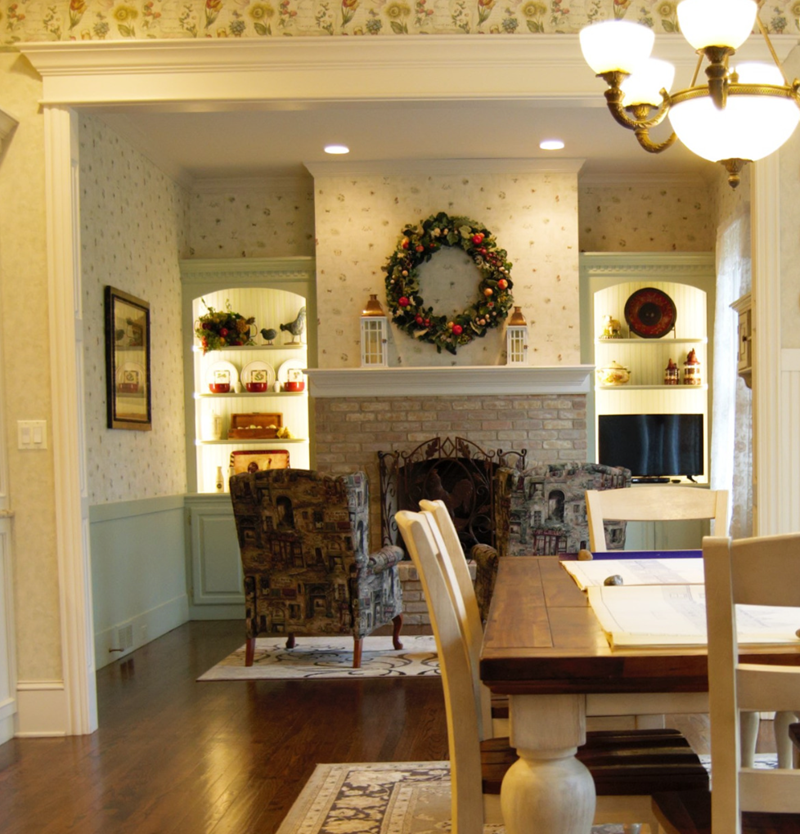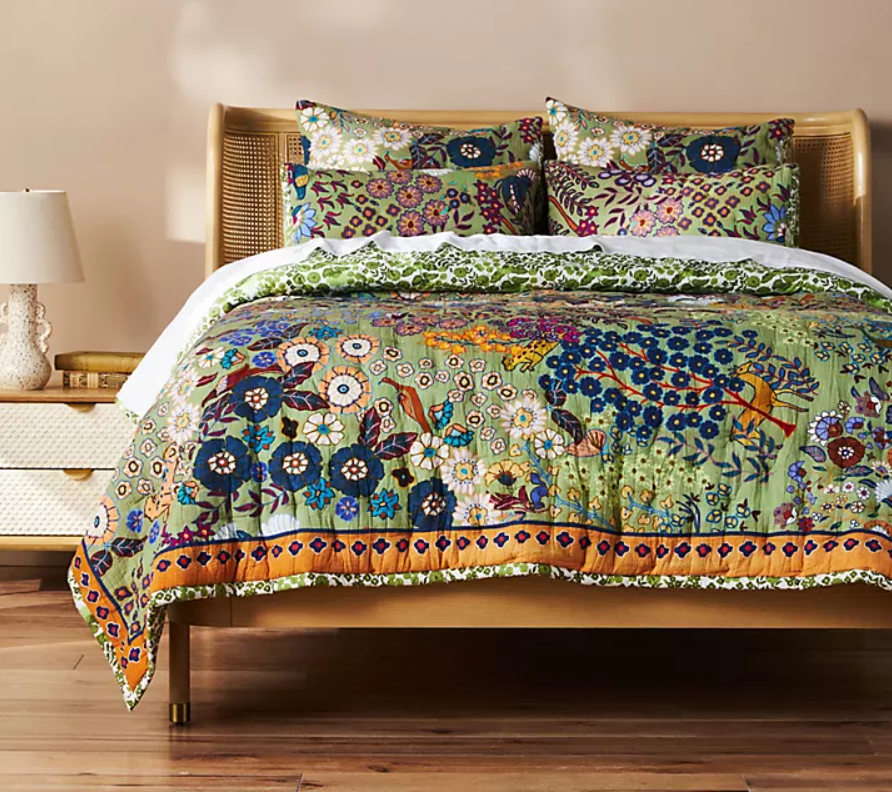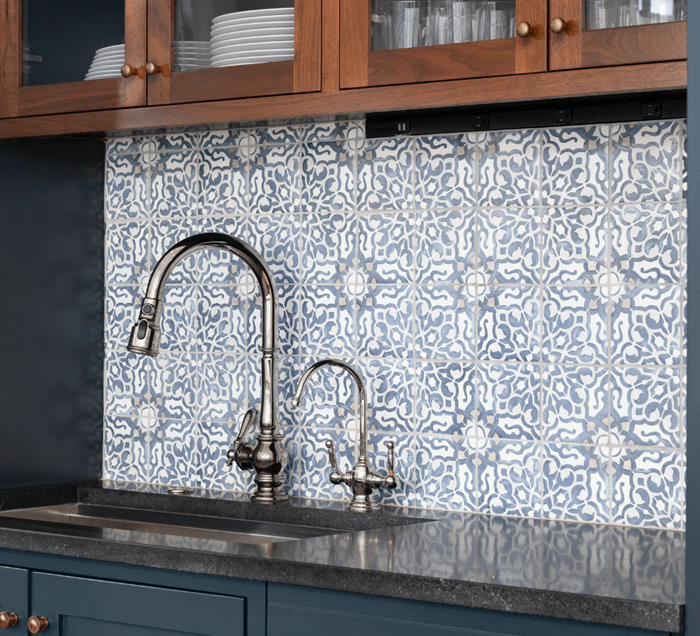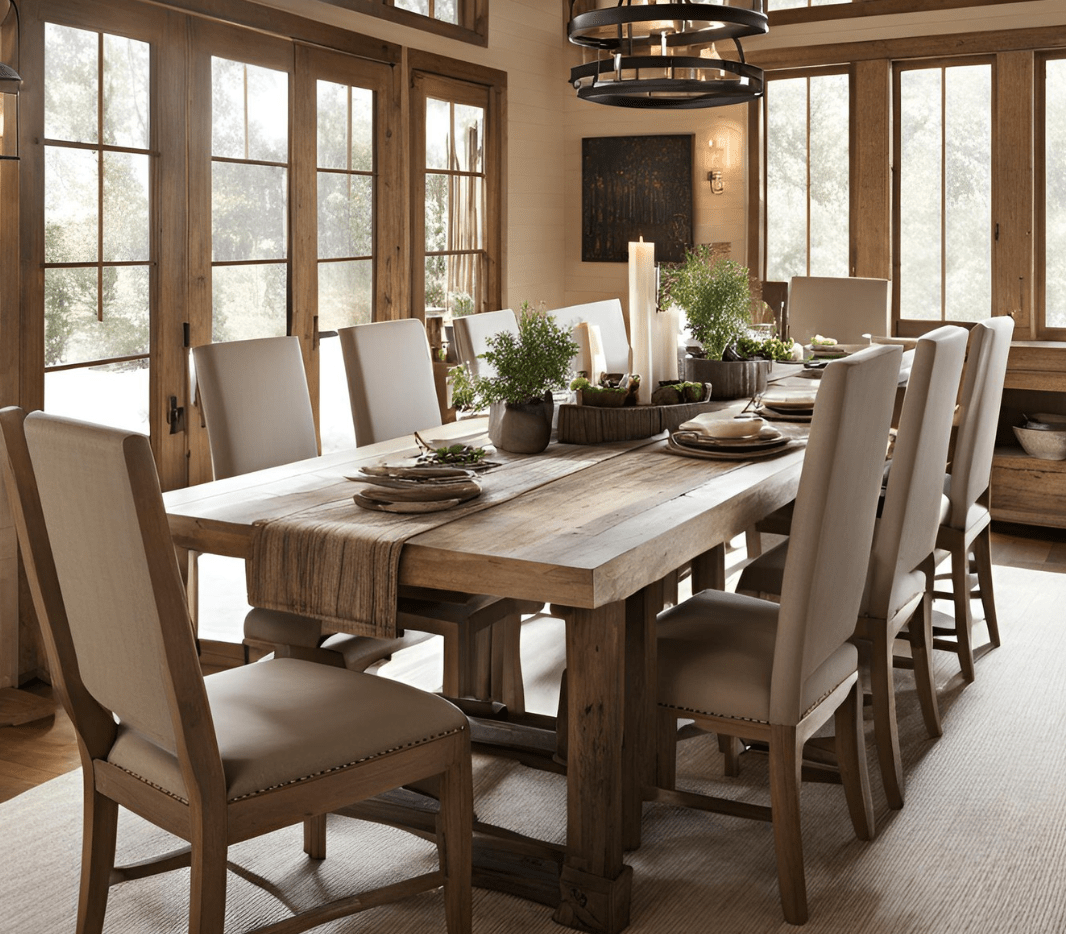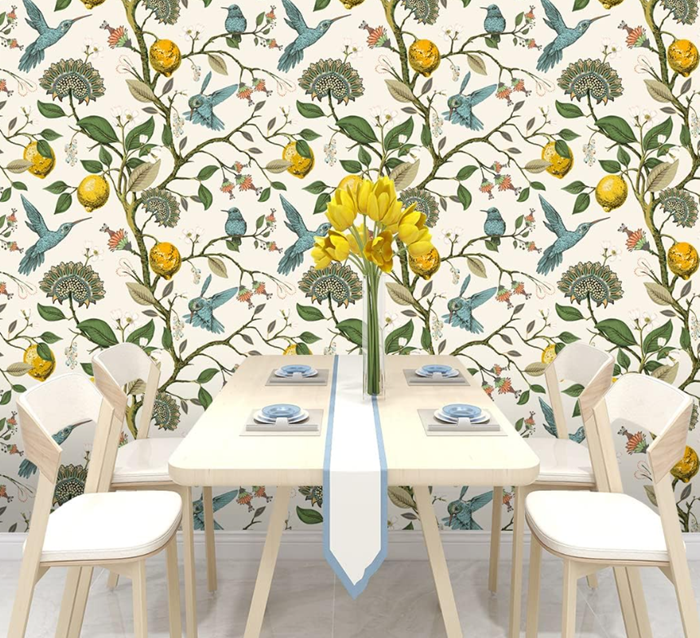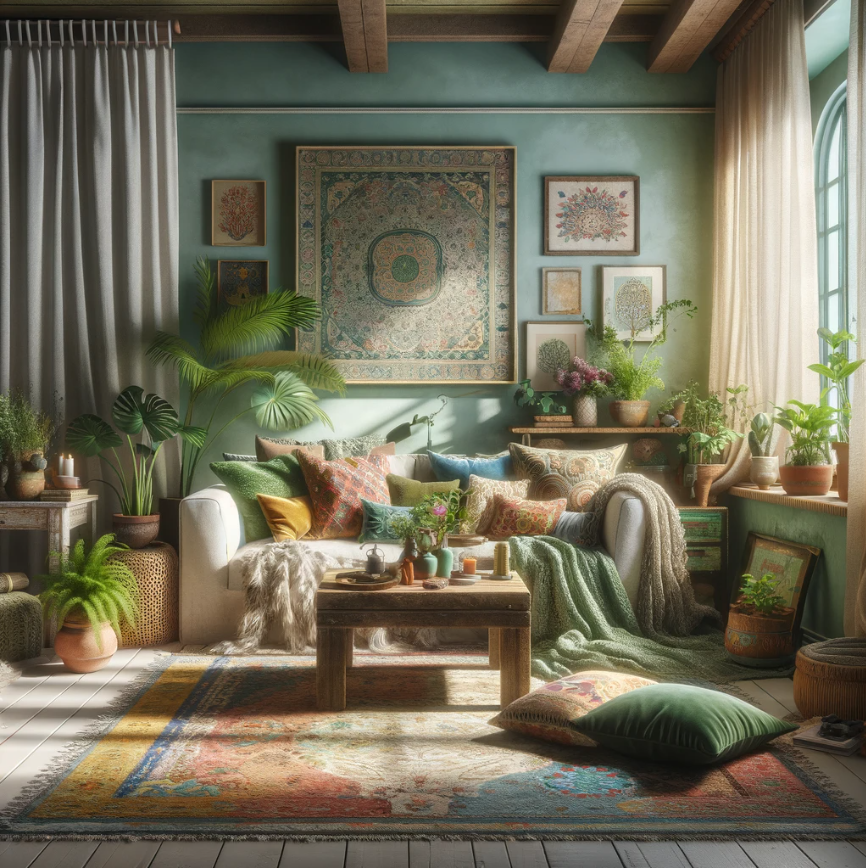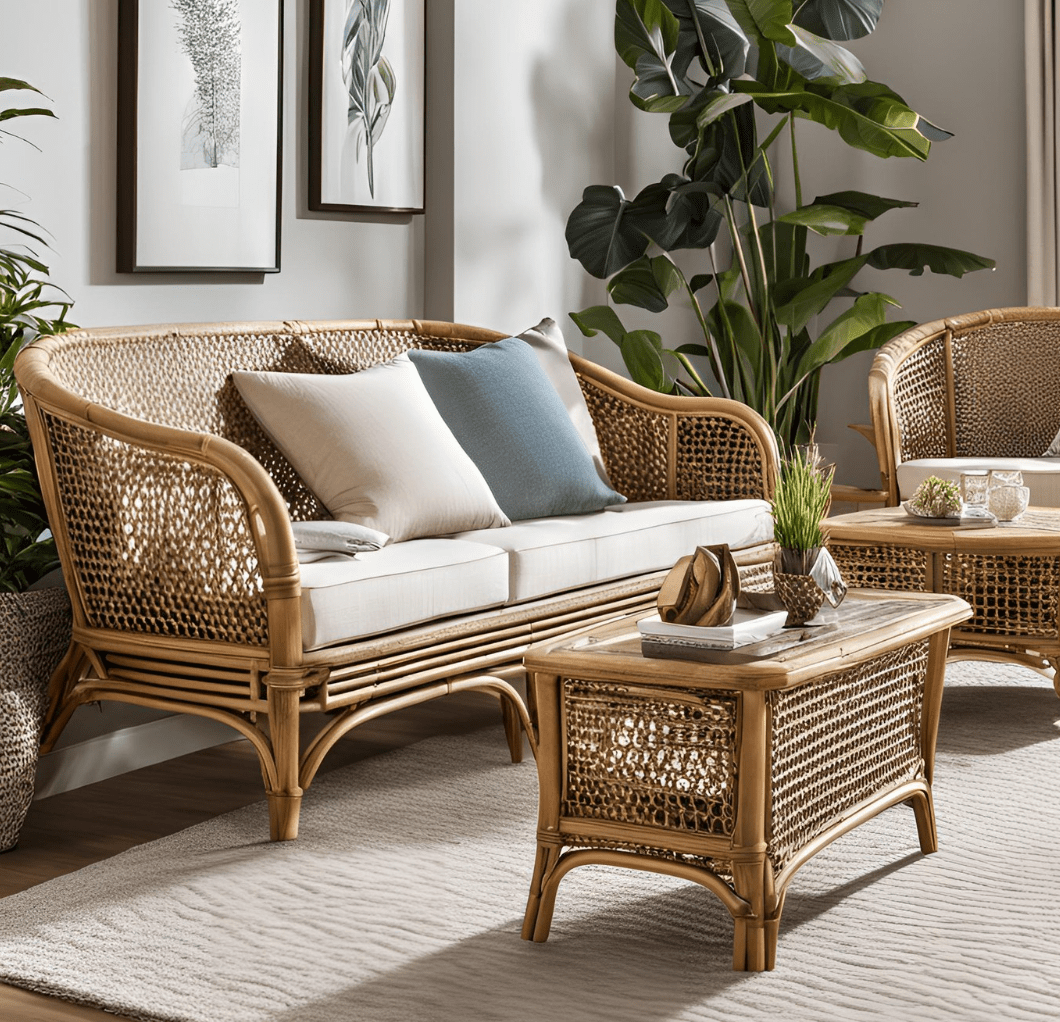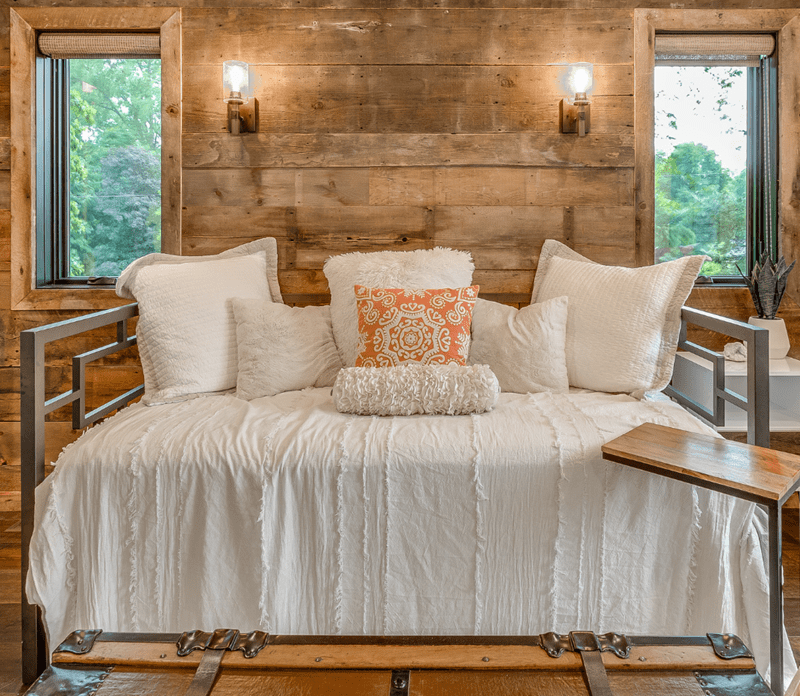
Many people often find themselves confused between rugs and carpets when choosing floor coverings. While they may seem similar at first glance, distinct differences set these two types of flooring apart.
Understanding the Distinction Between Rugs vs. Carpets
When it comes to floor coverings, there are two popular options: rugs and carpets. While they may seem similar at first glance, the two have distinct differences. Let’s explore the characteristics of rugs and carpets in more detail to better understand their unique qualities.
Exploring the Characteristics of Rugs
Rugs, also known as area or throw rugs, are versatile floor coverings that add elegance and warmth to any room. Typically smaller than carpets, rugs are designed to be placed in specific room areas, providing visual interest and defining spaces.
One of the key features of rugs is their portability. Unlike carpets, rugs can be easily moved and rearranged, giving you the flexibility to change the look and feel of a room whenever you desire. This versatility especially benefits those who enjoy experimenting with different design elements and layouts.
Rugs are available in various shapes, styles, and materials, allowing you to customize your decor. From traditional Persian rugs to modern geometric designs, a rug suits every taste and aesthetic preference.
Weighing the Advantages of Rugs
Rugs offer numerous advantages that make them a popular choice for homeowners. First and foremost, rugs help to protect the underlying flooring, such as hardwood or tile, from damage caused by foot traffic, furniture, and spills. They act as a barrier that prevents scratches and stains, thus prolonging the life of your expensive flooring.
Additionally, rugs help to absorb sound and reduce echo in a room, creating a more peaceful and cozy environment. They can also provide insulation by trapping heat during colder months and help to prevent heat loss through the floor, making your space more energy-efficient.
Furthermore, rugs can be a statement piece in your interior design. They can add texture, color, and pattern to a room, enhancing its aesthetic appeal. Whether you want to create a focal point or tie together different decor elements, a well-chosen rug can significantly impact you.
Considering the Drawbacks of Rugs
While rugs offer many benefits, consider the potential drawbacks as well. Because they are not permanently fixed to the floor, rugs are more prone to slipping and shifting, which can be a safety concern, especially for households with young children or elderly individuals. Using rug grips or non-slip pads can help mitigate this issue.
Another consideration is cleanliness. Rugs accumulate dust, dirt, and allergens more easily than carpets. Regular vacuuming and occasional deep cleaning are necessary to maintain cleanliness and indoor air quality. Furthermore, rugs may require professional cleaning for more stubborn stains or odors.
Despite these drawbacks, rugs’ versatility and aesthetic appeal make them a popular choice for many homeowners who want to add a touch of style and comfort to their living spaces.
Examining the Features of Carpets
Conversely, carpets cover the entire floor surface, creating a unified and seamless look. Made from tightly woven fibers, carpets provide comfort underfoot and offer a softer surface than hard flooring. They come in various colors, textures, and patterns, allowing you to find the perfect match for your aesthetic preferences.
One significant advantage of carpets is their ability to provide thermal and acoustic insulation. Carpets act as a natural insulator, helping to keep your home warm during colder seasons and reducing noise transmission between floors. This can contribute to a more comfortable and peaceful living environment.
Carpets also offer a level of durability that rugs may not provide. They are designed to withstand heavy foot traffic and wear, making them suitable for high-traffic areas such as living rooms and hallways. Additionally, carpets can effectively conceal subfloor imperfections, creating a smoother surface.
Evaluating the Benefits of Carpets
Carpets offer several benefits that make them an attractive choice for many homeowners. One of the primary advantages is their durability. Carpets are designed to withstand heavy foot traffic and wear, making them suitable for high-traffic areas such as living rooms and hallways. Additionally, they can effectively conceal subfloor imperfections, creating a smoother surface.
Moreover, carpets provide a sense of coziness and can enhance the overall aesthetic appeal of a room. They add warmth and comfort, making your space inviting and homely. Carpets also have sound-absorbing properties, which can minimize echo and create a quieter ambiance.
Furthermore, carpets offer a wide range of options regarding colors, patterns, and textures. Whether you prefer a plush, luxurious carpet or a more practical and stain-resistant option, a carpet suits every style and budget.
Identifying the Downsides of Carpets
While carpets offer numerous advantages, there are a few disadvantages to remember. One notable drawback is their susceptibility to stains and spills. Unlike rugs, which can be easily removed for cleaning, carpets require more effort to maintain and may necessitate professional cleaning for deep stains or odors.
Additionally, carpets can harbor allergens such as dust mites, pet dander, and pollen if not properly maintained. Regular vacuuming and periodic deep cleaning are essential to keep carpets clean and allergen-free, particularly for individuals with respiratory conditions or allergies.
Despite these drawbacks, carpets remain popular for homeowners who value comfort, durability, and a unified look throughout their living spaces.
The Bottom Line
Choosing between rugs and carpets ultimately depends on your specific needs, preferences, and the characteristics of your living space. Rugs offer versatility, easy customization, and portable design, while carpets provide a unified look, durability, and enhanced insulation.
Consider the size of your rooms, the level of foot traffic, and the maintenance requirements when deciding. Whether you opt for a rug or carpet, both these floor coverings can elevate the aesthetics of your home and provide comfort underfoot.
So, unravel the differences and choose the floor covering that best suits your style and practicality, transforming your space into a cozy sanctuary that reflects your unique personality.
FAQs
- What are the main differences between rugs and carpets?
- Rugs are versatile, often smaller floor coverings that can be moved and are not attached to the floor. Carpets, on the other hand, are fixed and cover the entire floor space wall-to-wall, offering a more uniform look and feel.
- How do I choose between a rug and a carpet for my home?
- Consider your room’s size, the desired aesthetic, maintenance requirements, and your budget. Rugs are great for adding style and can be changed easily, while carpets offer a more permanent solution and can be more insulating.
- Can rugs be used over carpets?
- Yes, rugs can be placed on top of carpets to add texture, define spaces, or introduce new color schemes. It’s important to choose a rug that complements the existing carpet to avoid a cluttered look.
- Are carpets or rugs easier to maintain?
- Generally, rugs are easier to maintain as they can be moved for cleaning, and many are machine washable. Carpets require professional cleaning for deep stains and are more challenging to replace if damaged.
- Which is more budget-friendly, rugs or carpets?
- Rugs typically offer a more budget-friendly option, especially for short-term or changing design needs. Carpets can be more costly initially but may be a more durable and long-term solution for entire rooms.
The Curated Showhouse
Our content is written by our team of experienced interior design experts.













